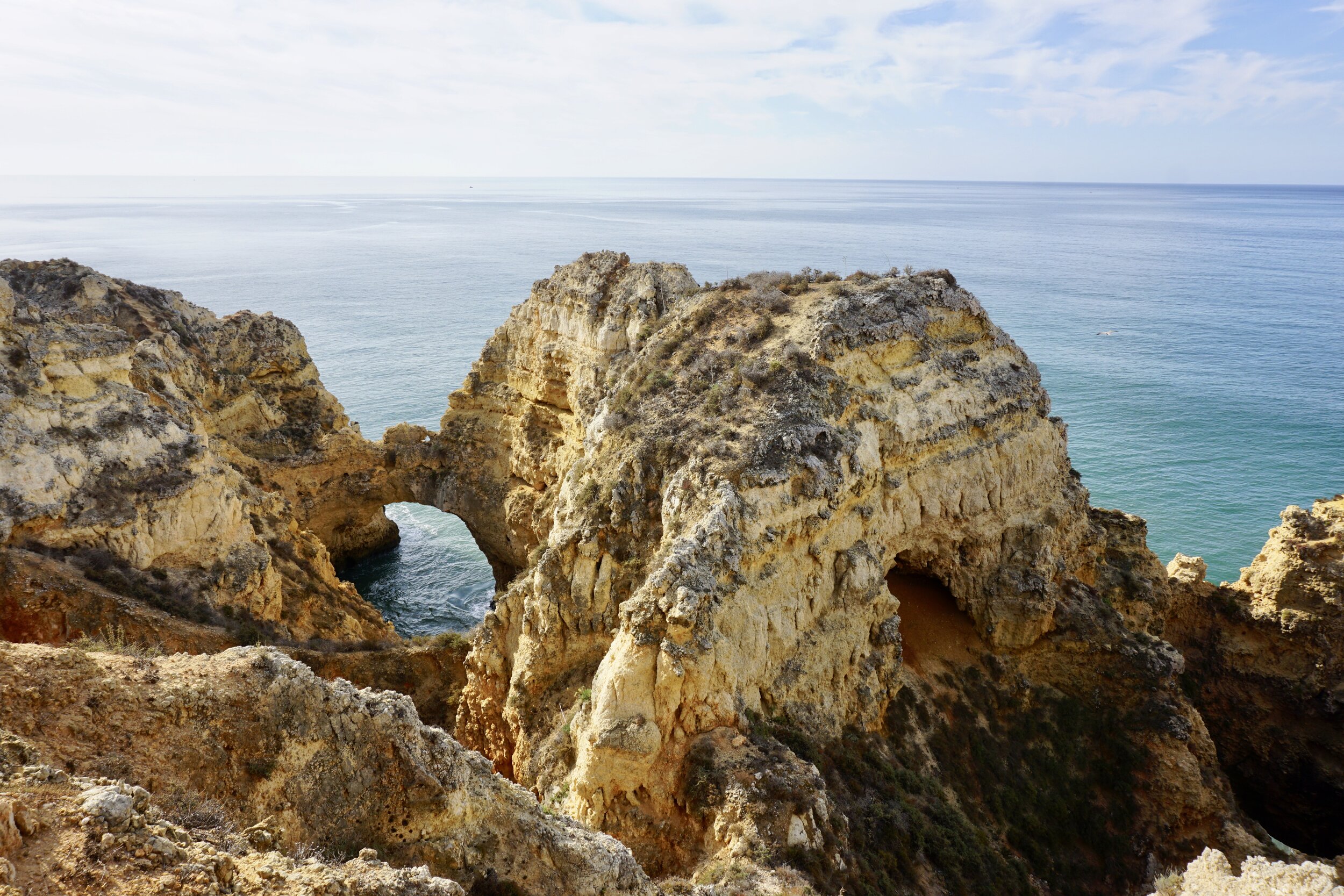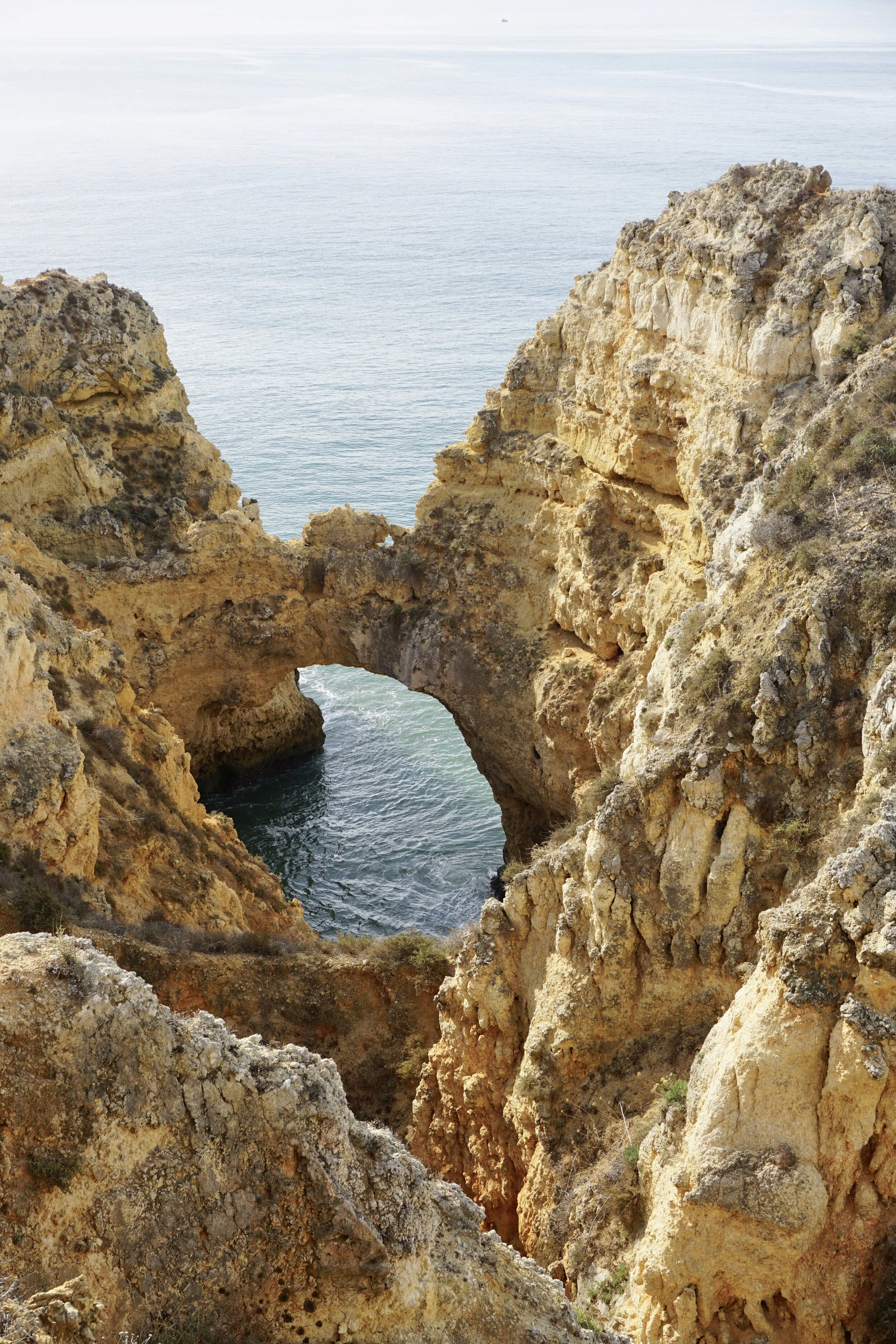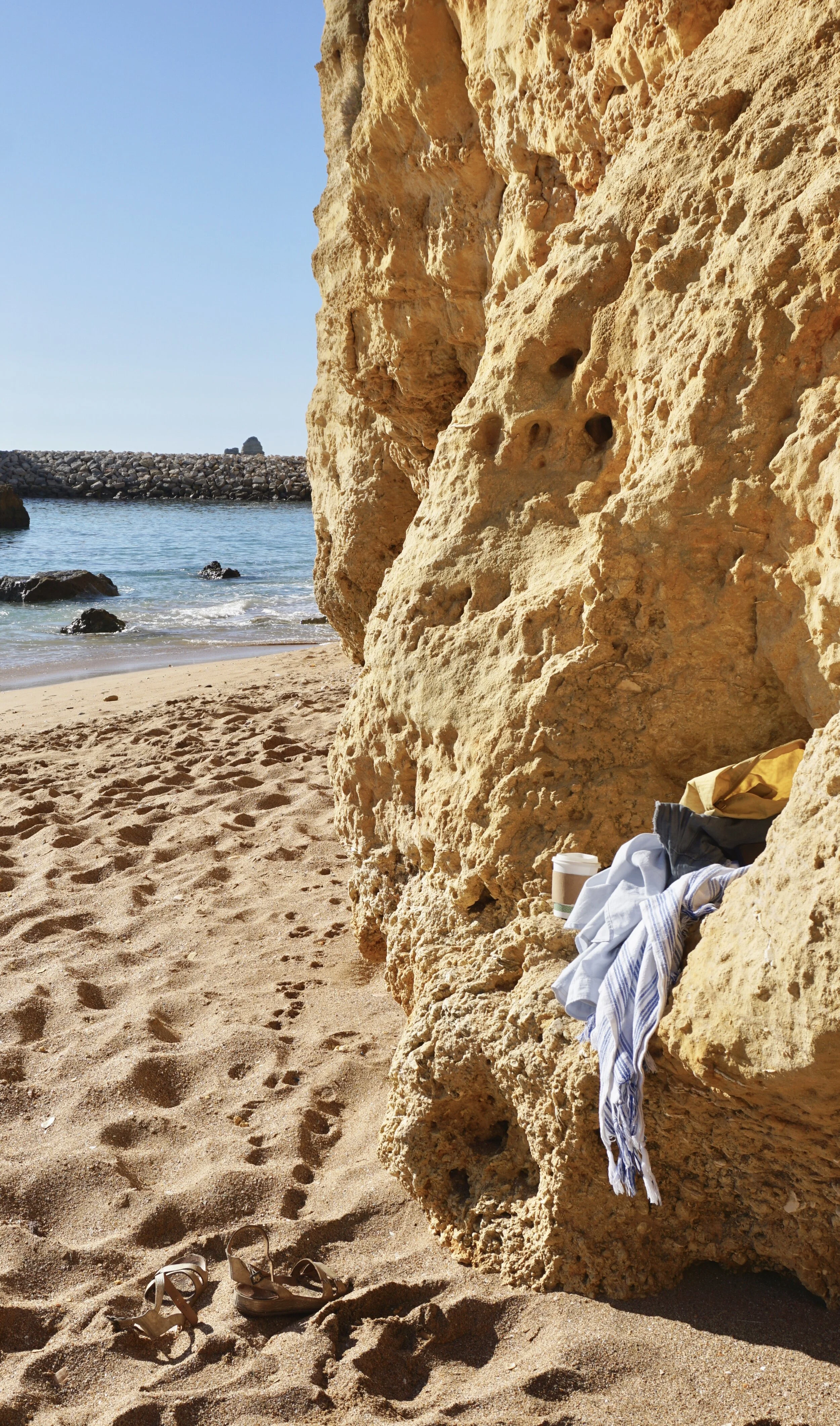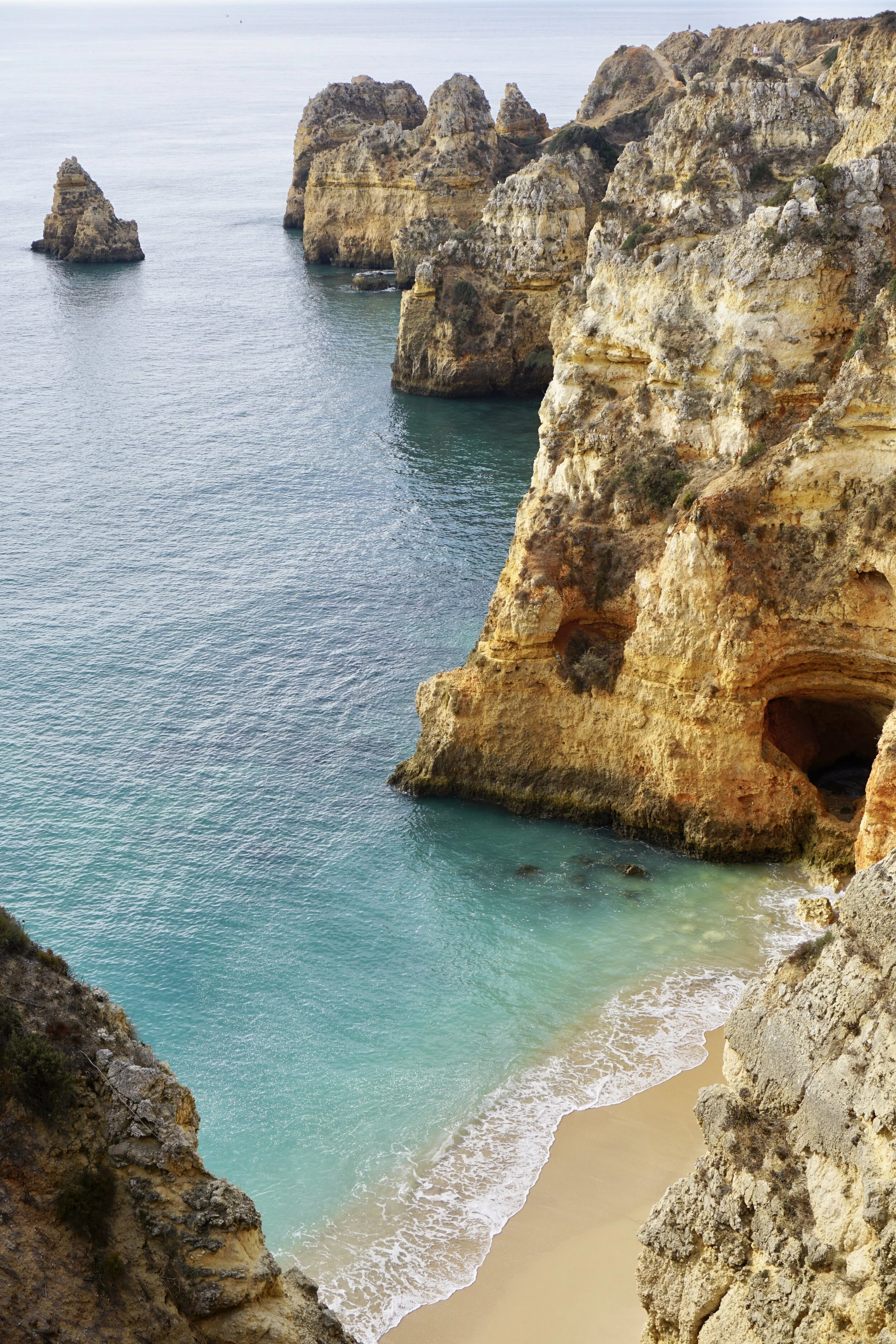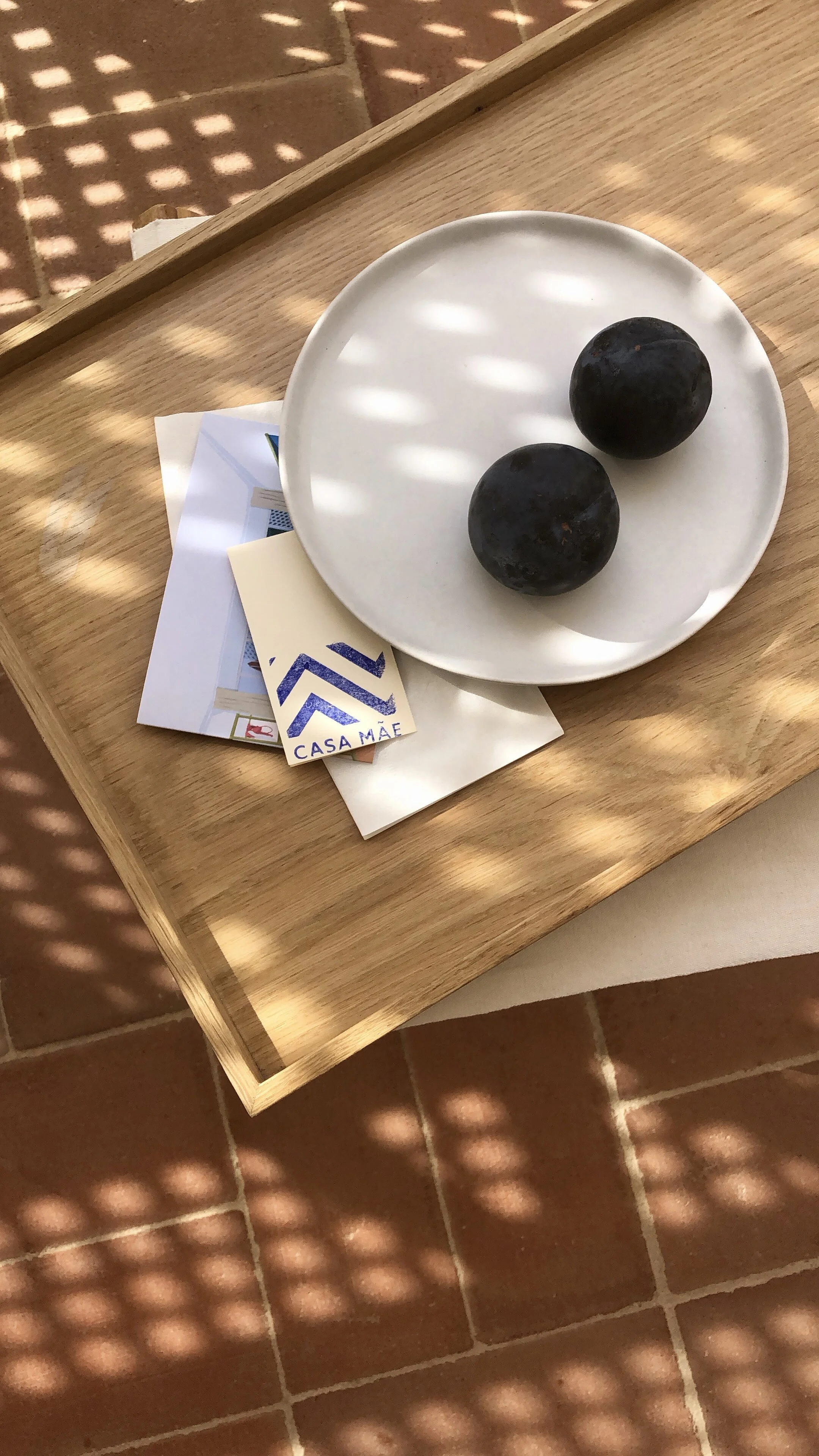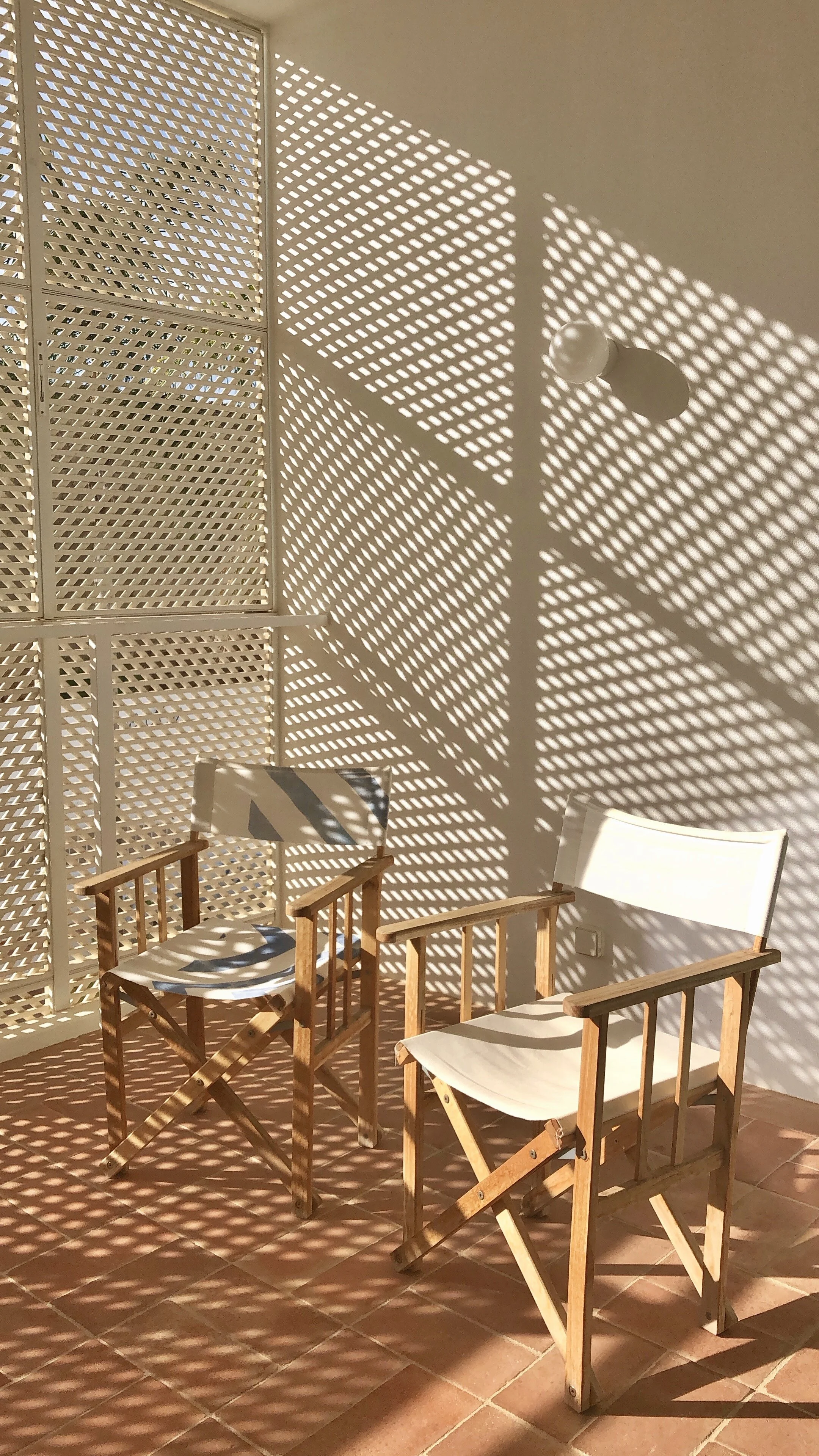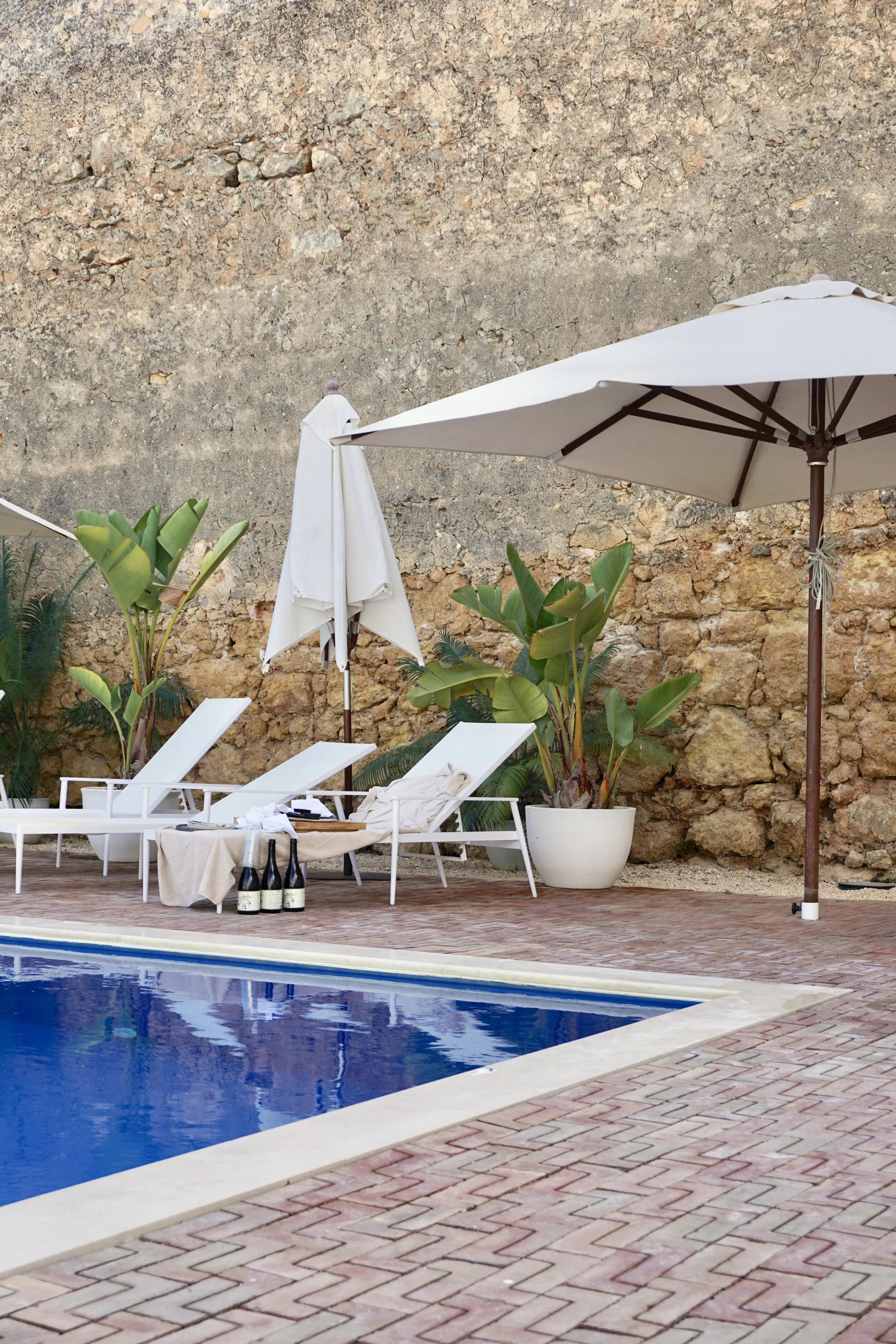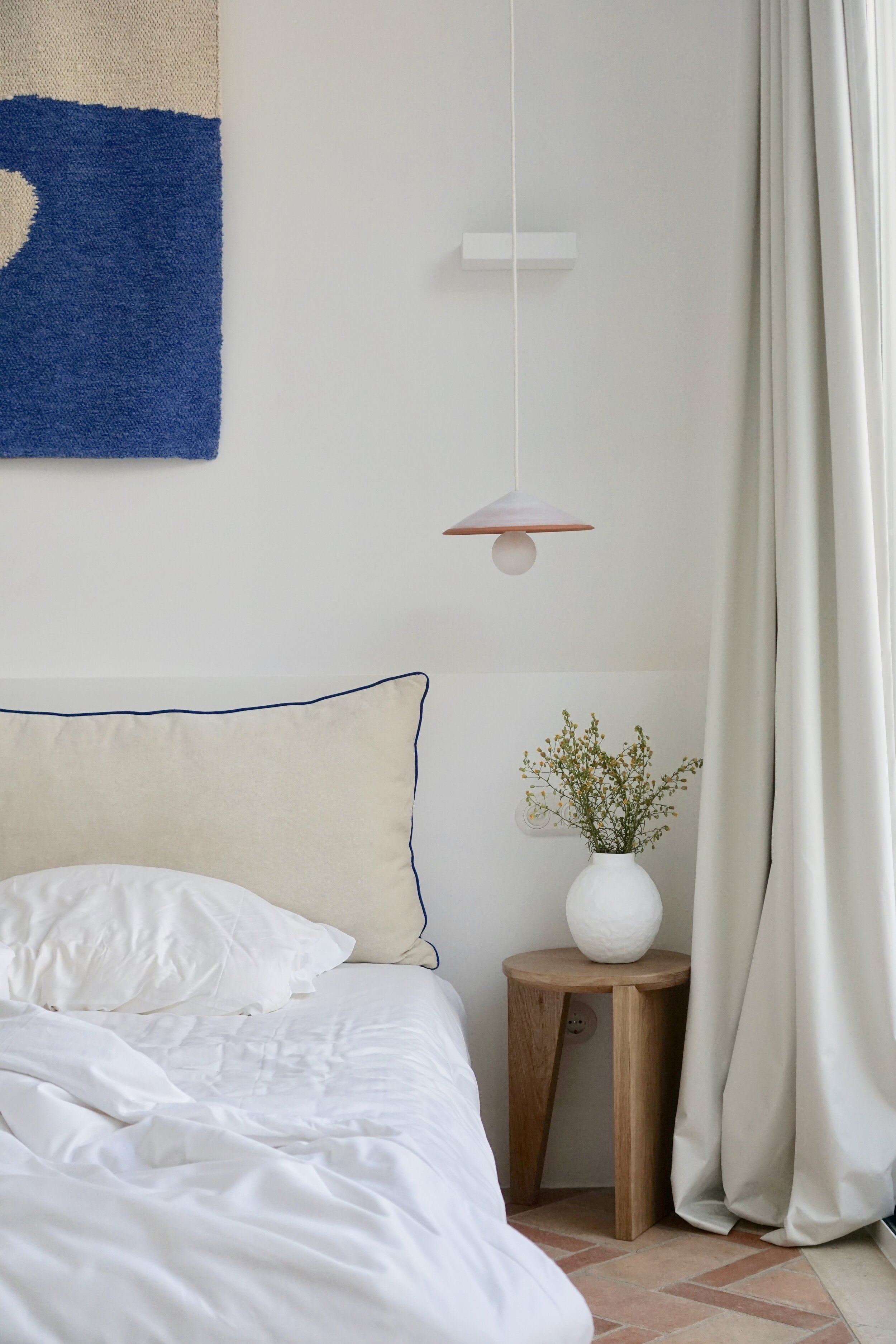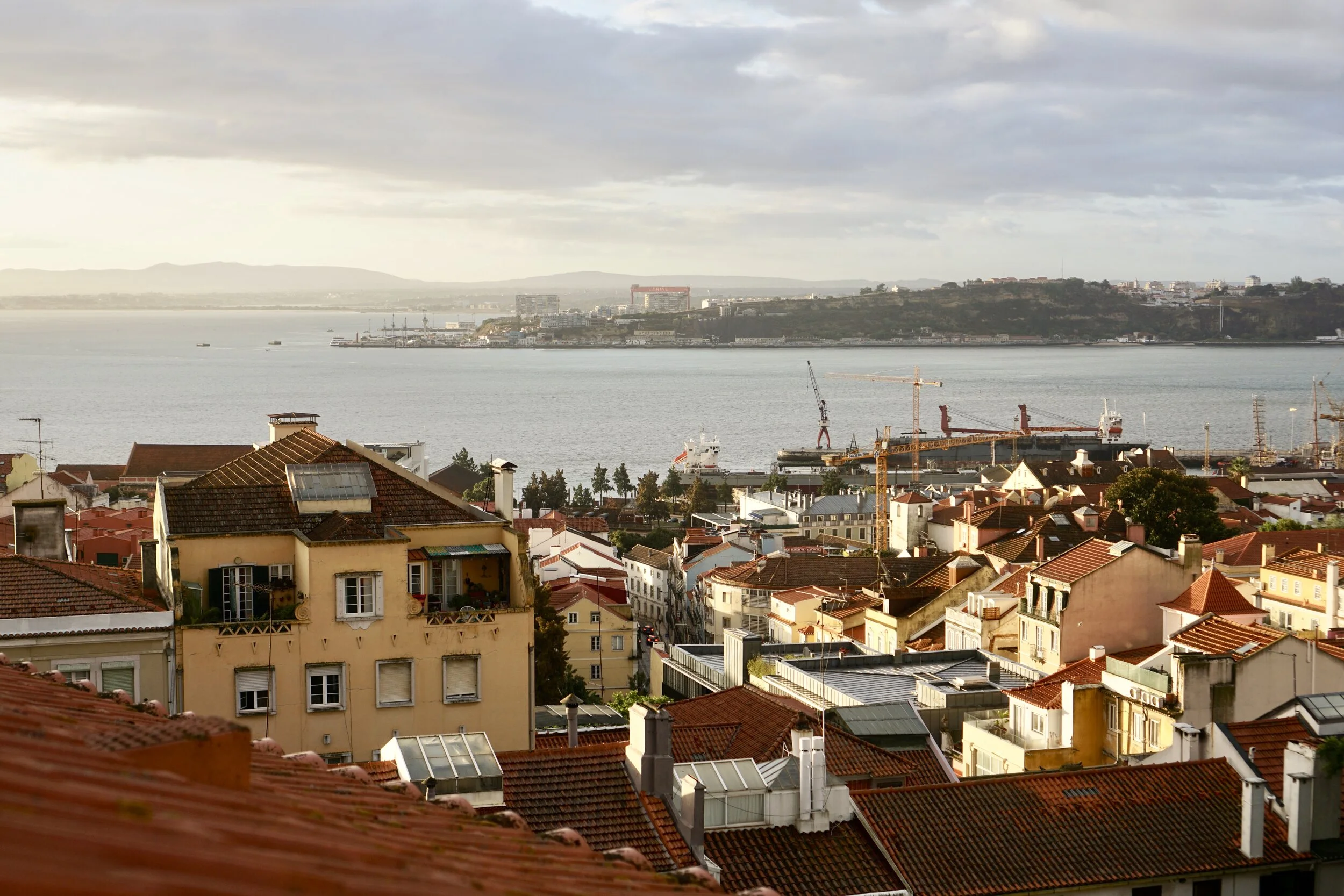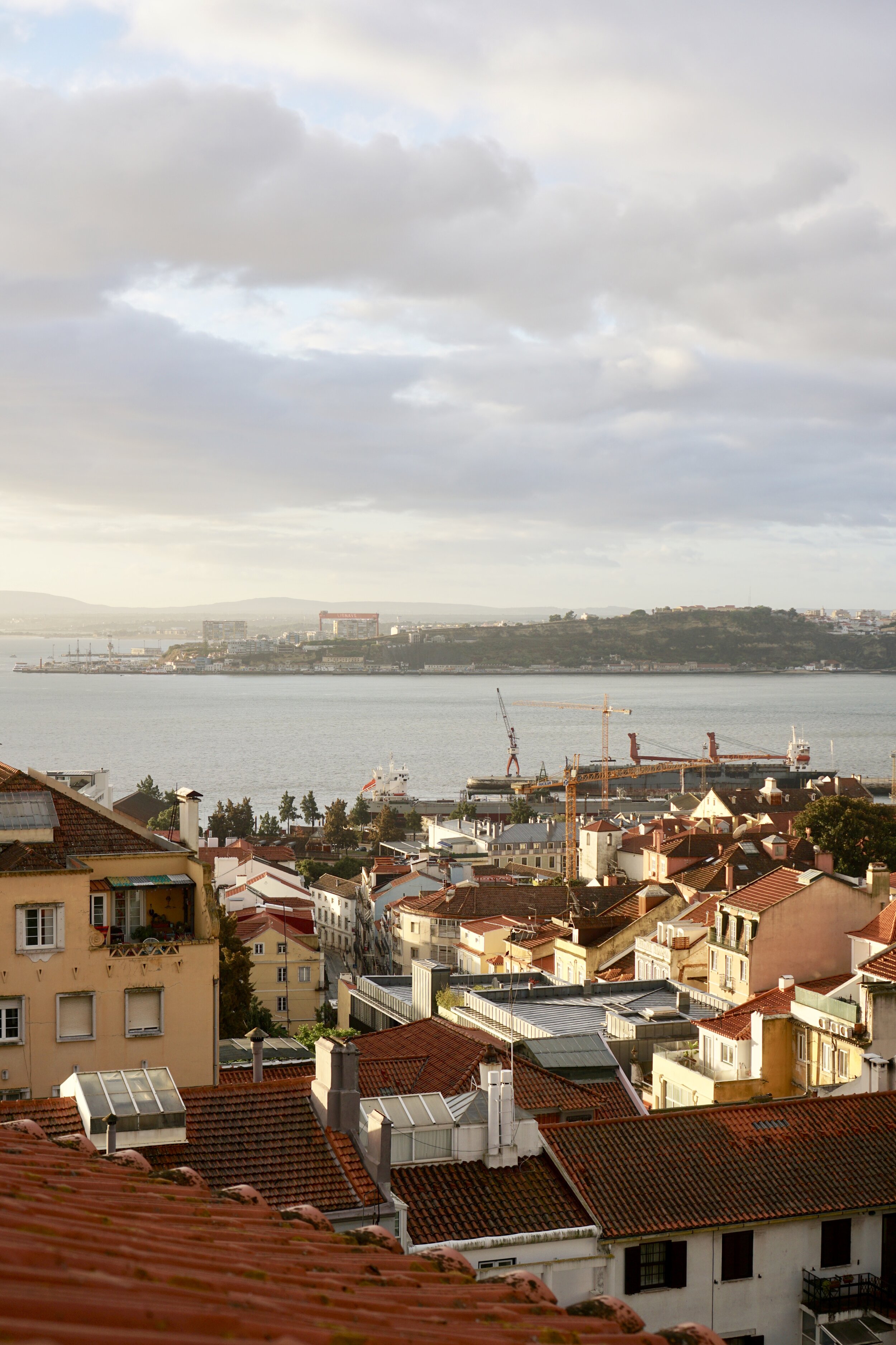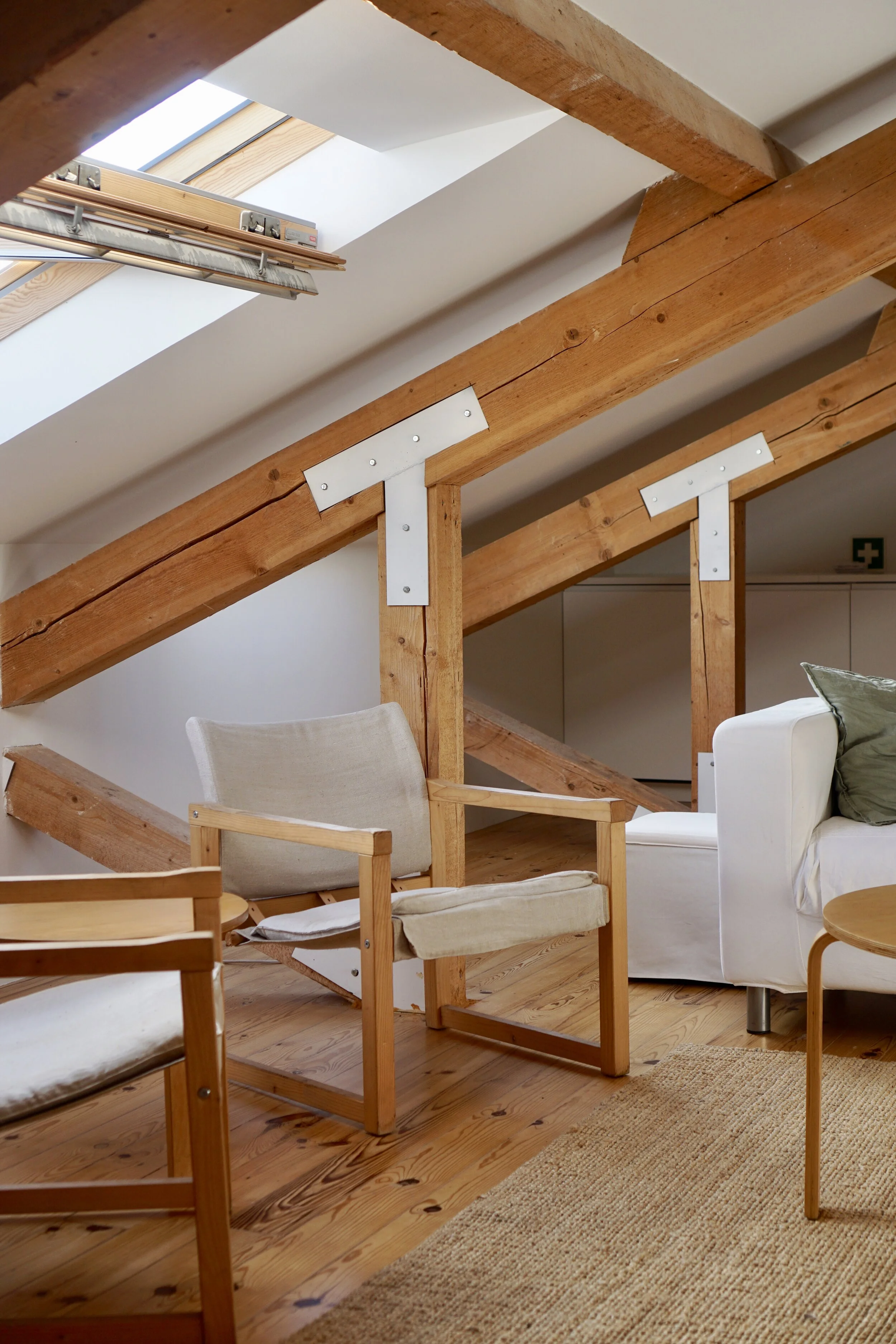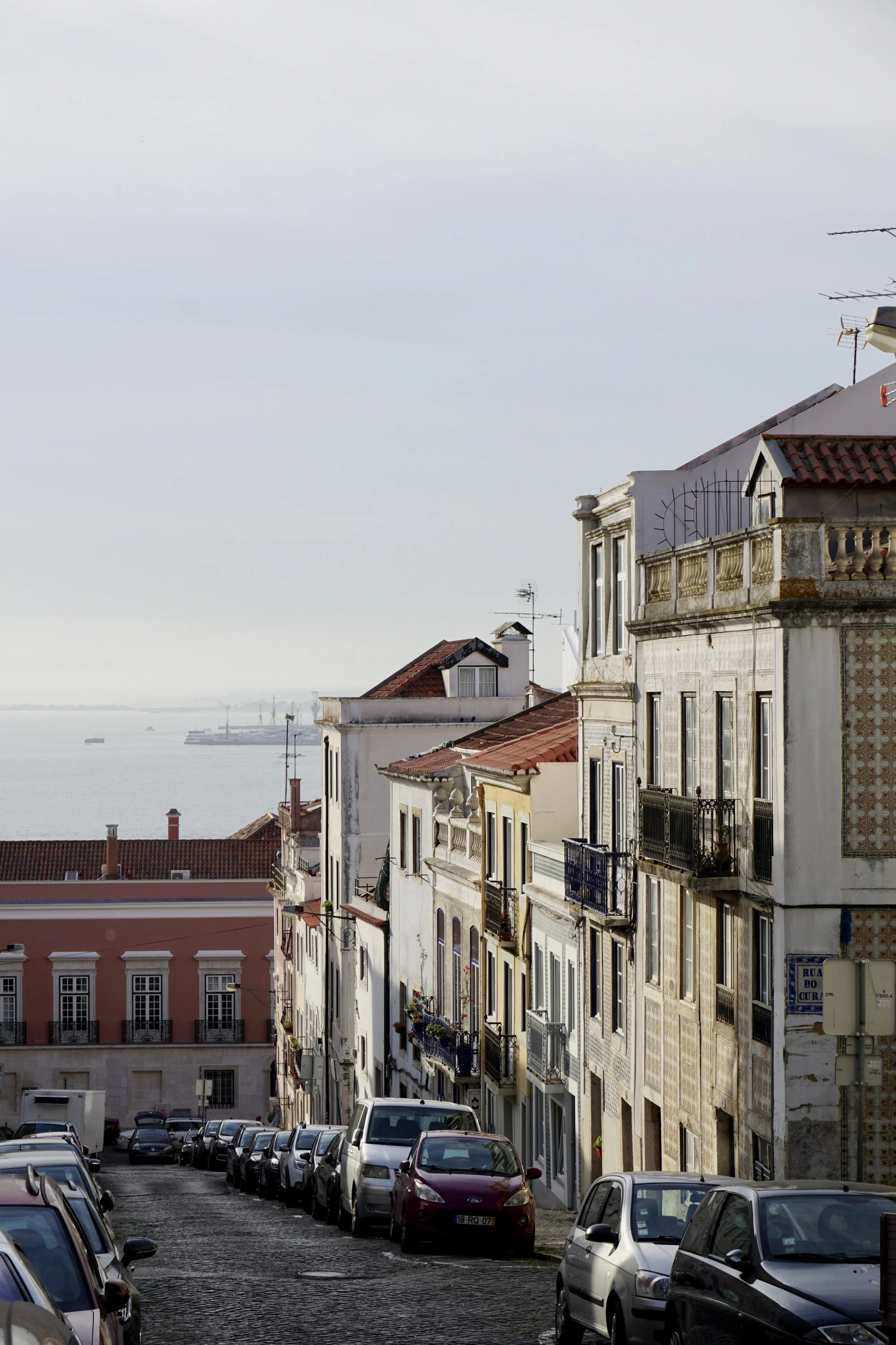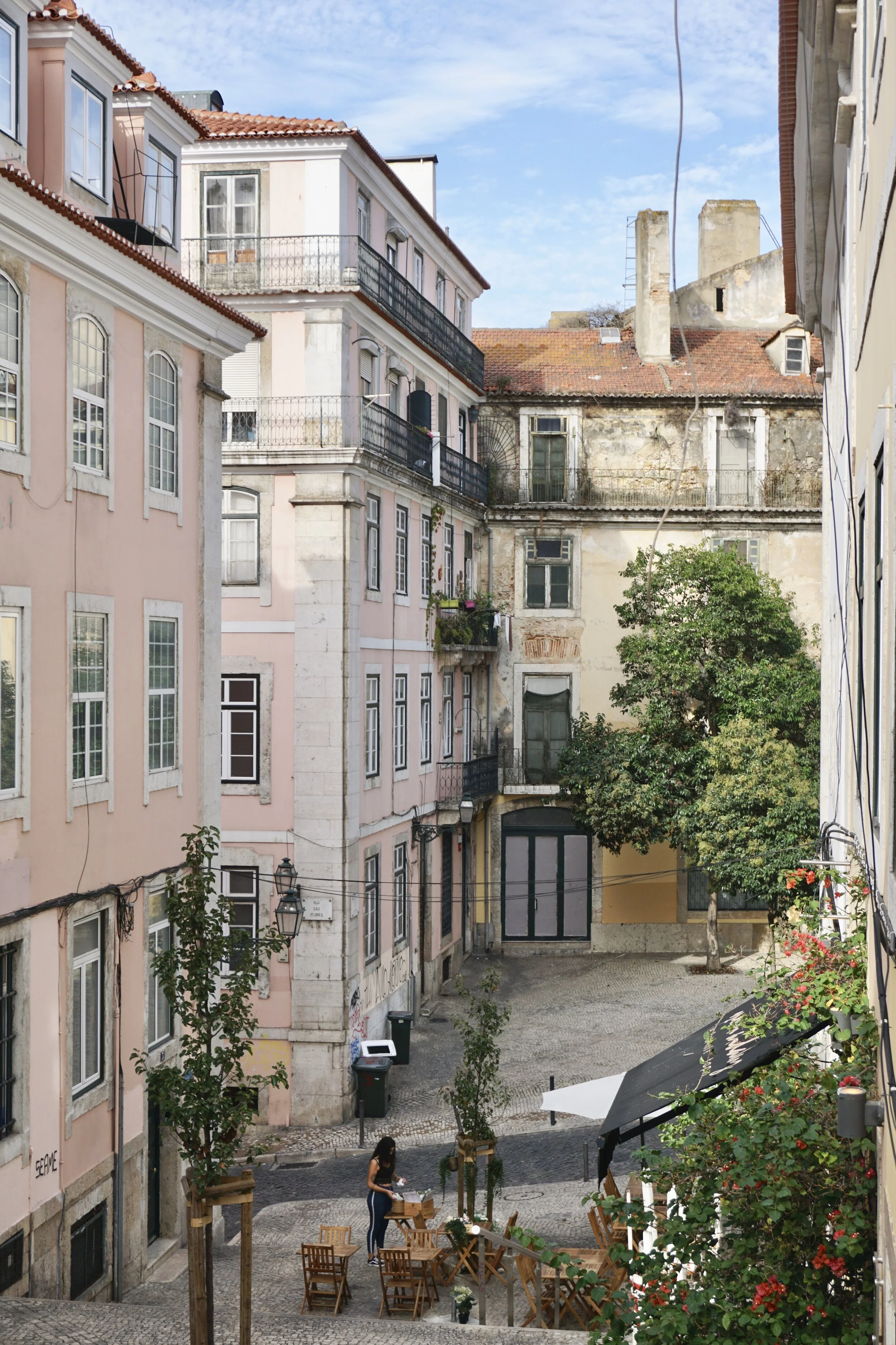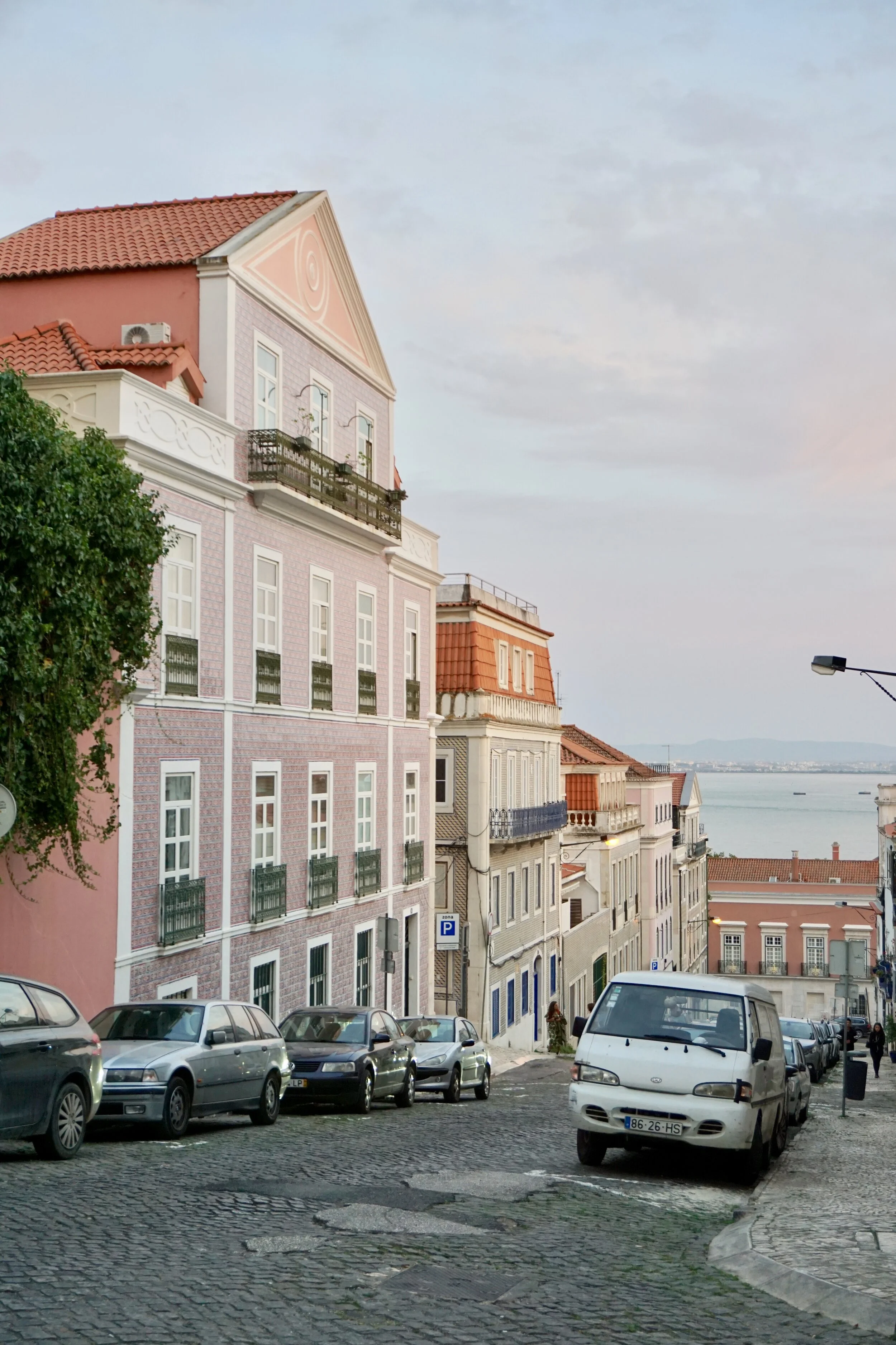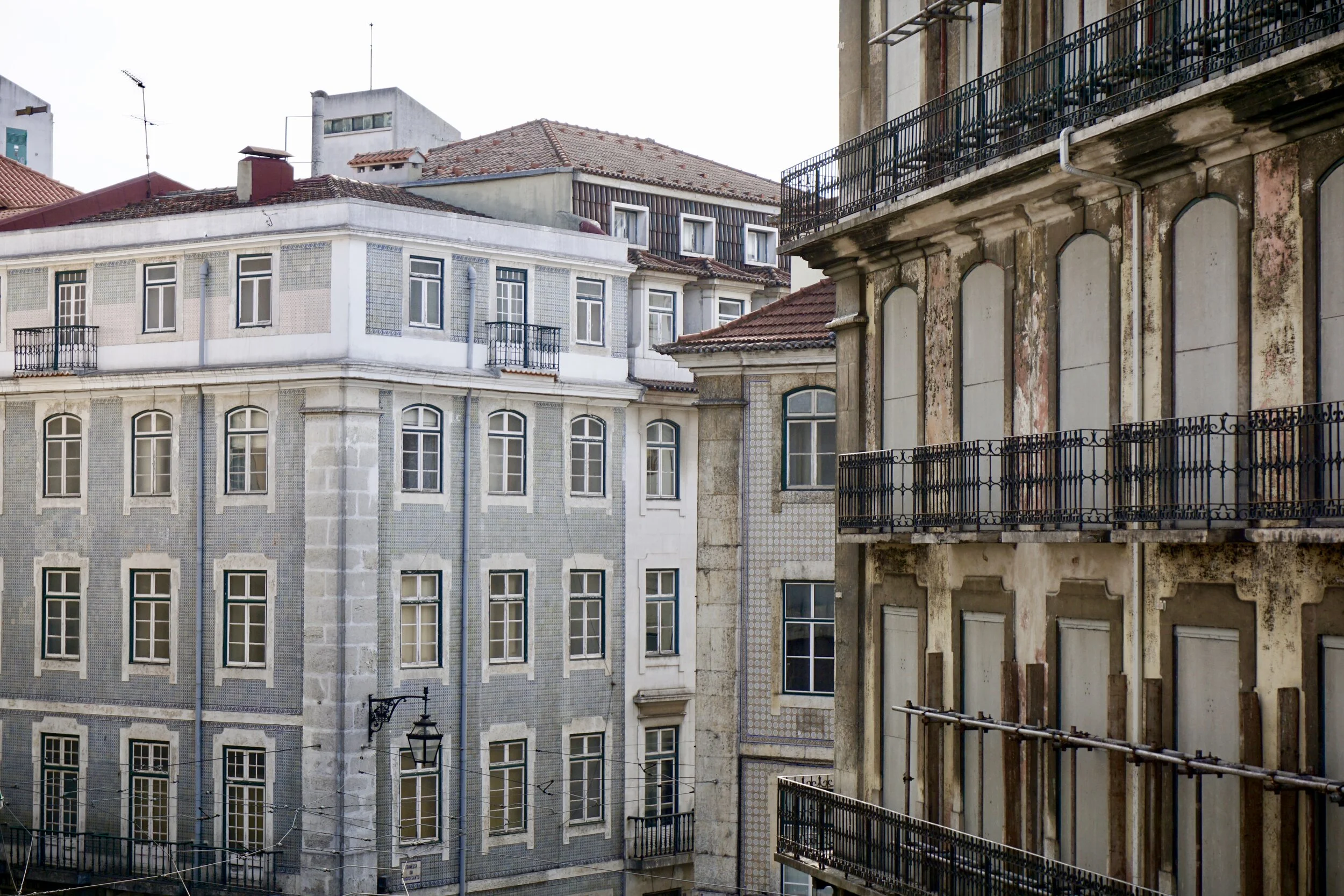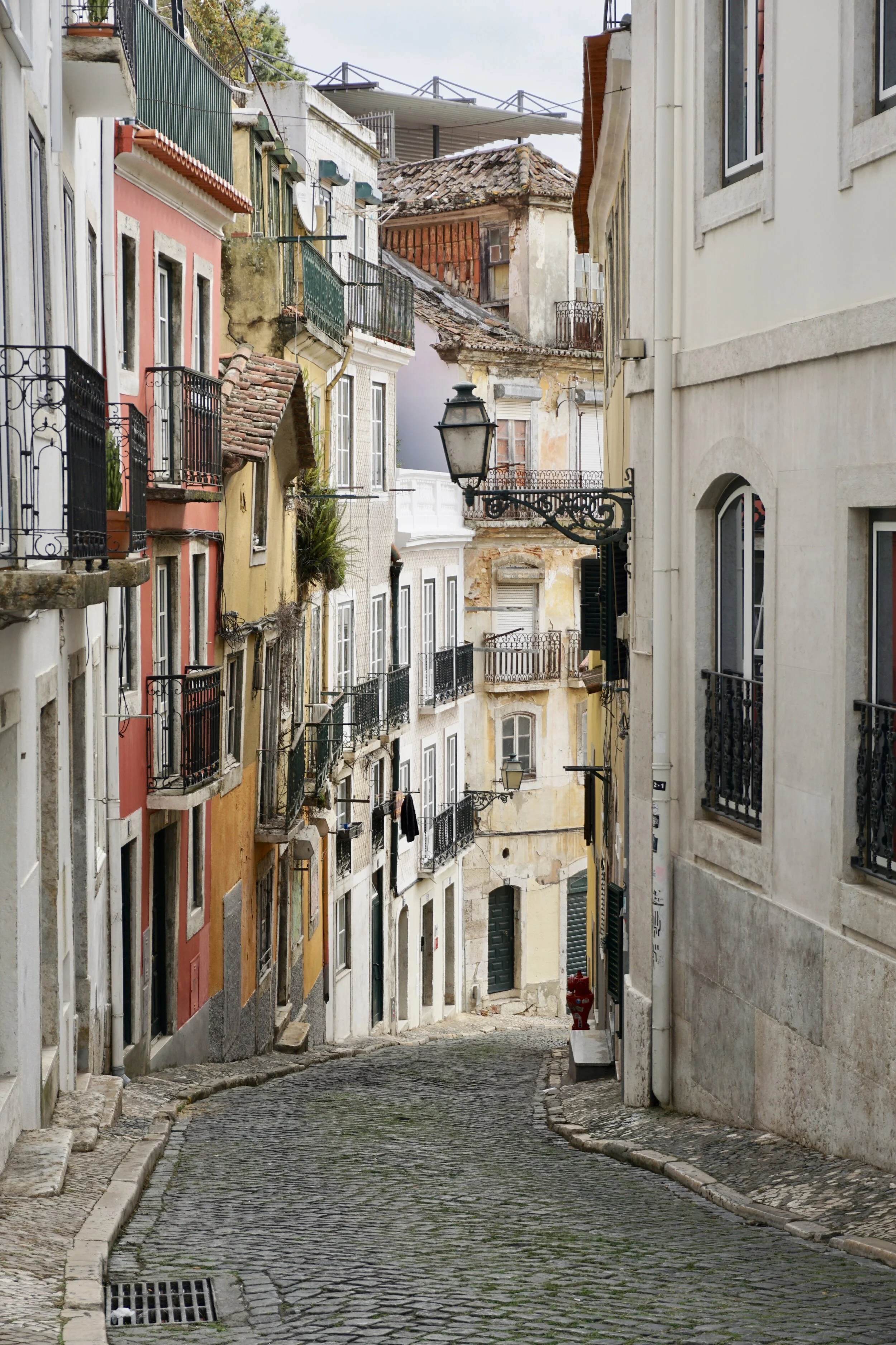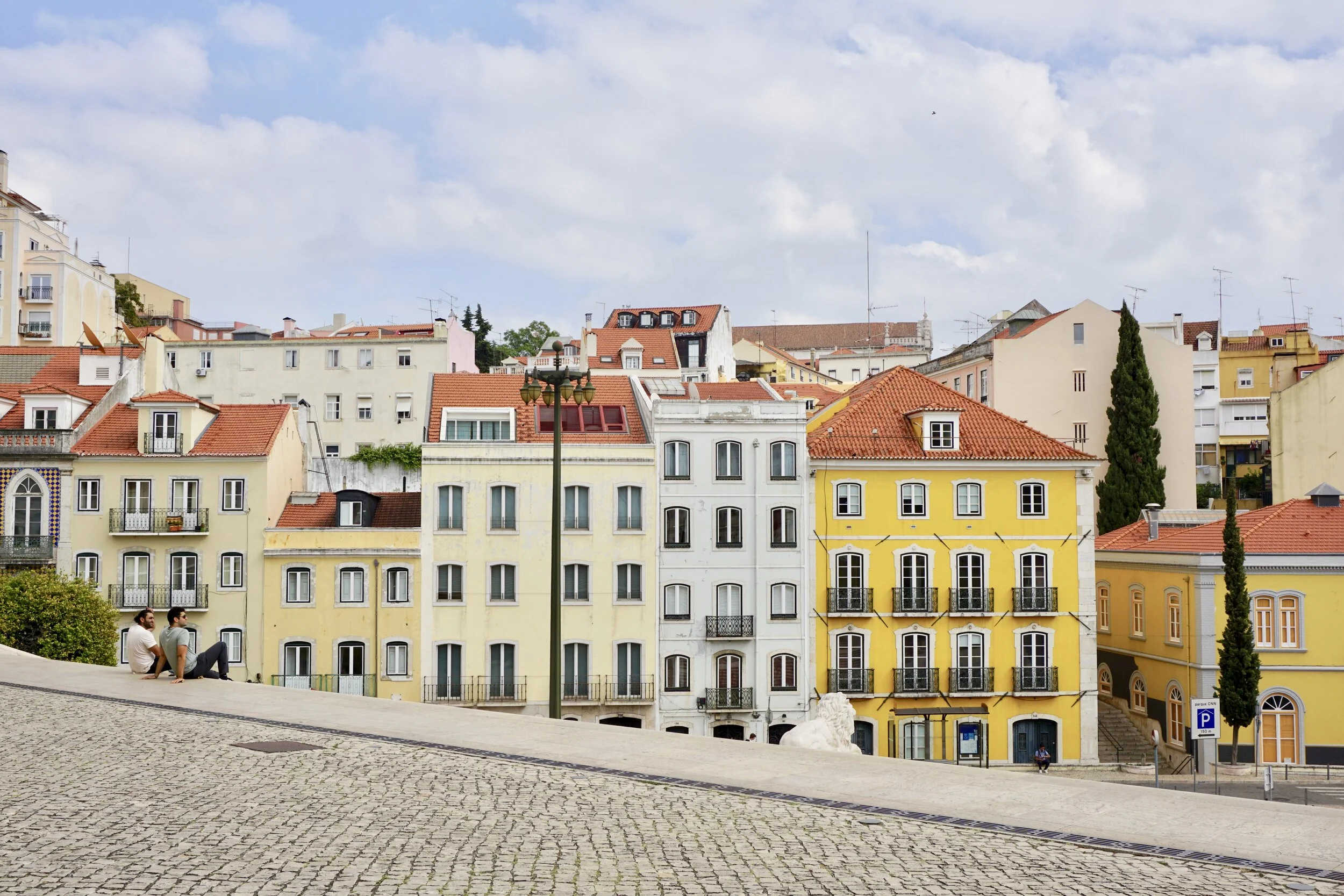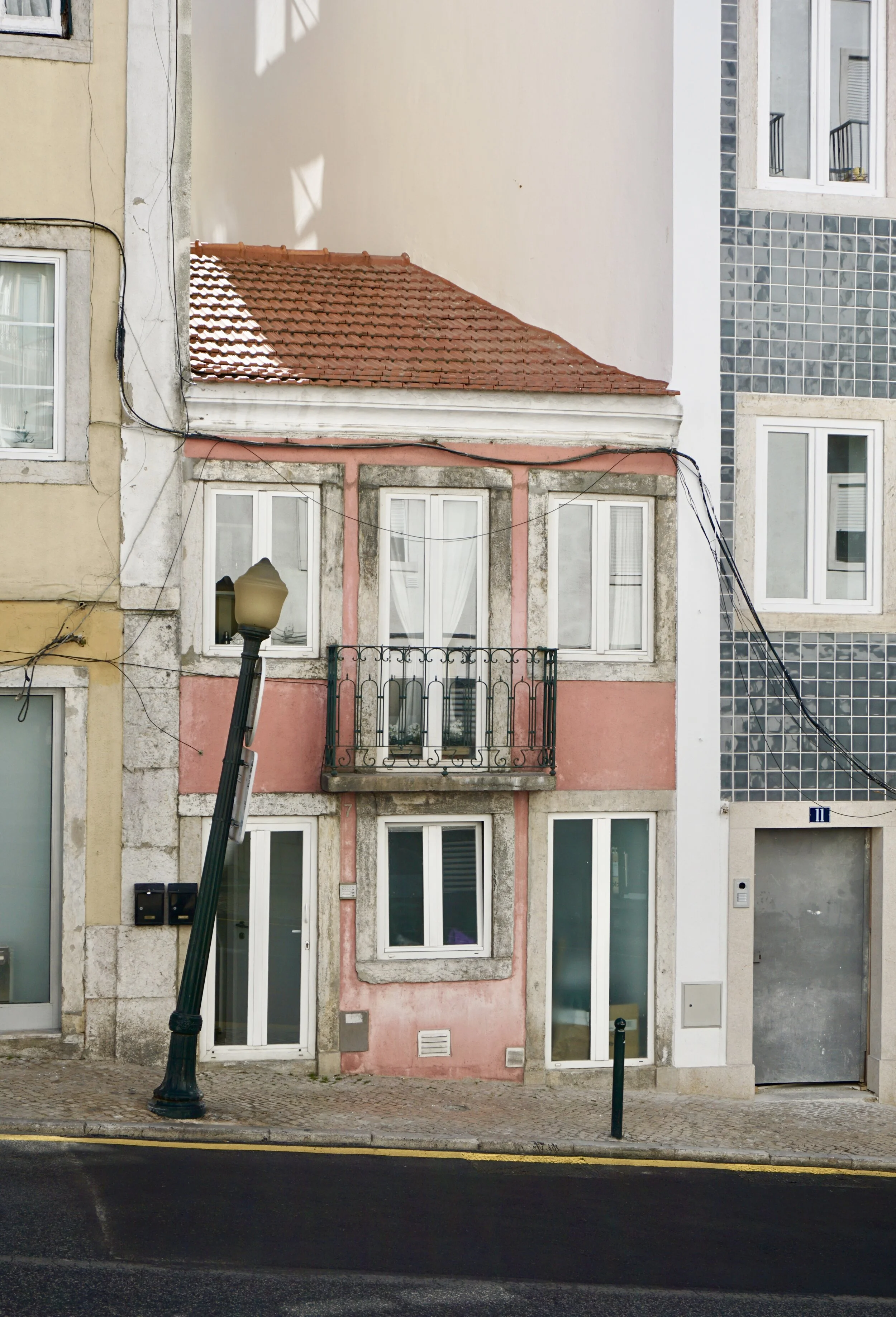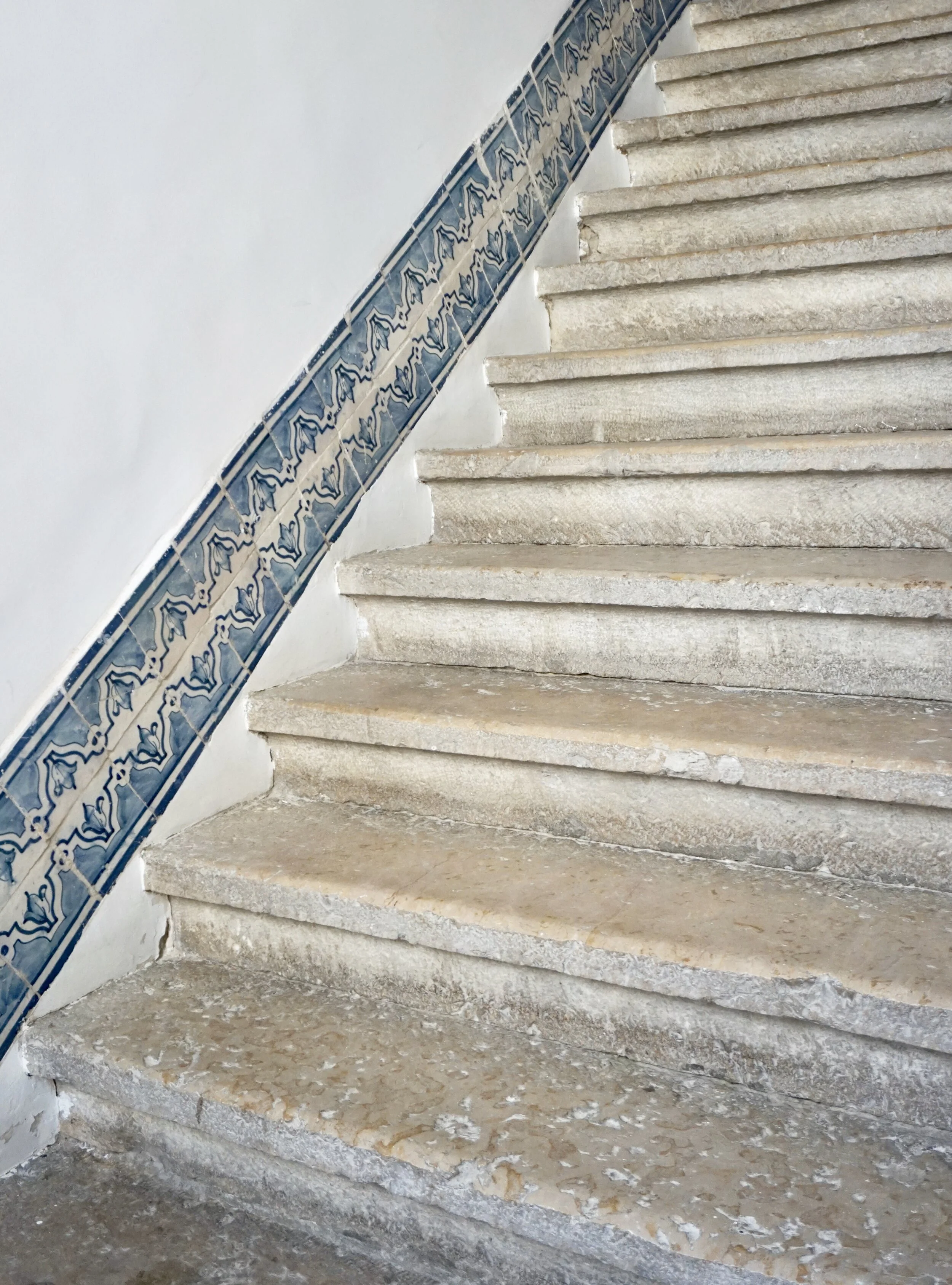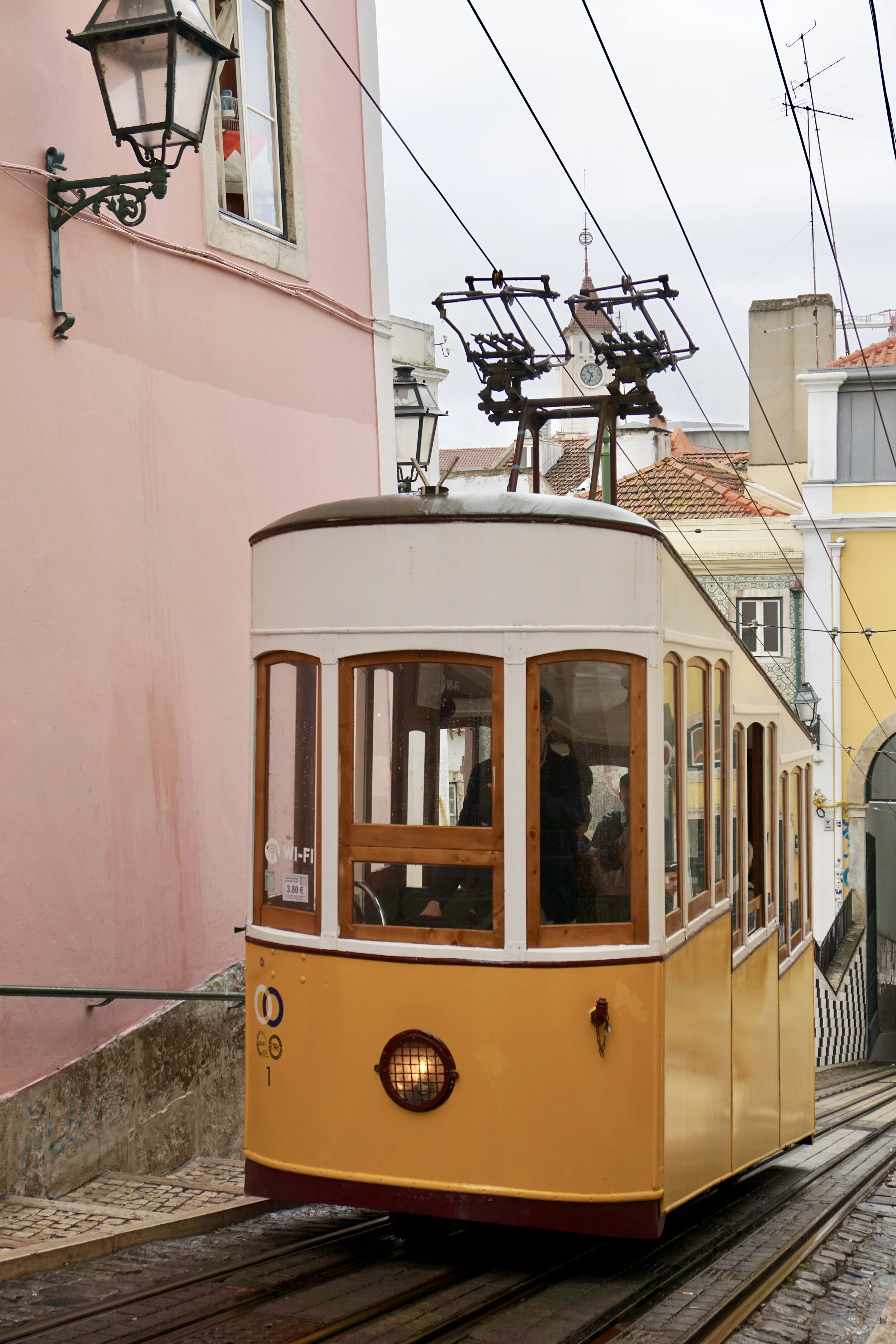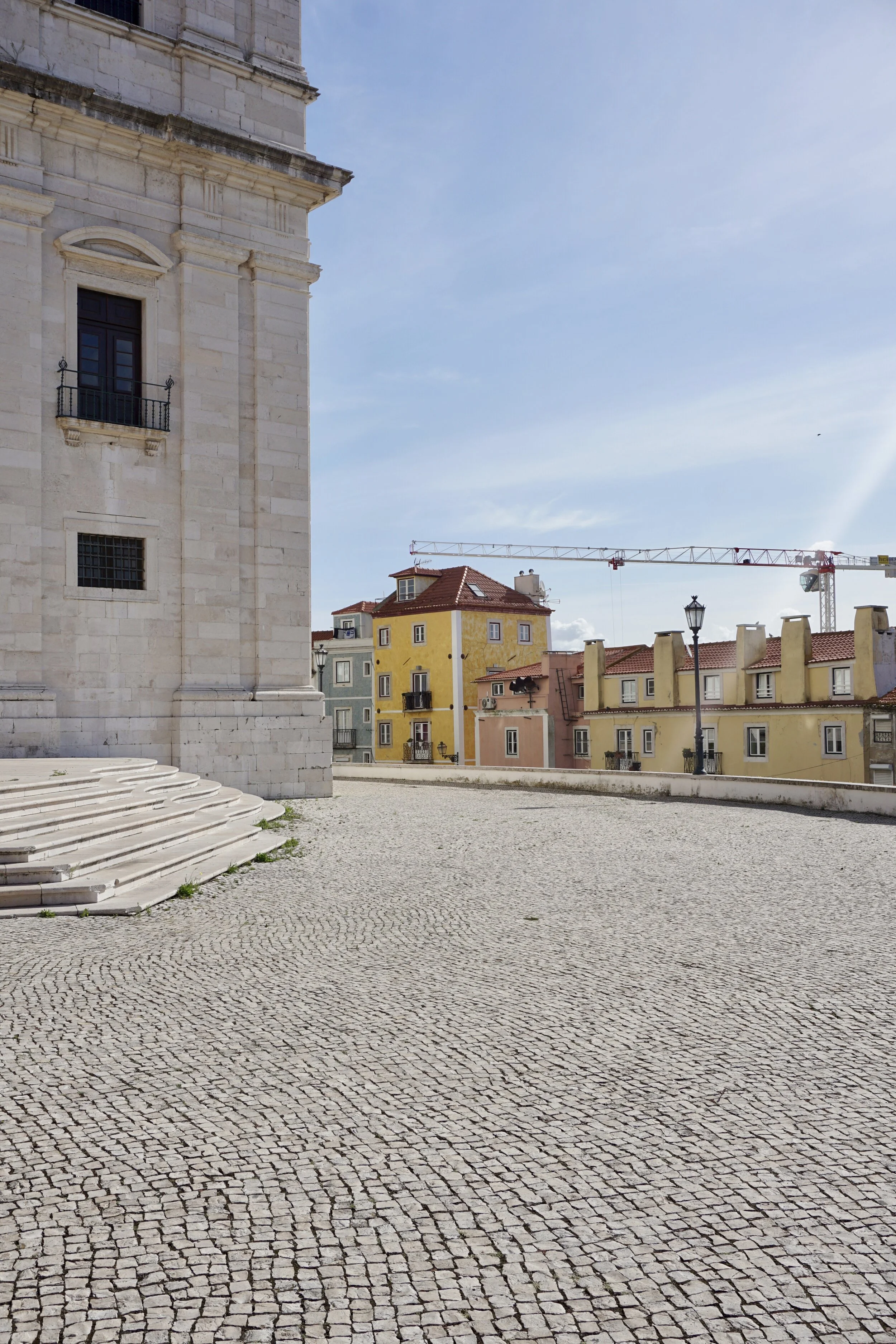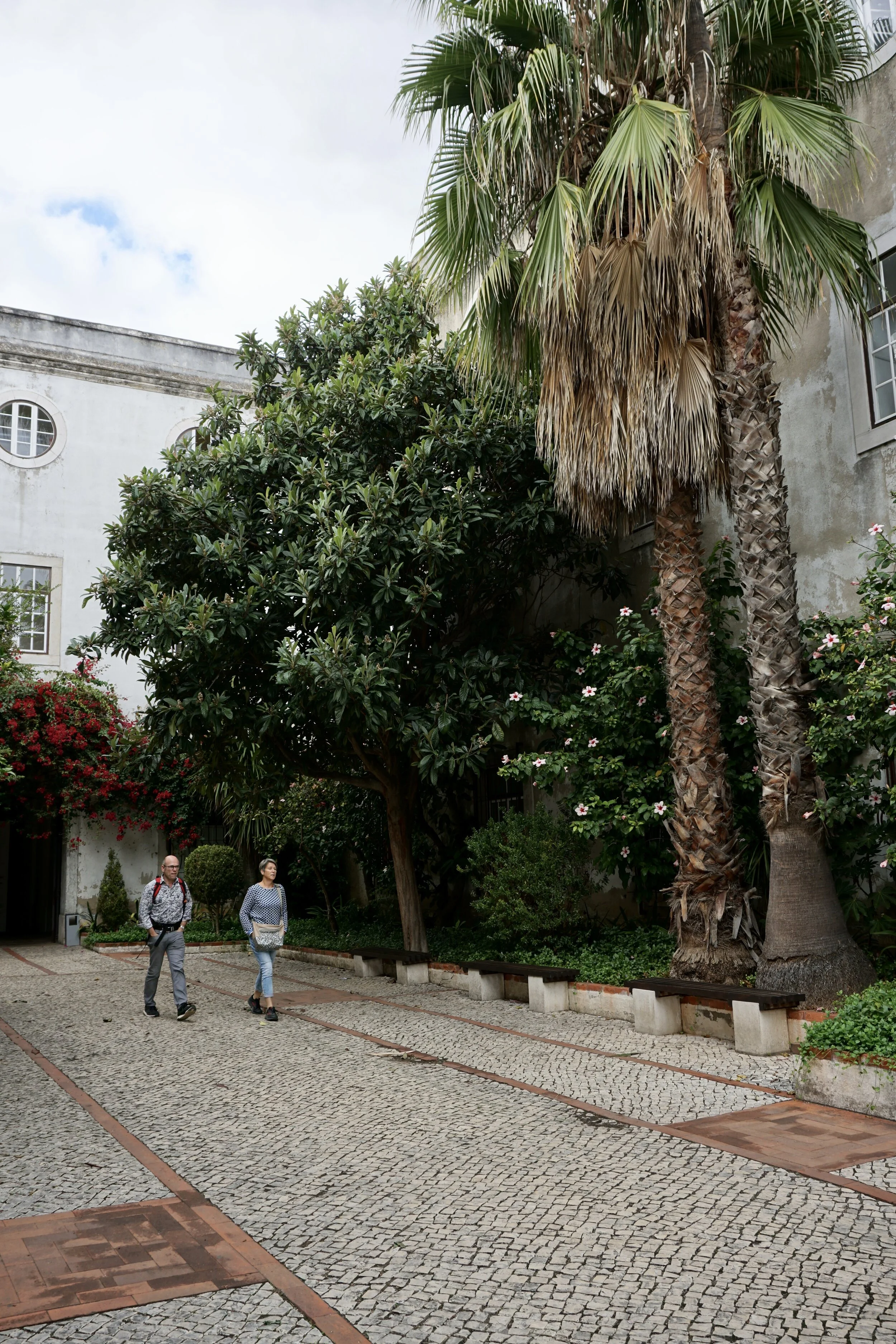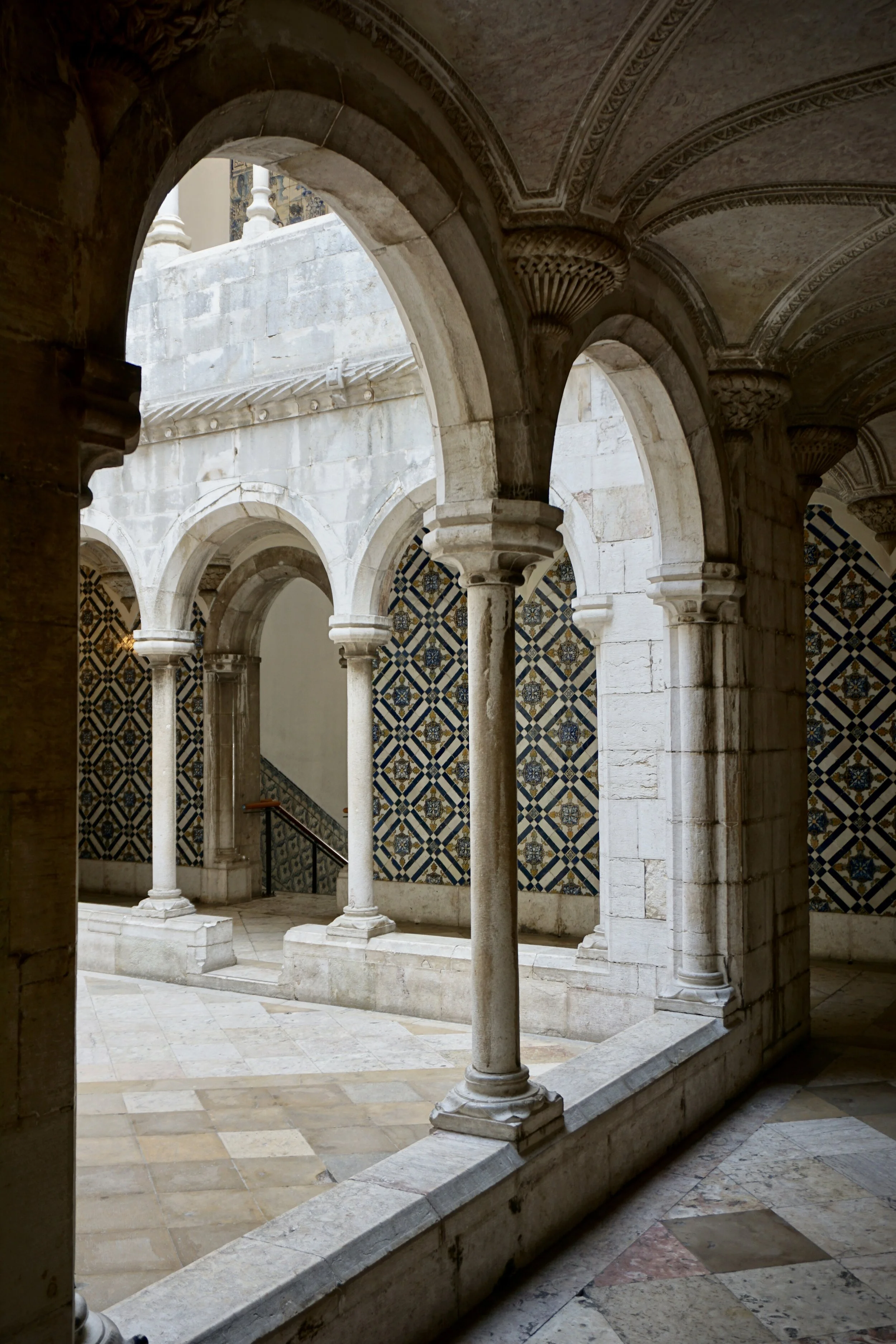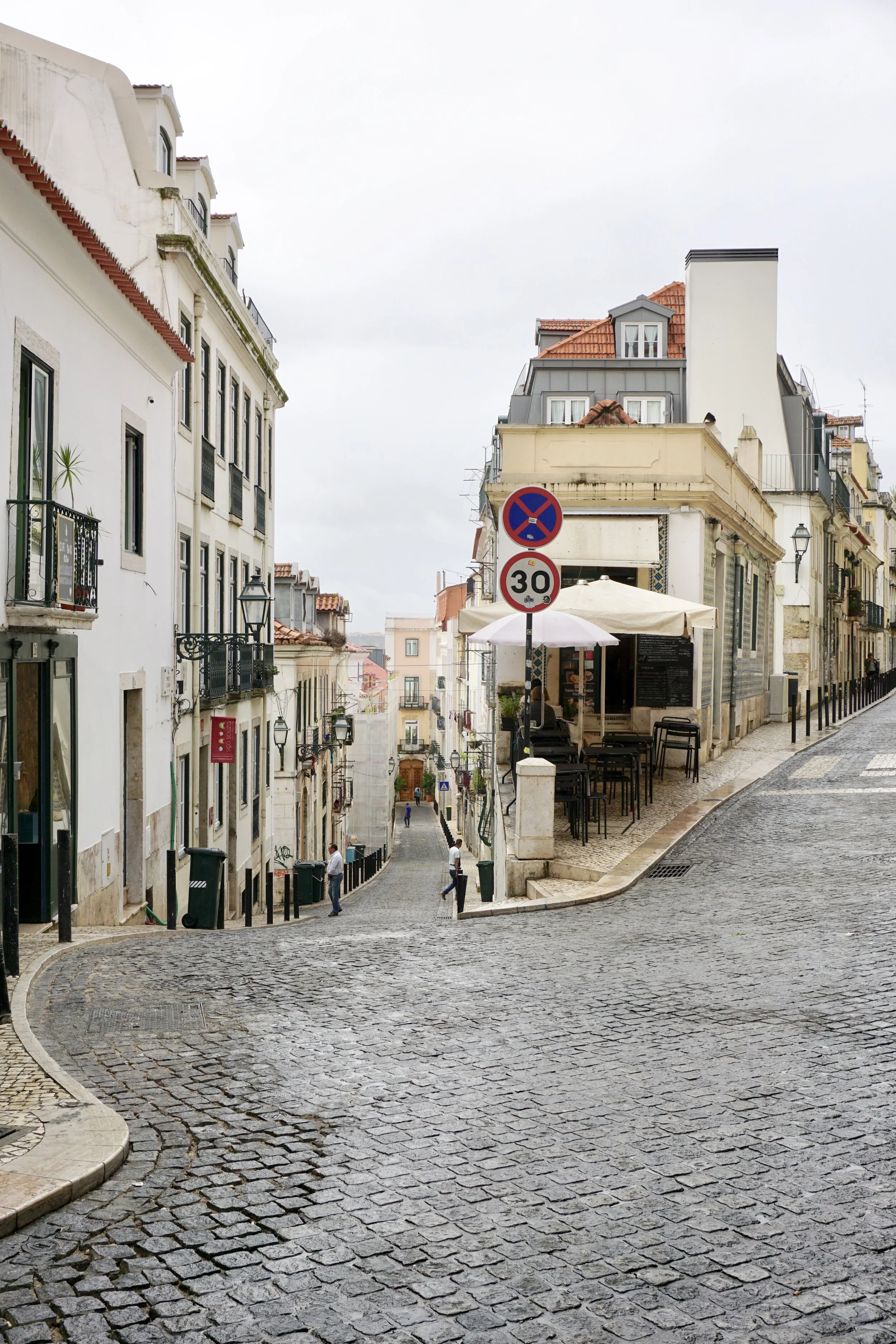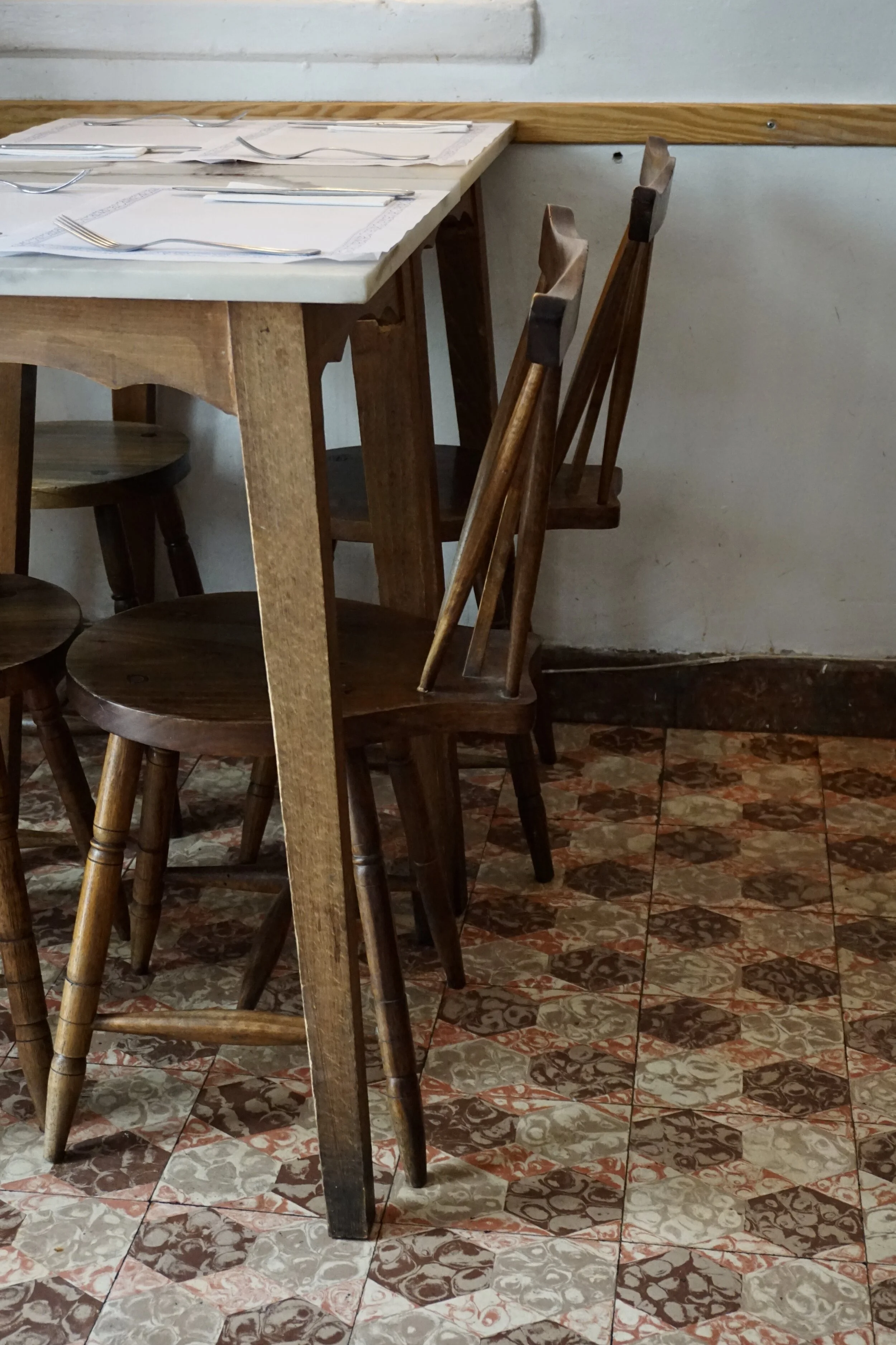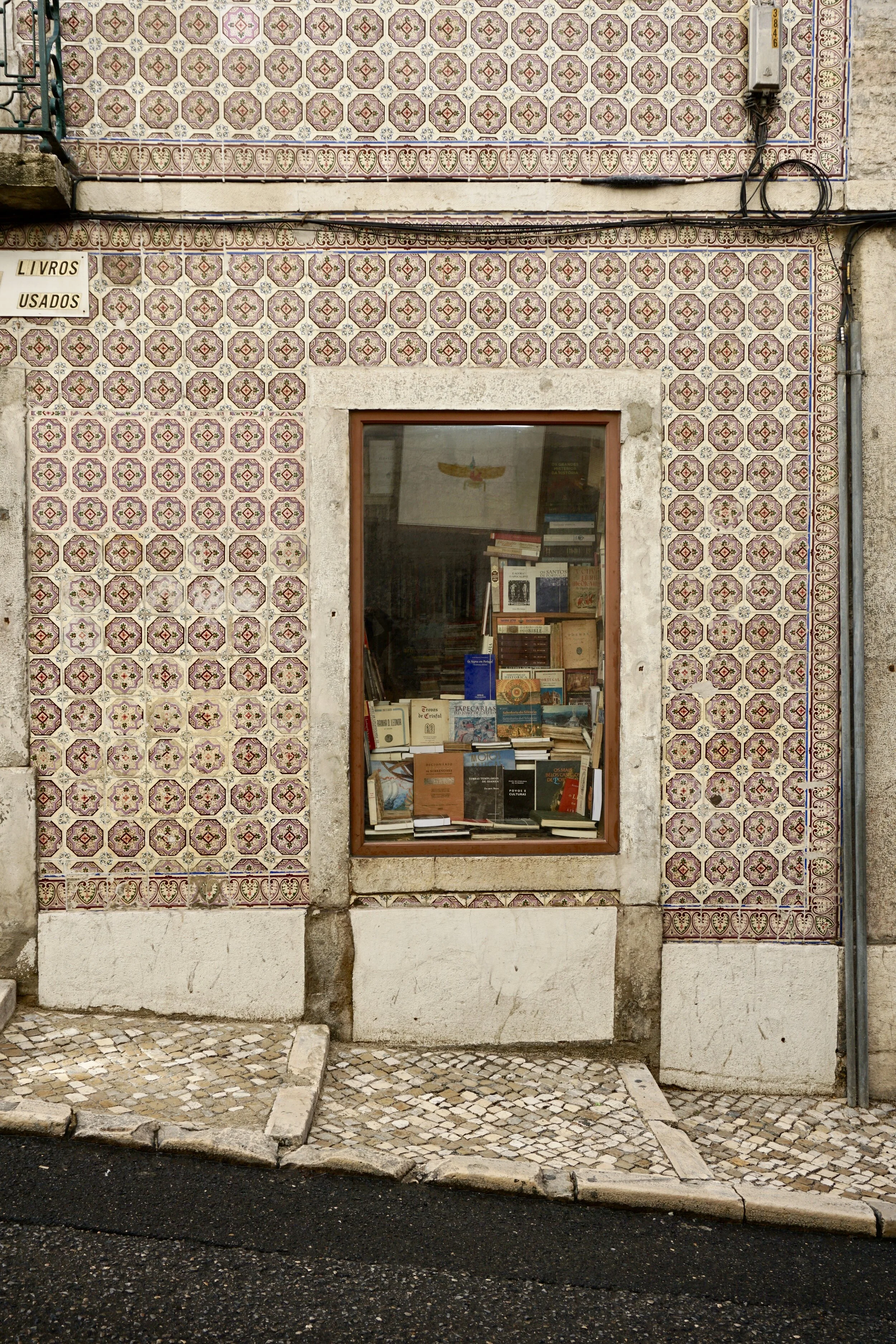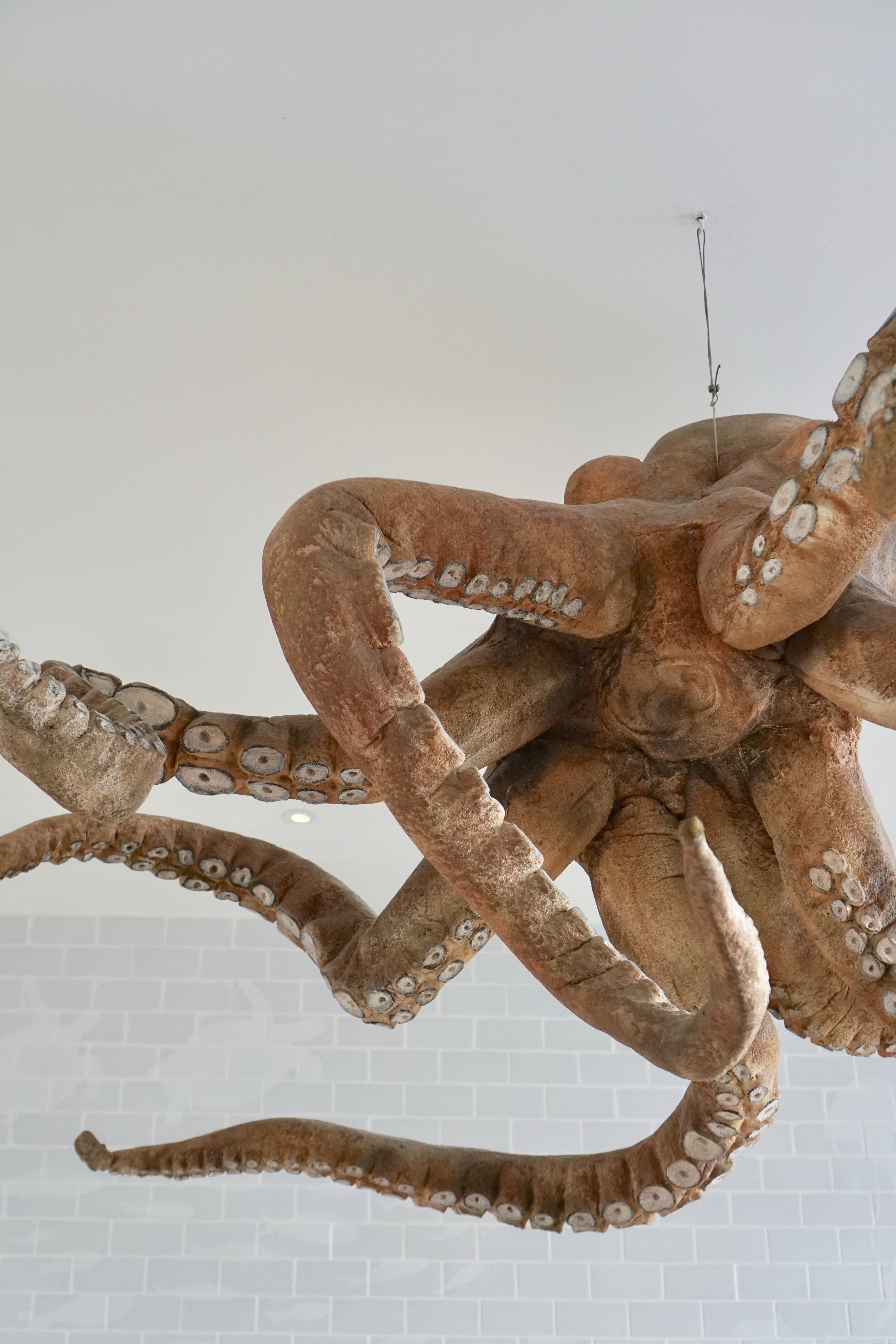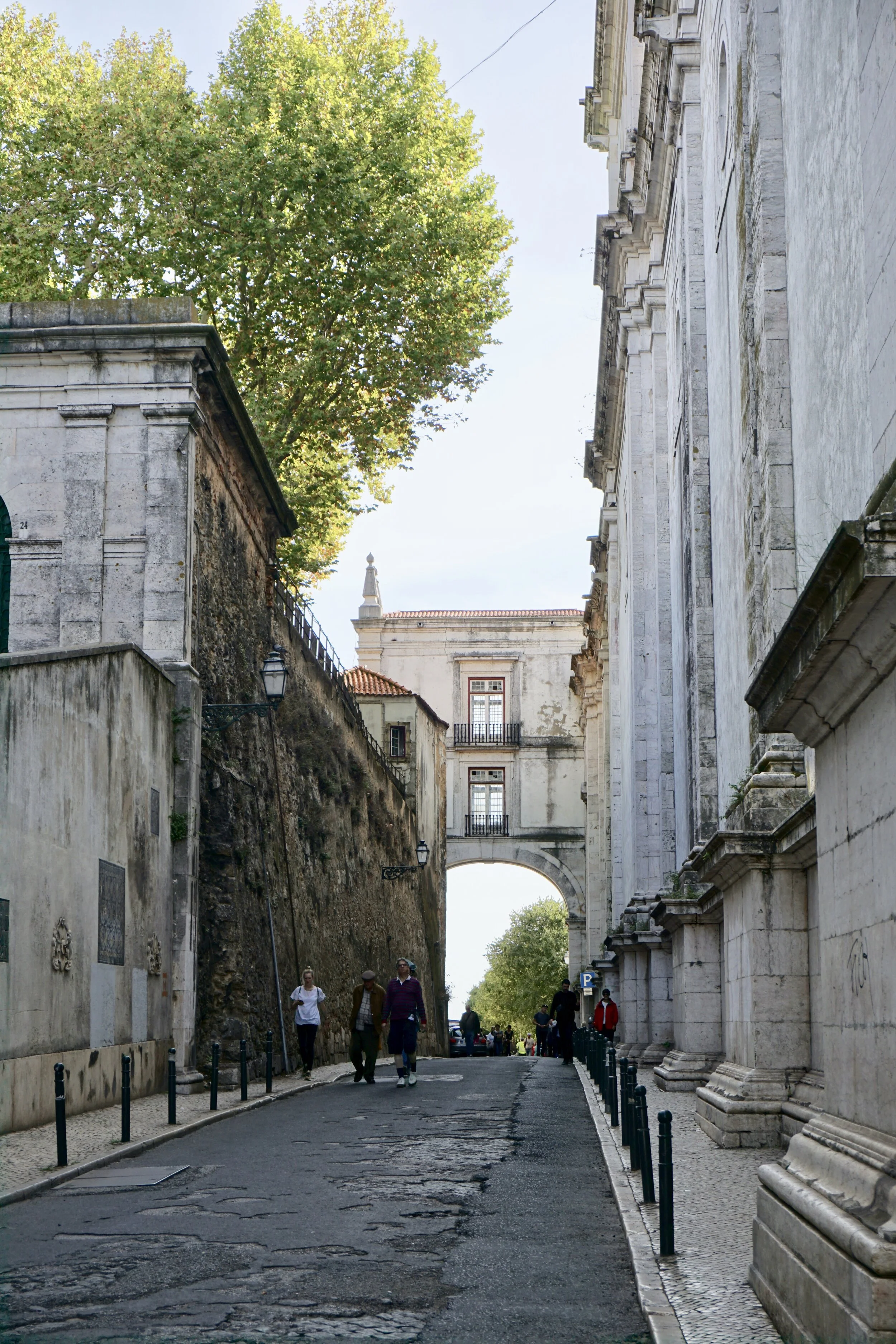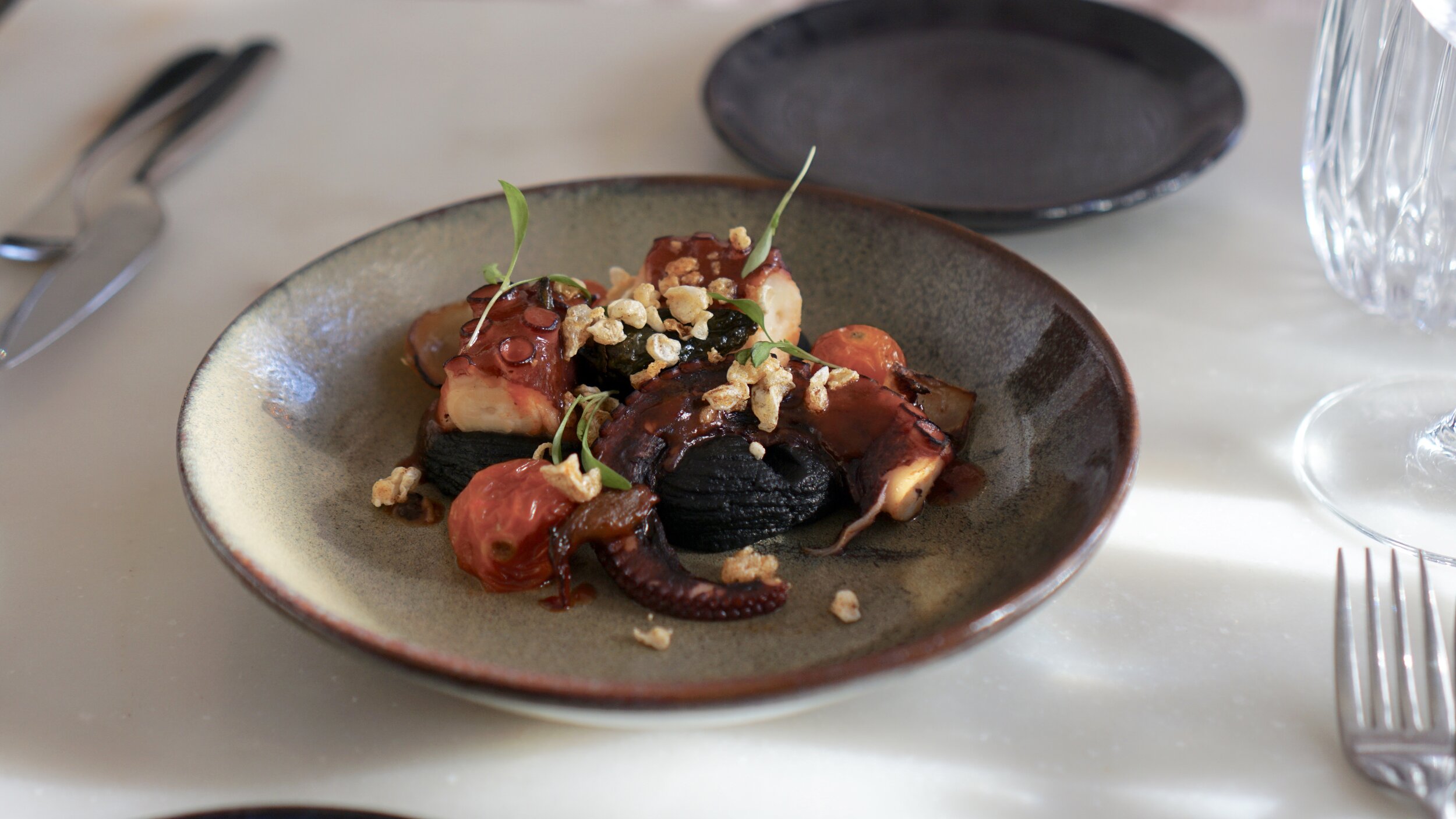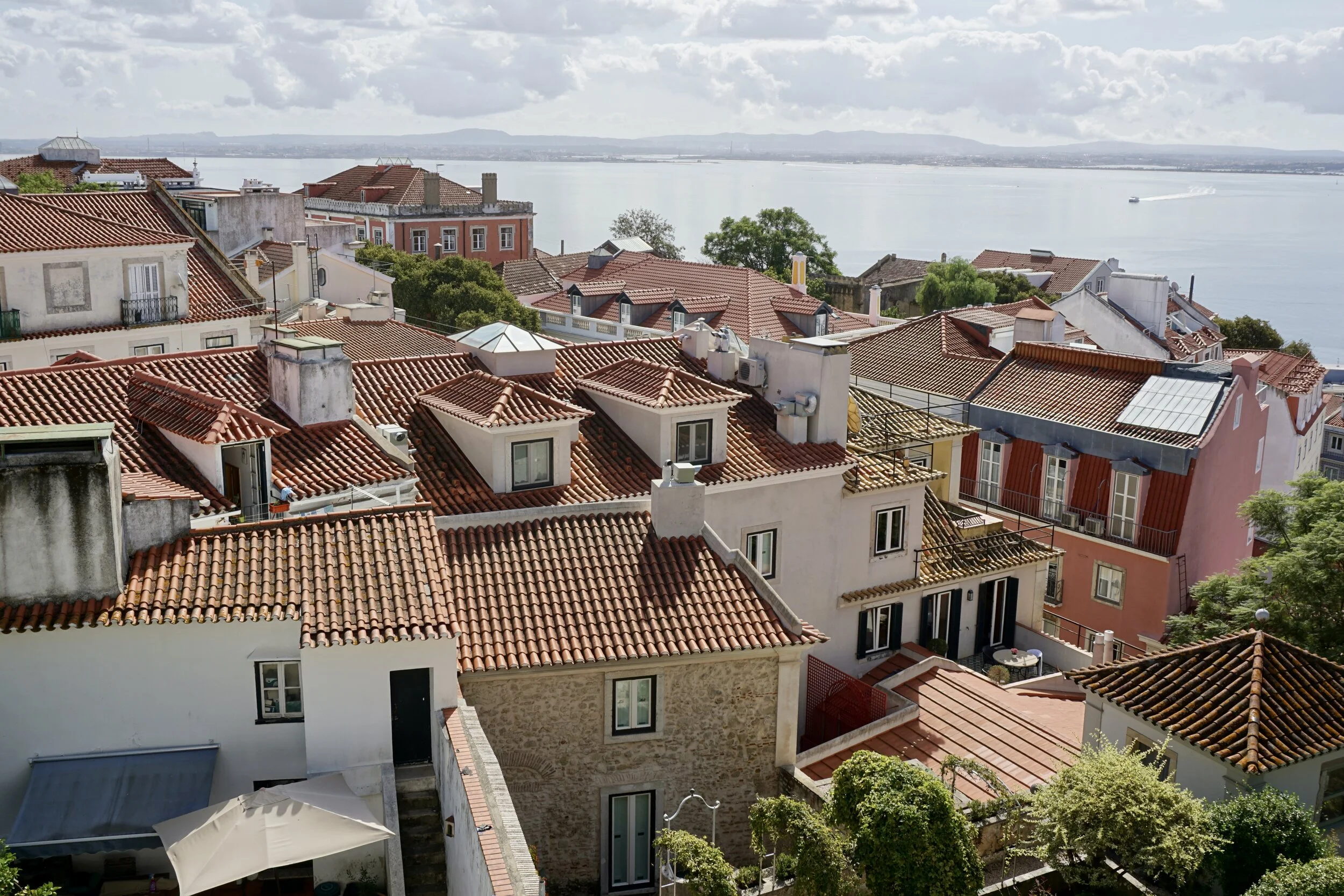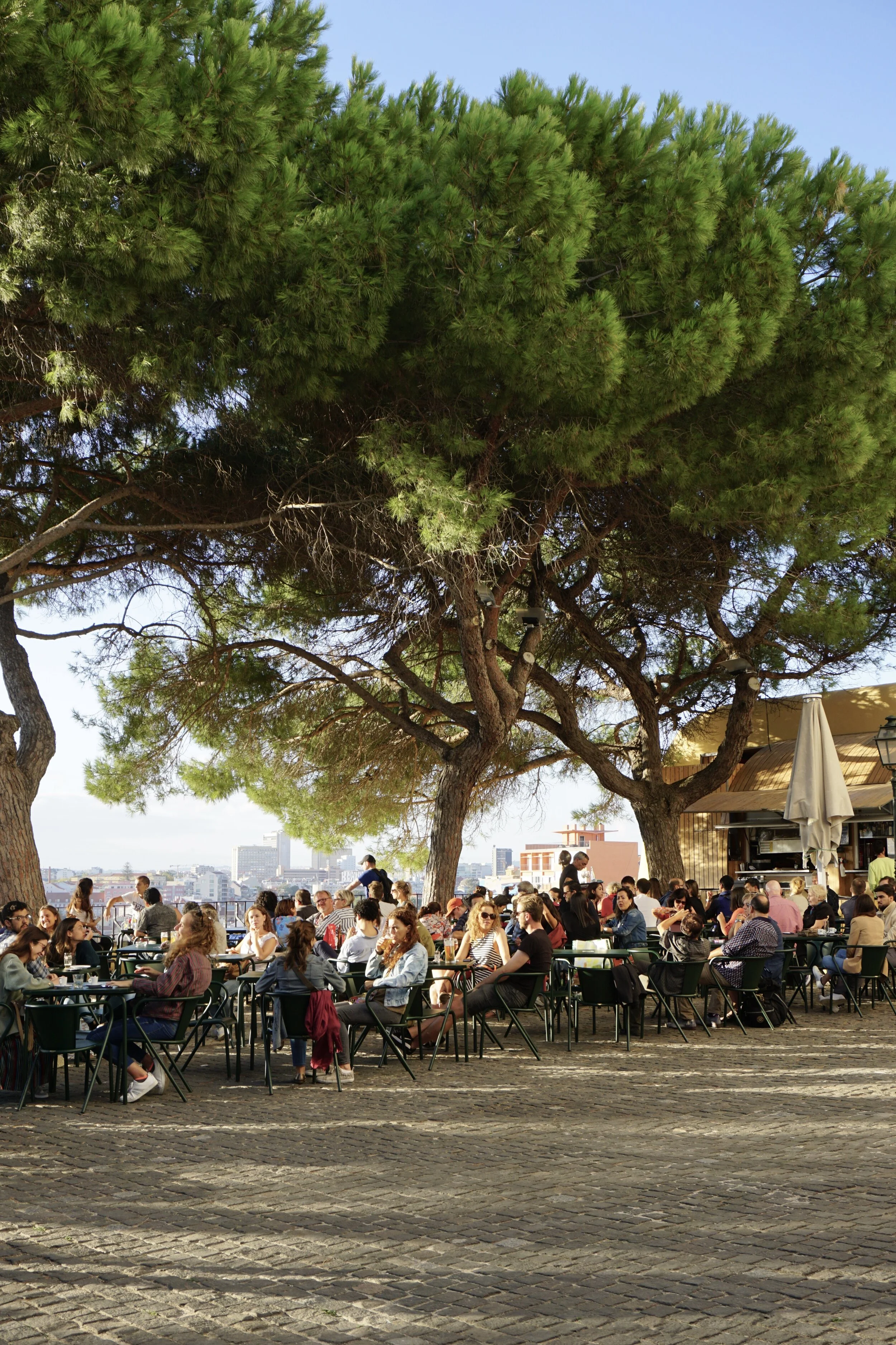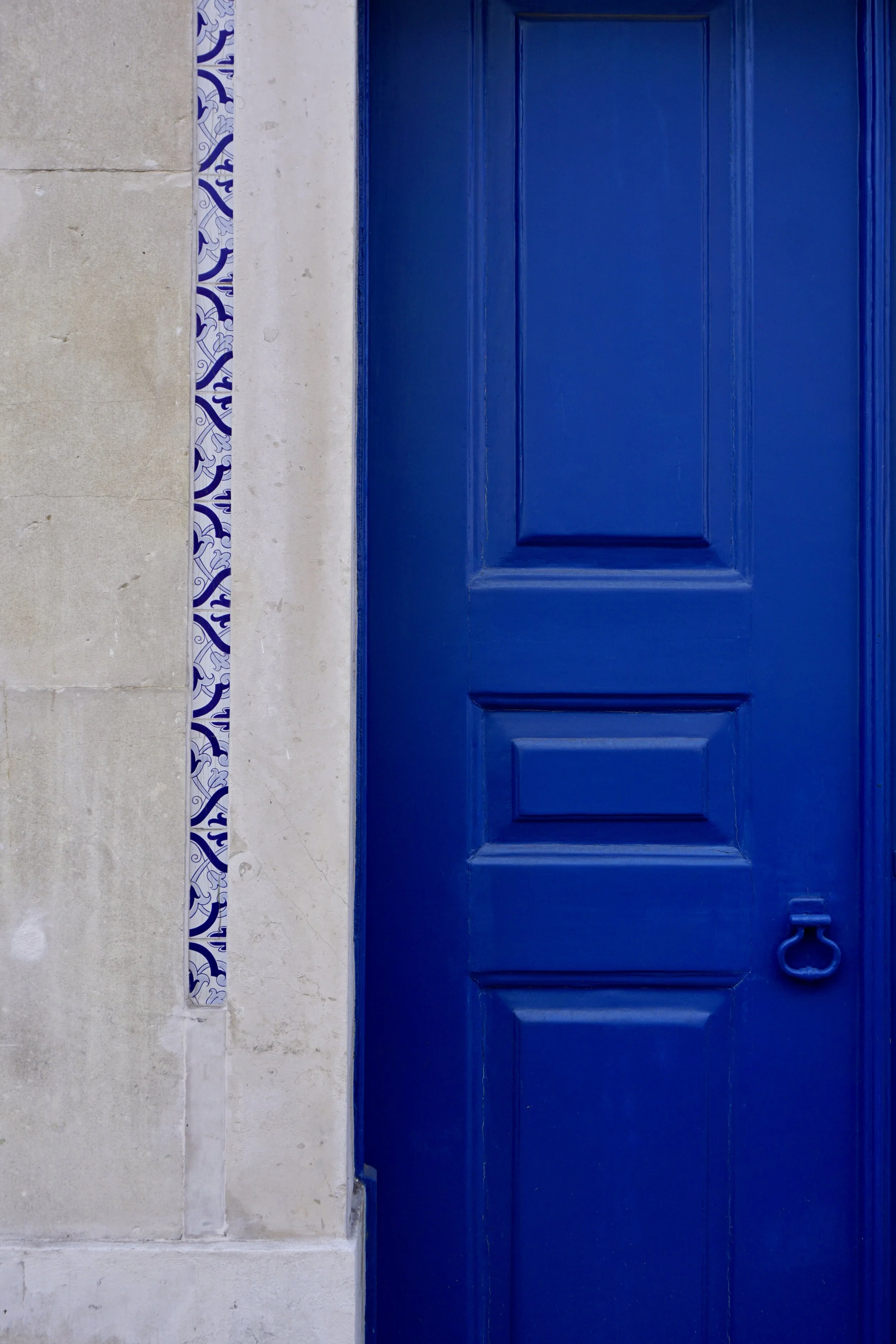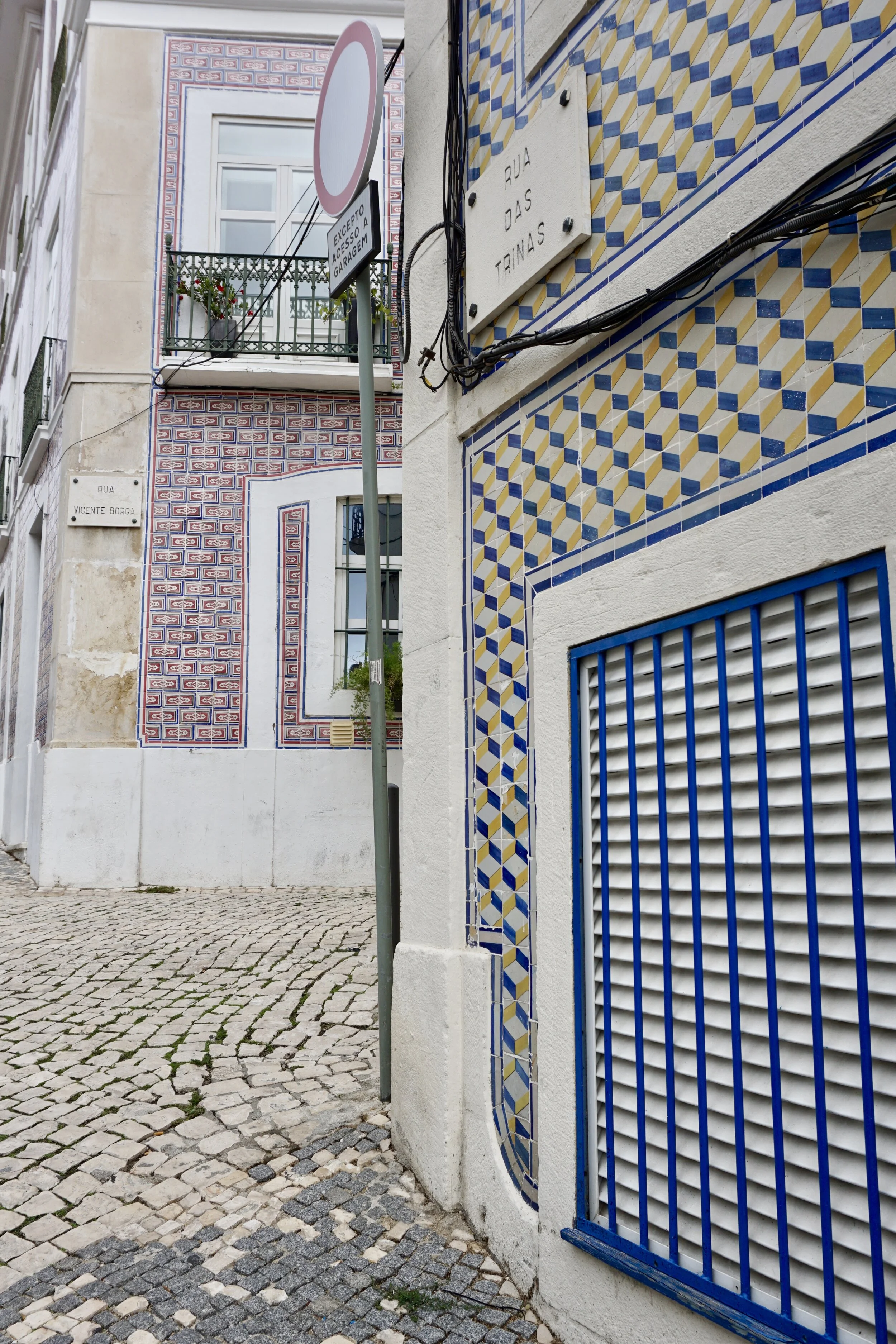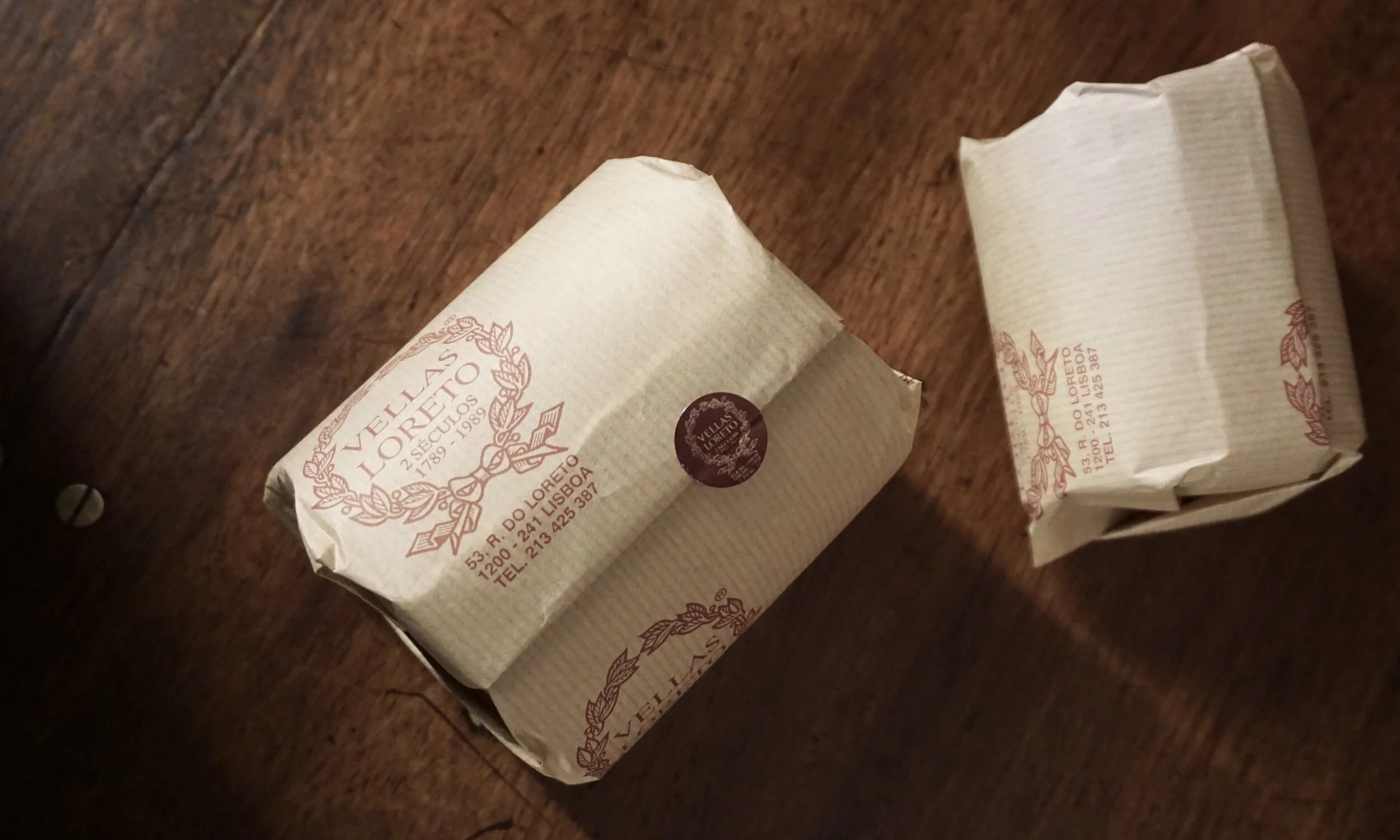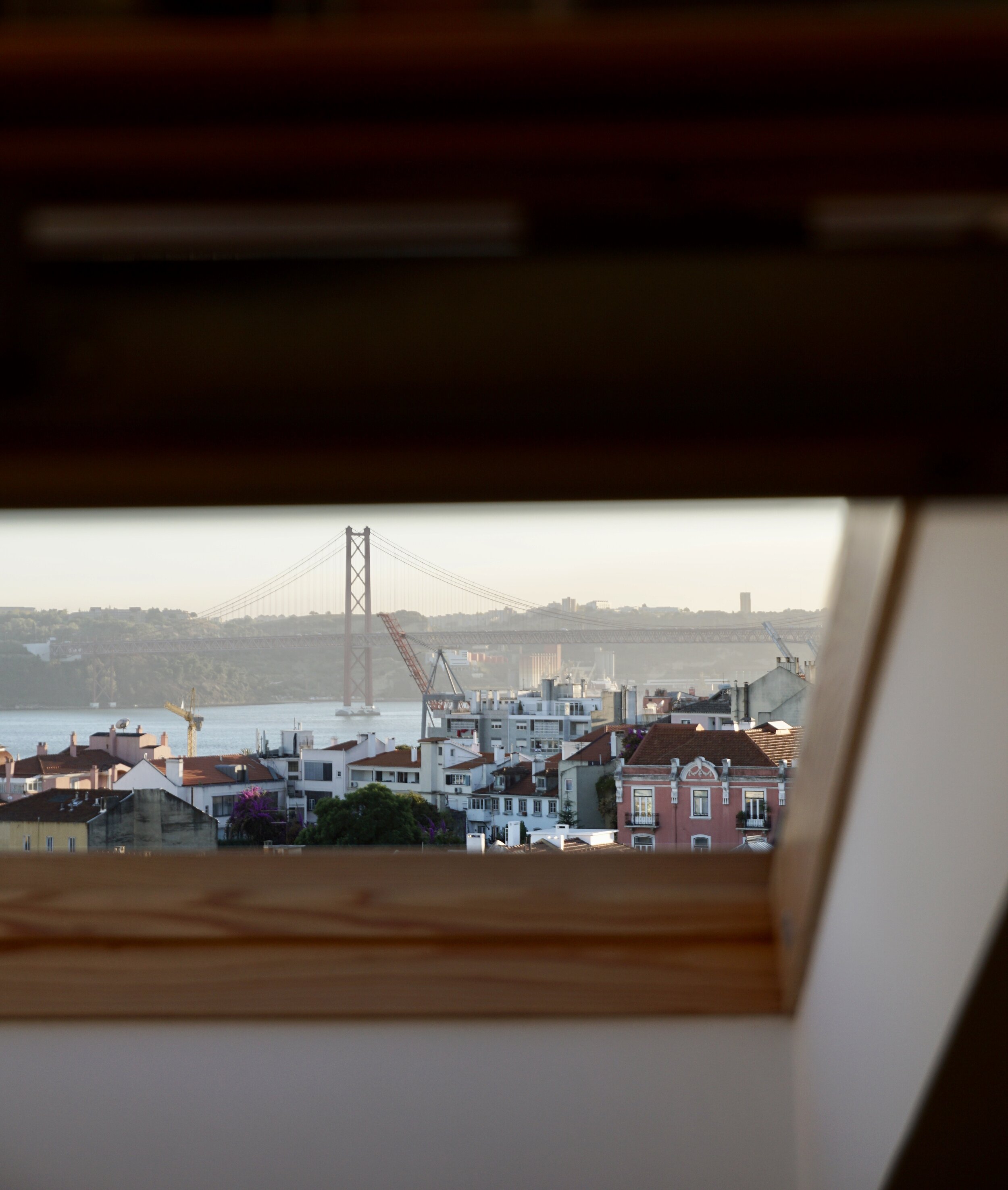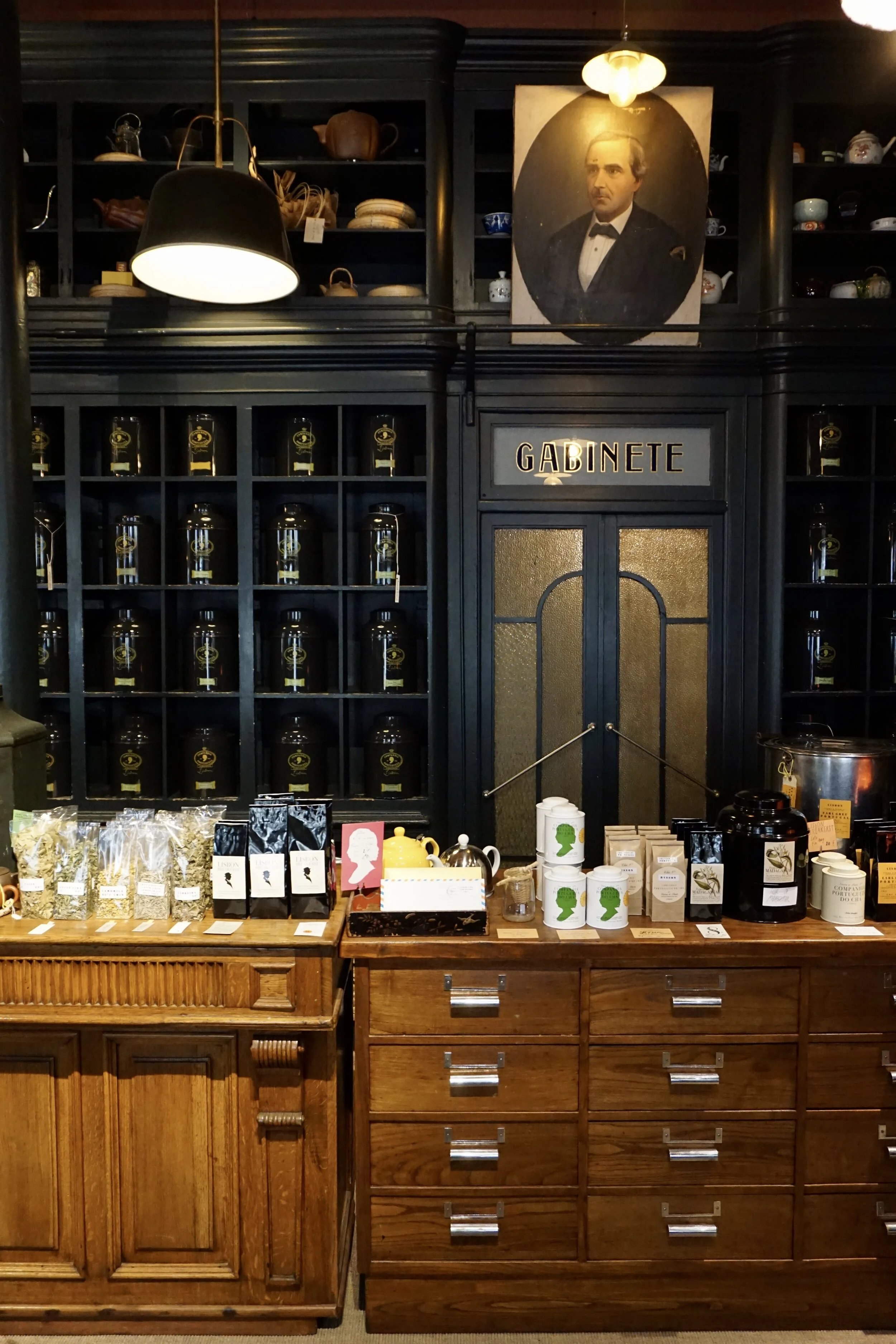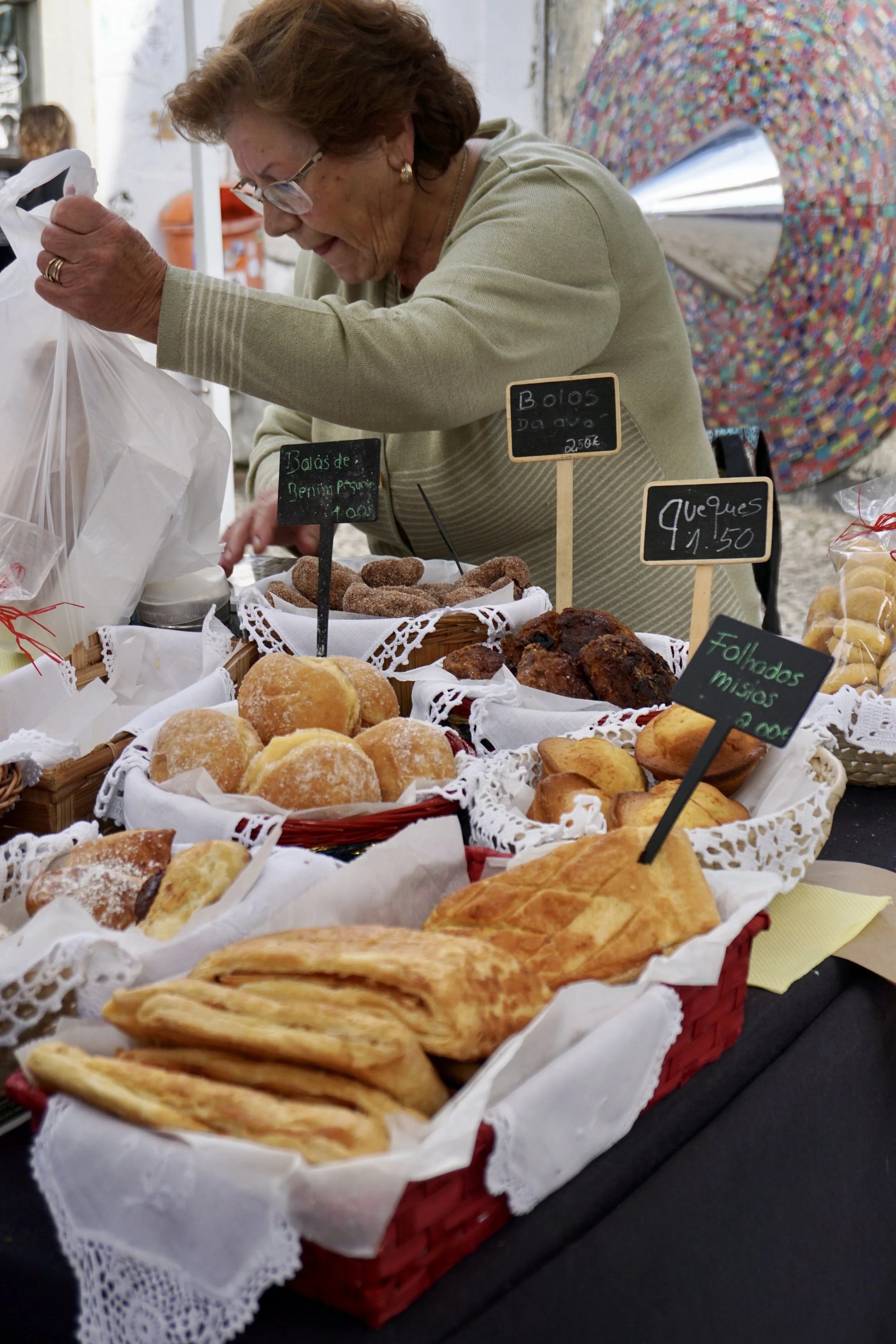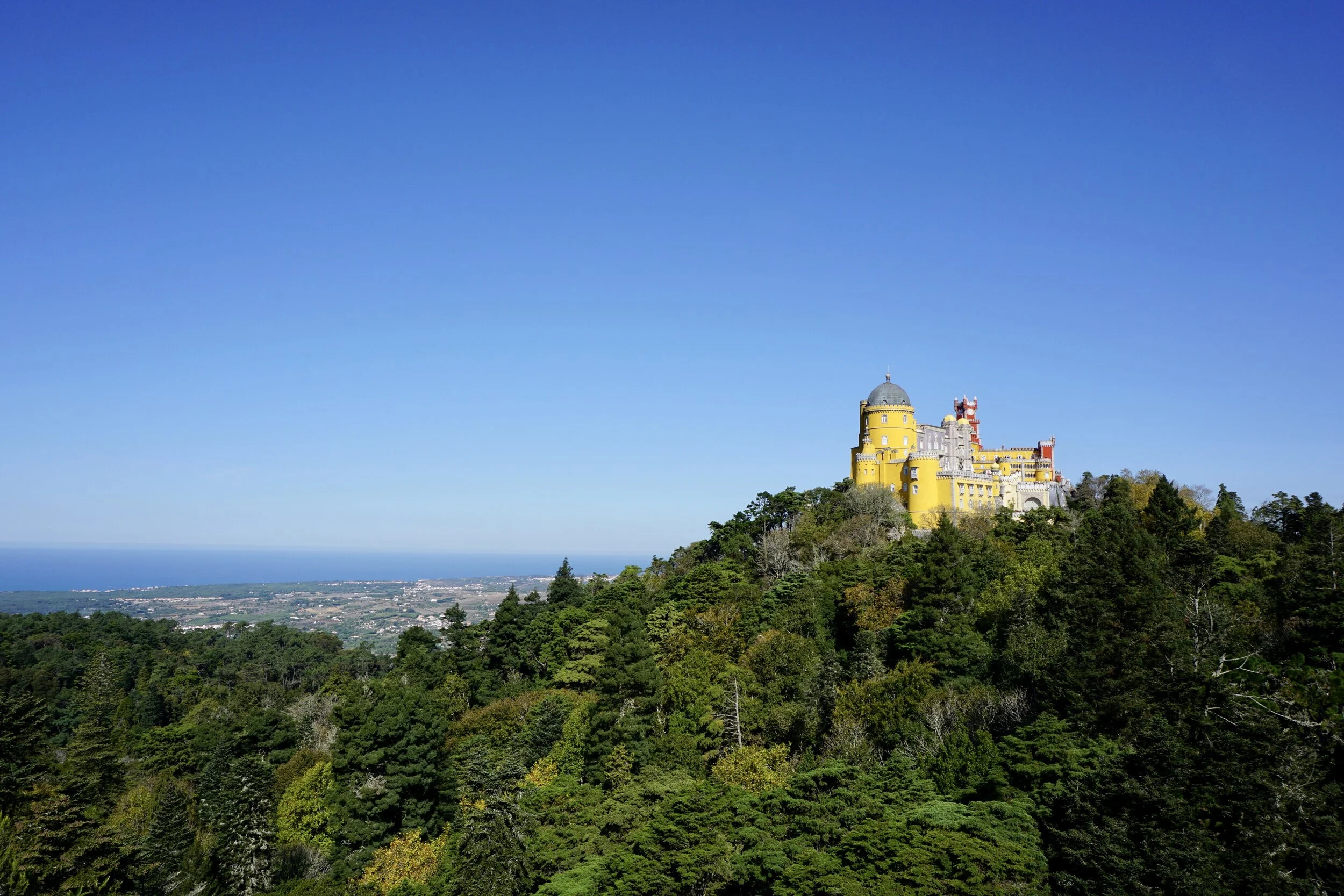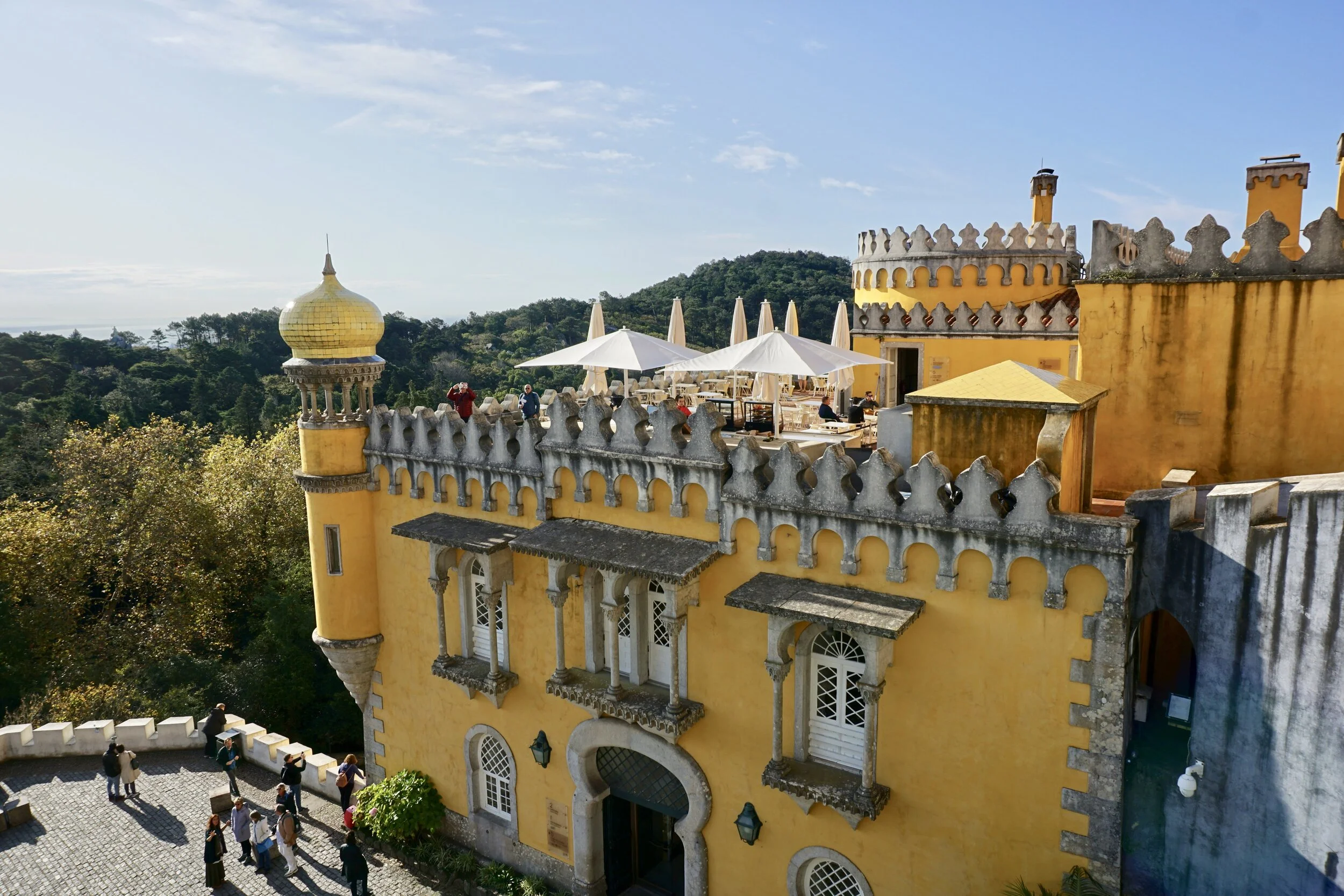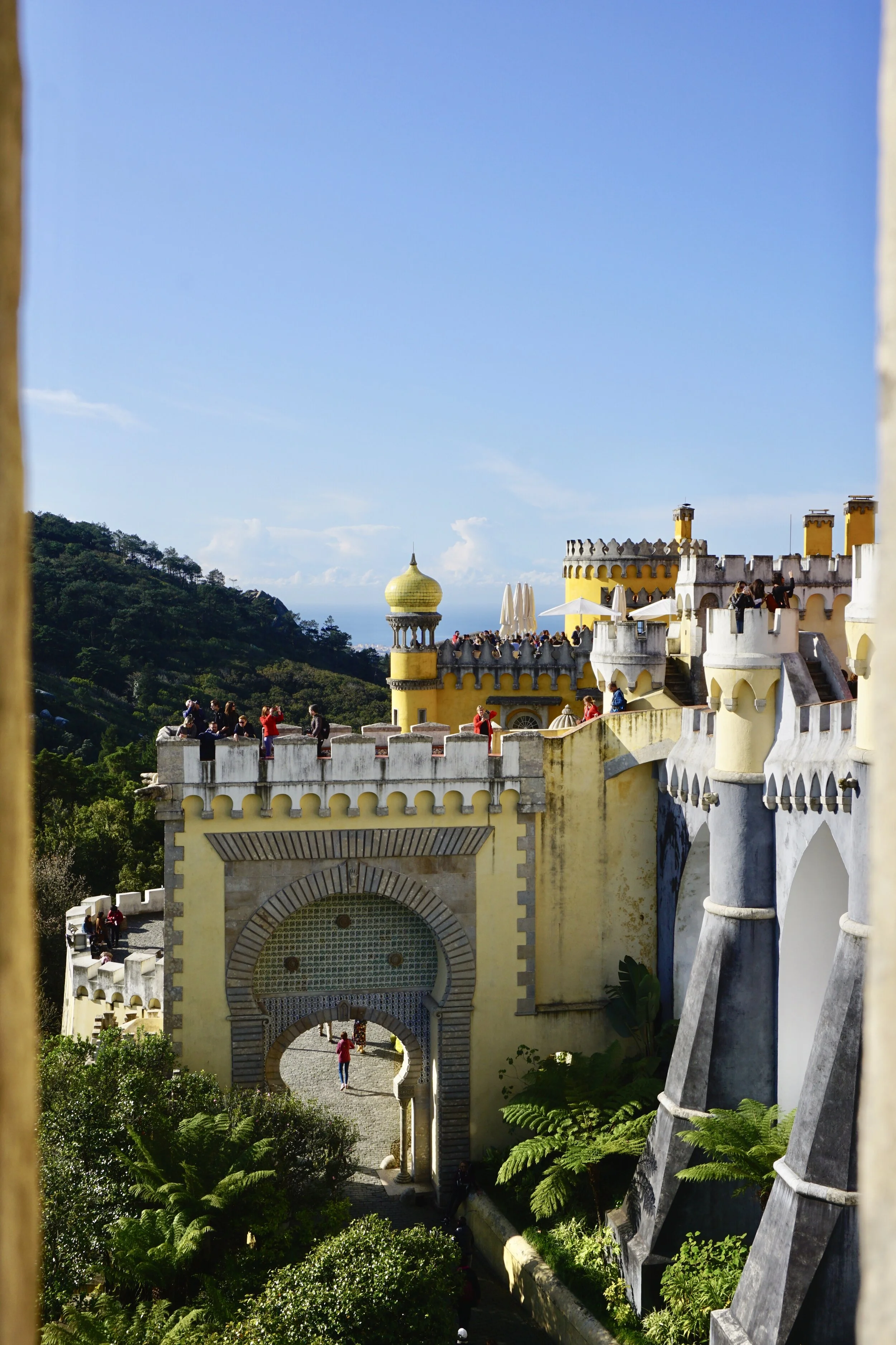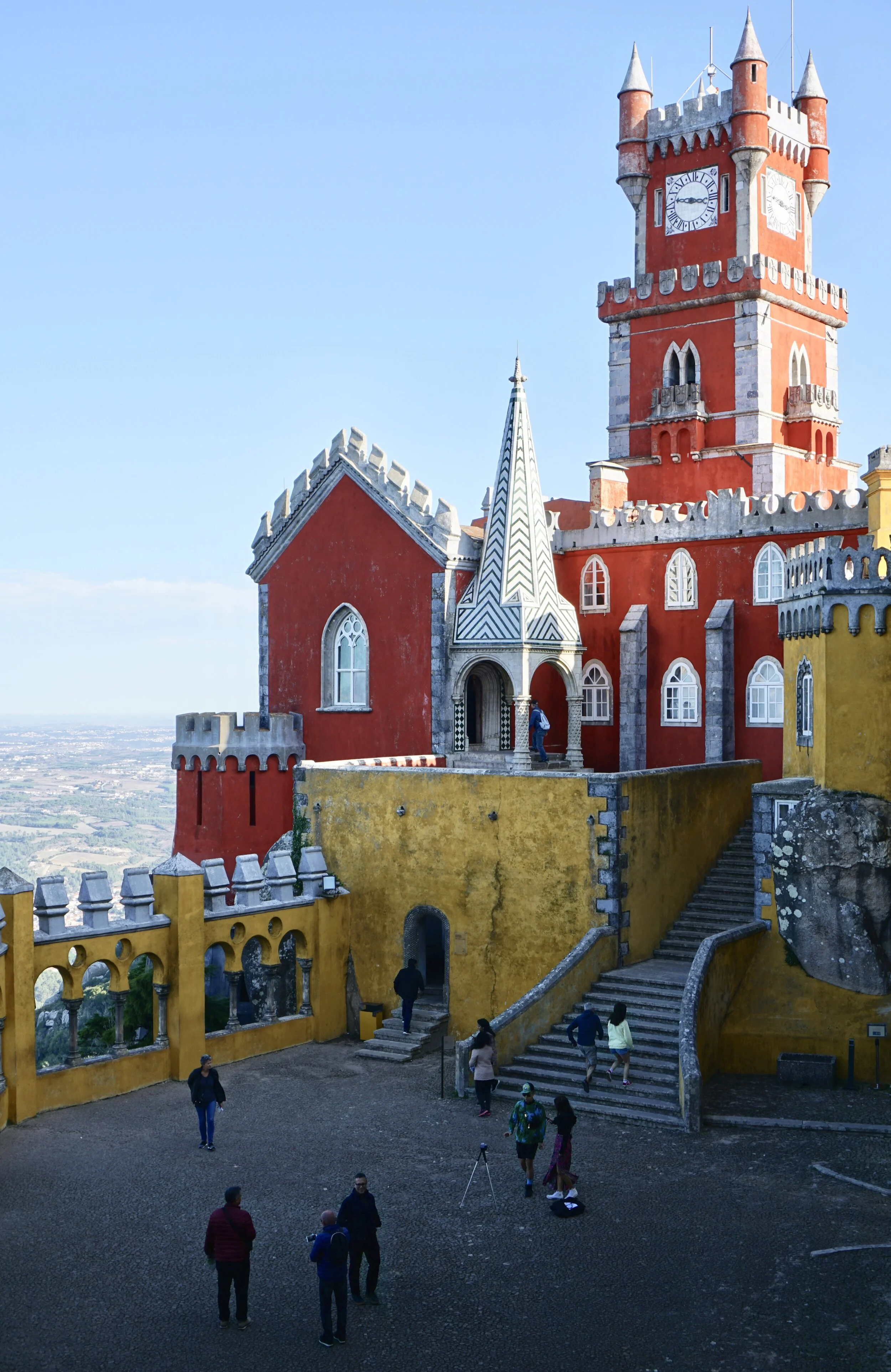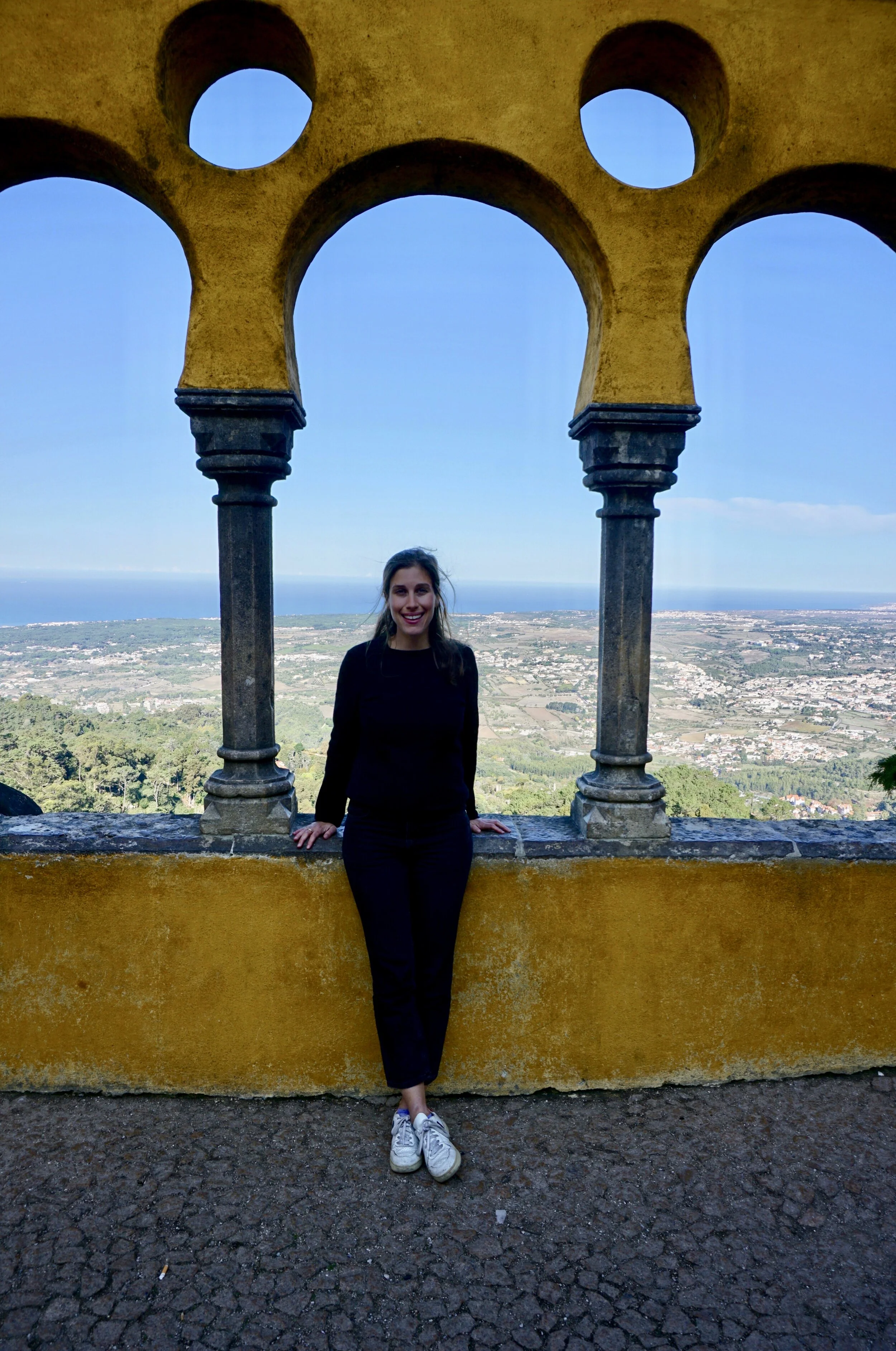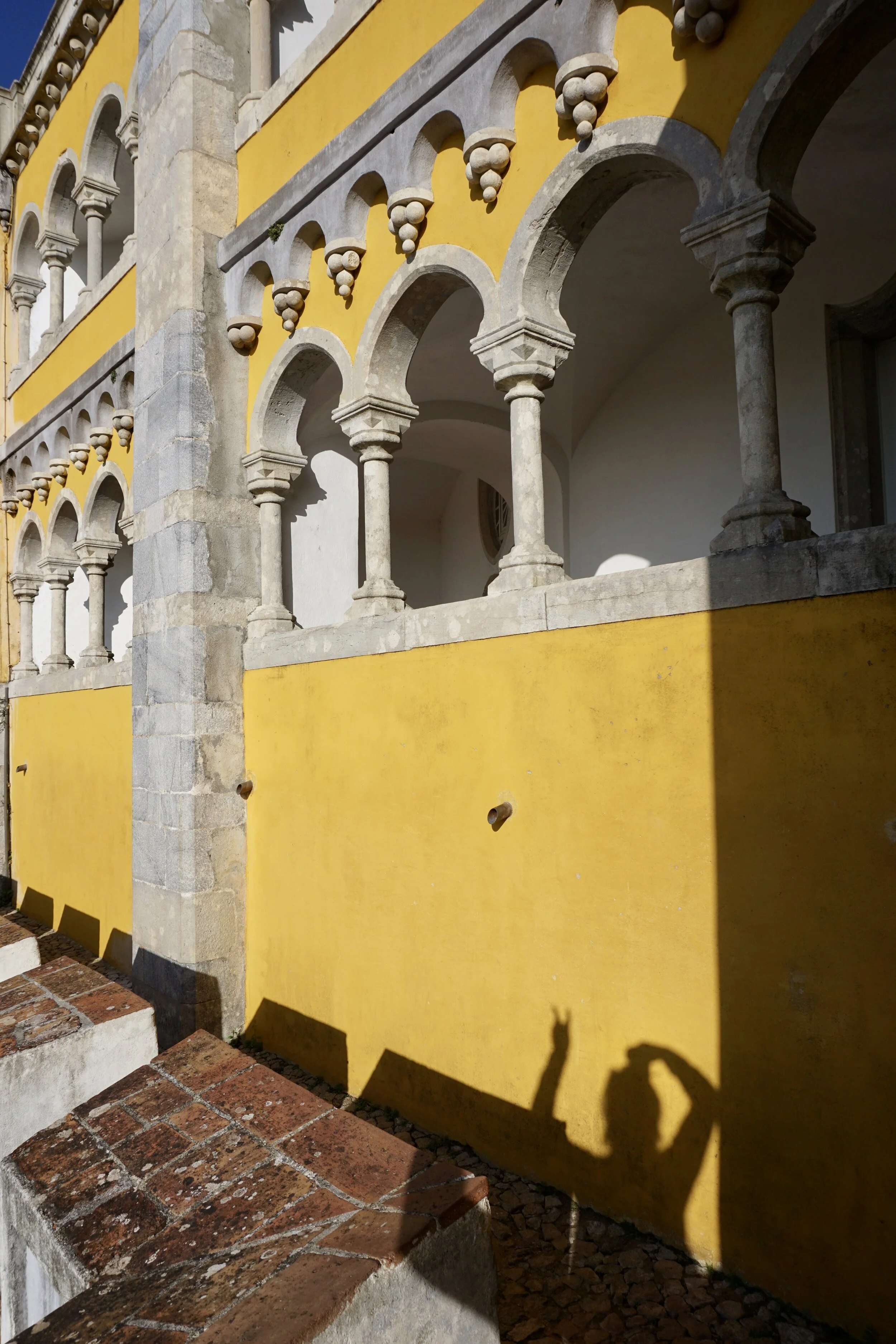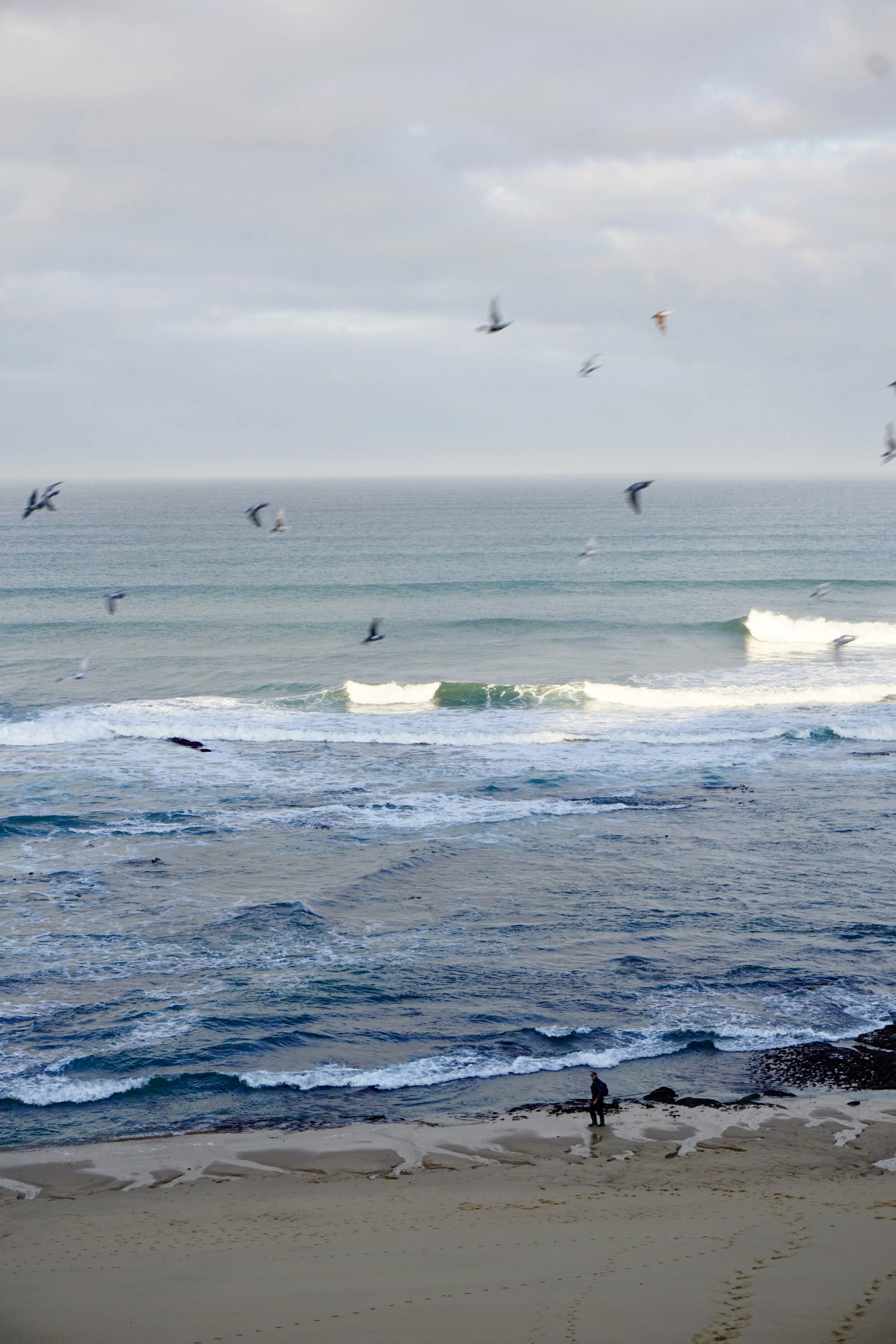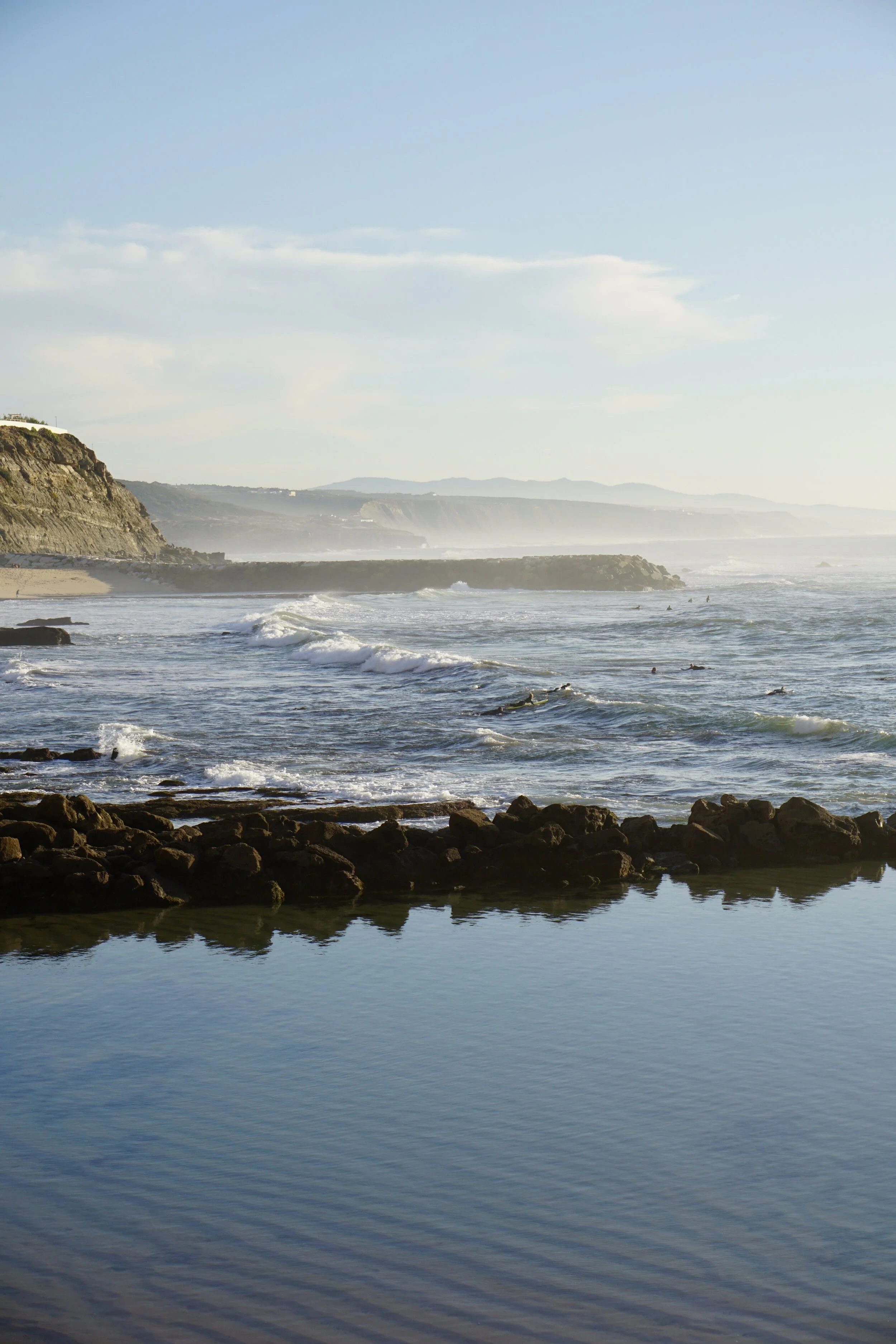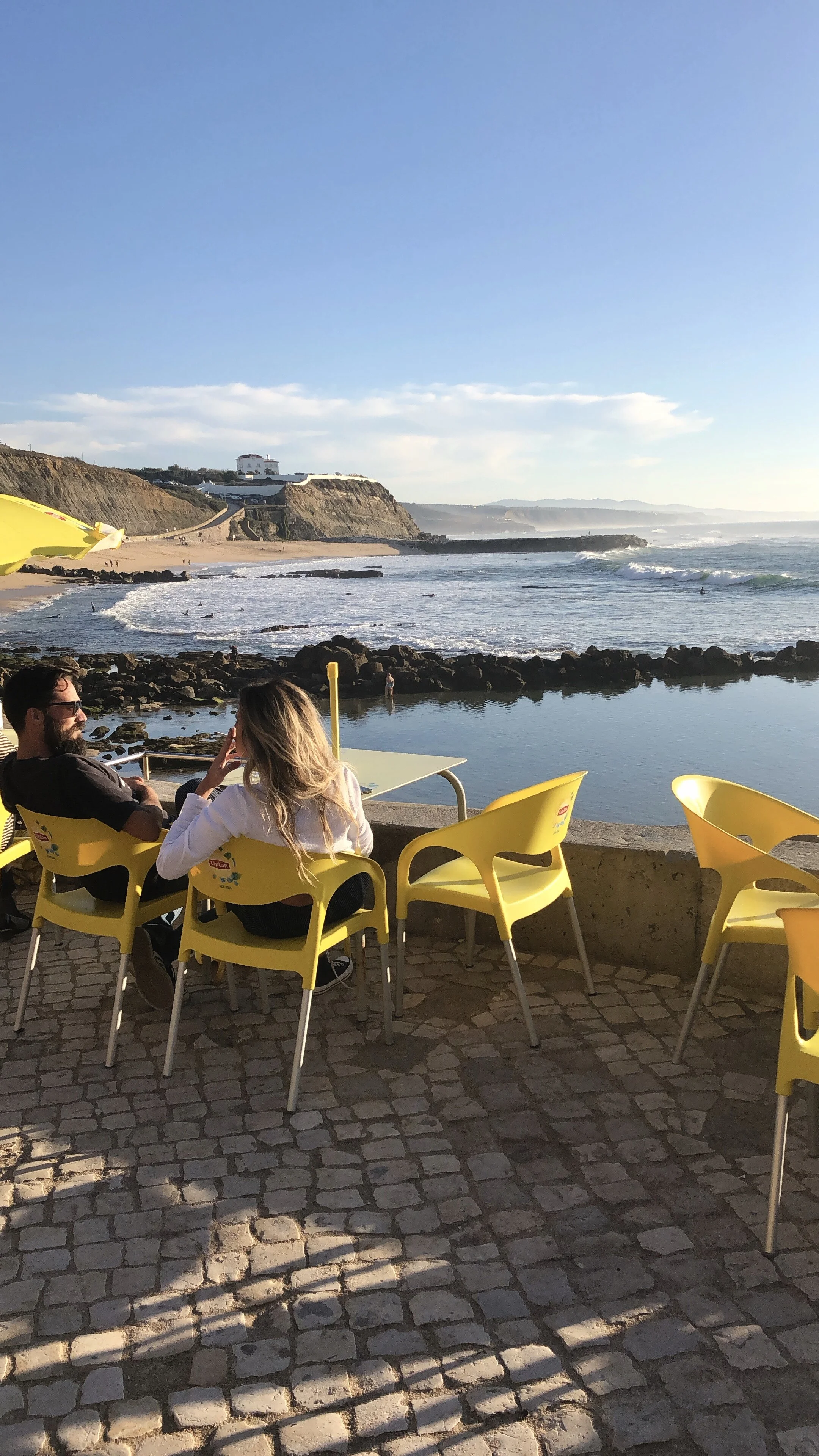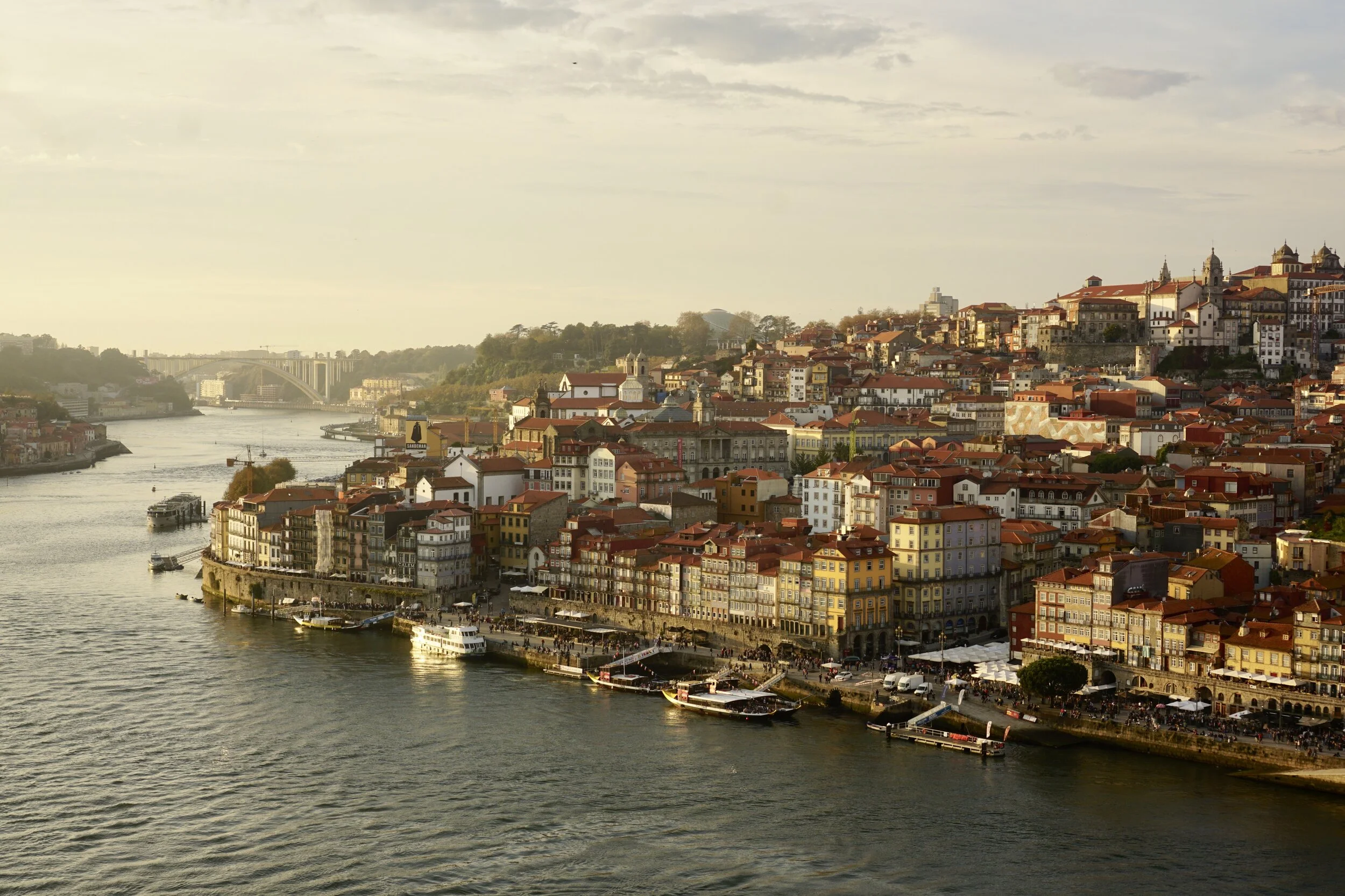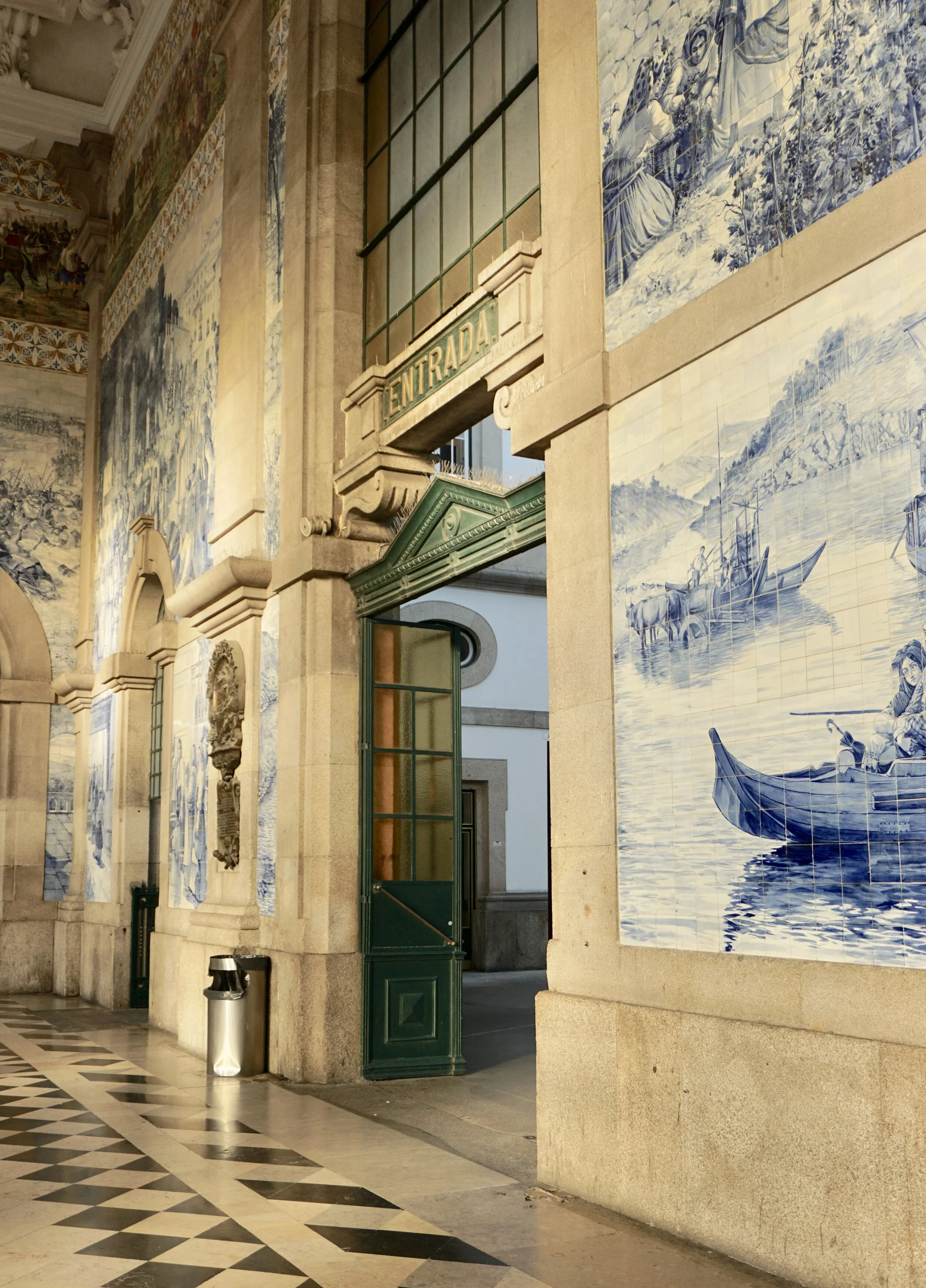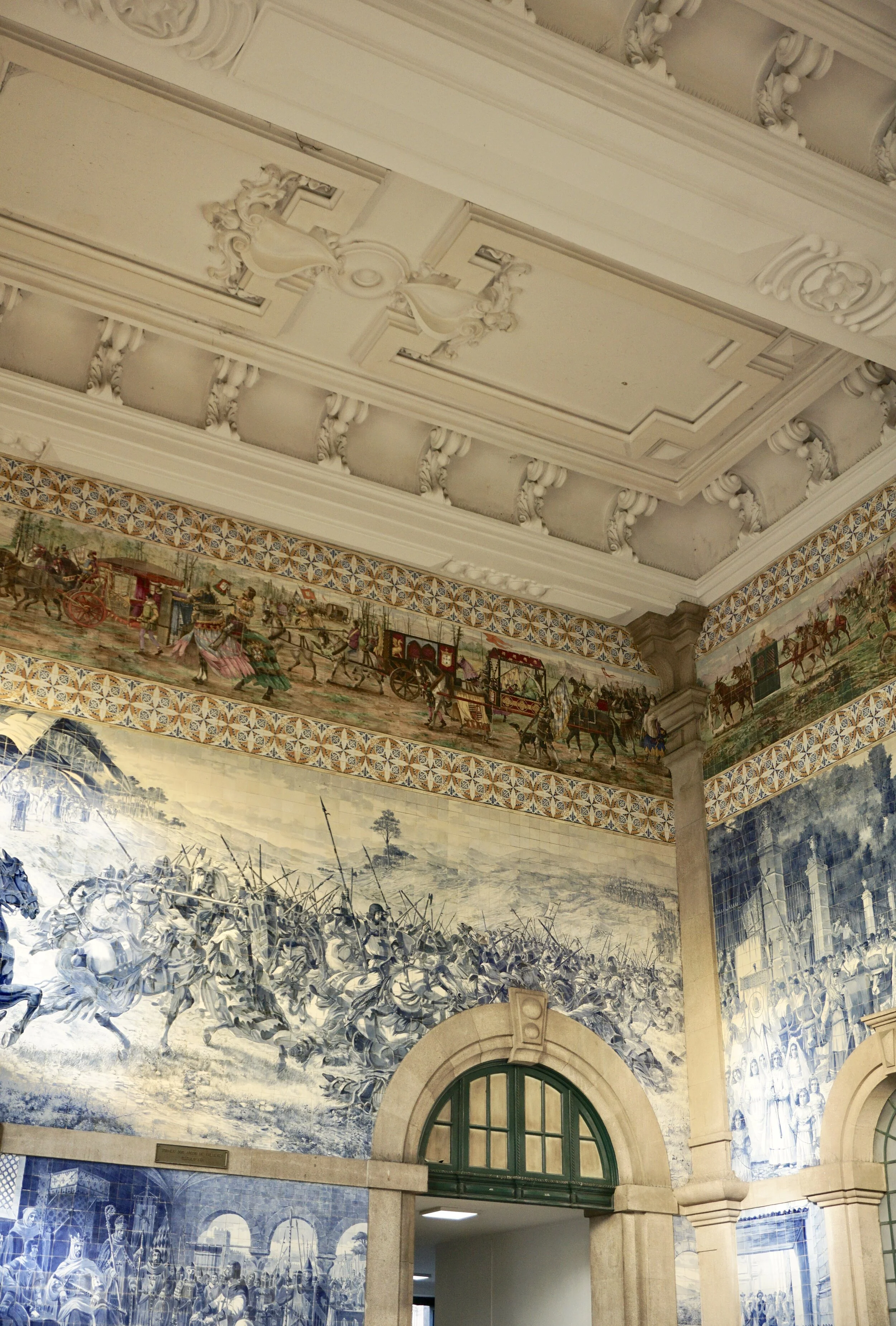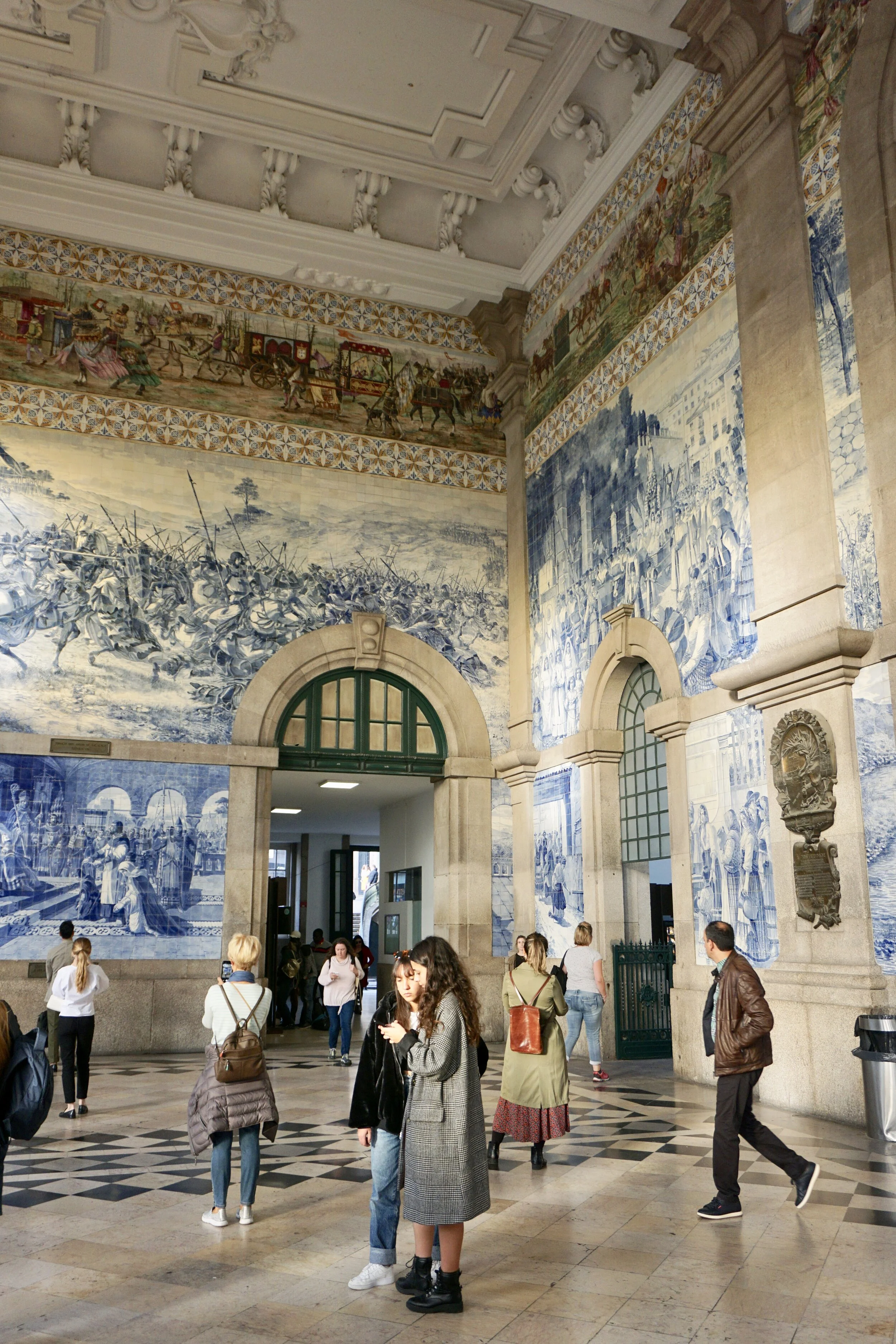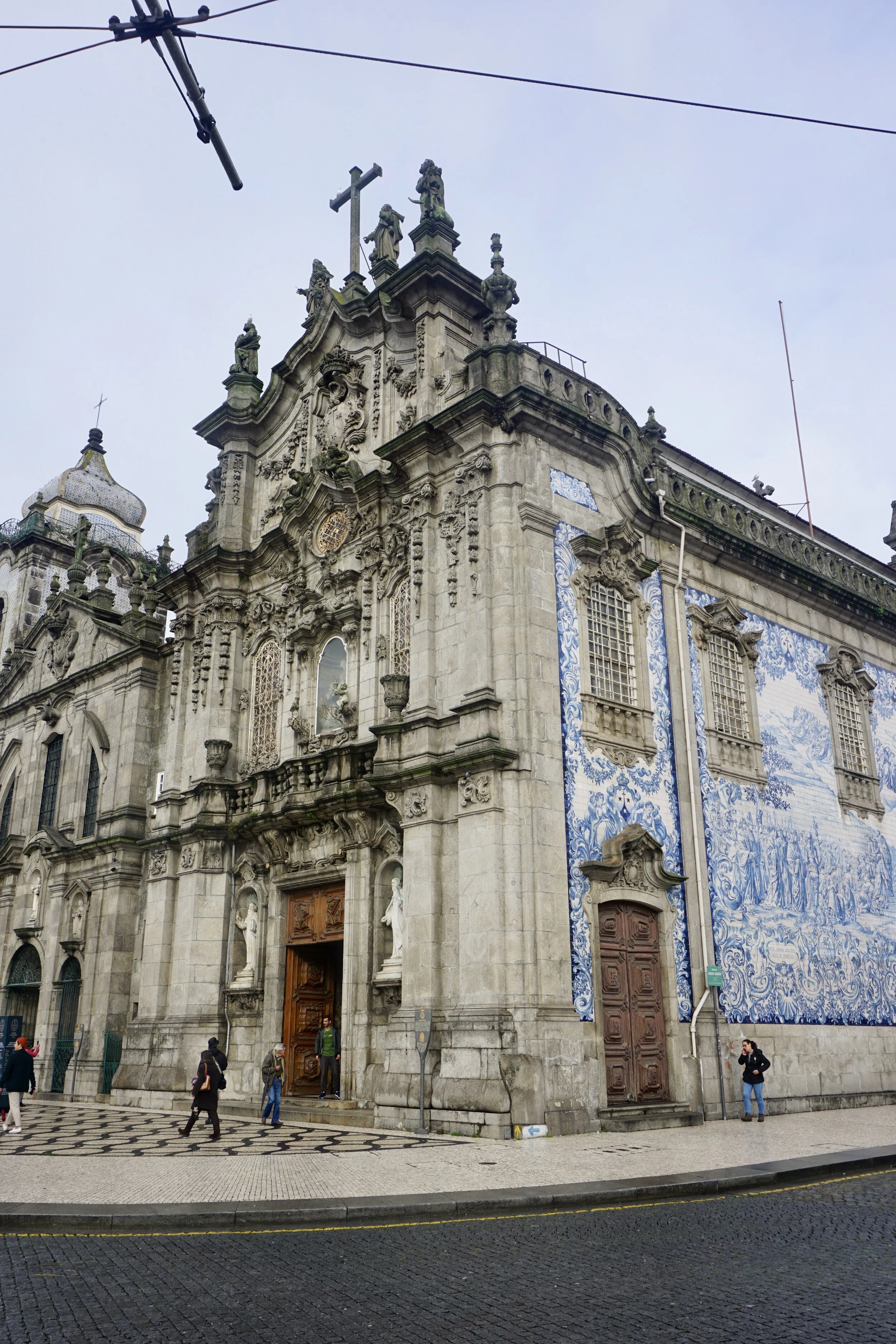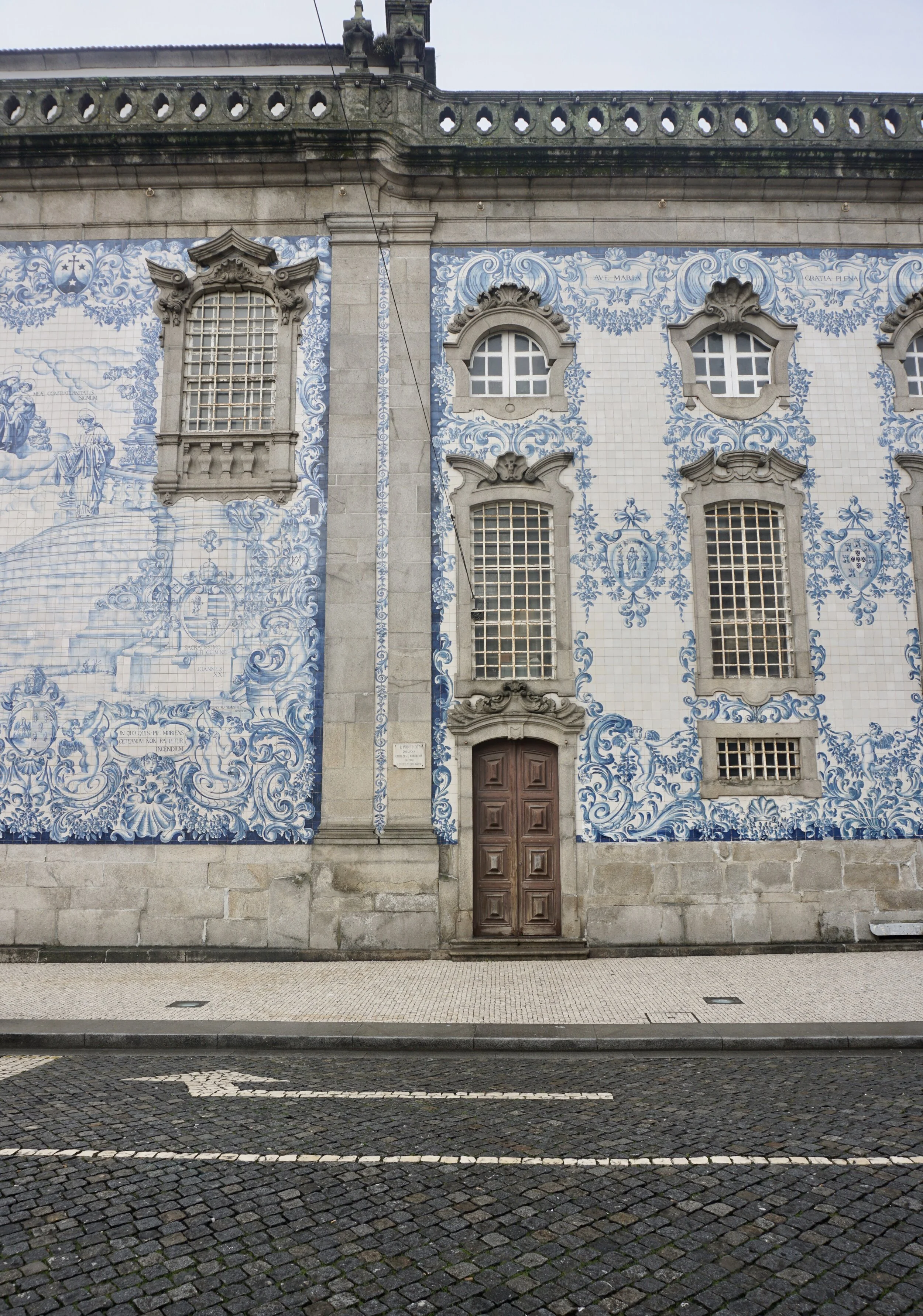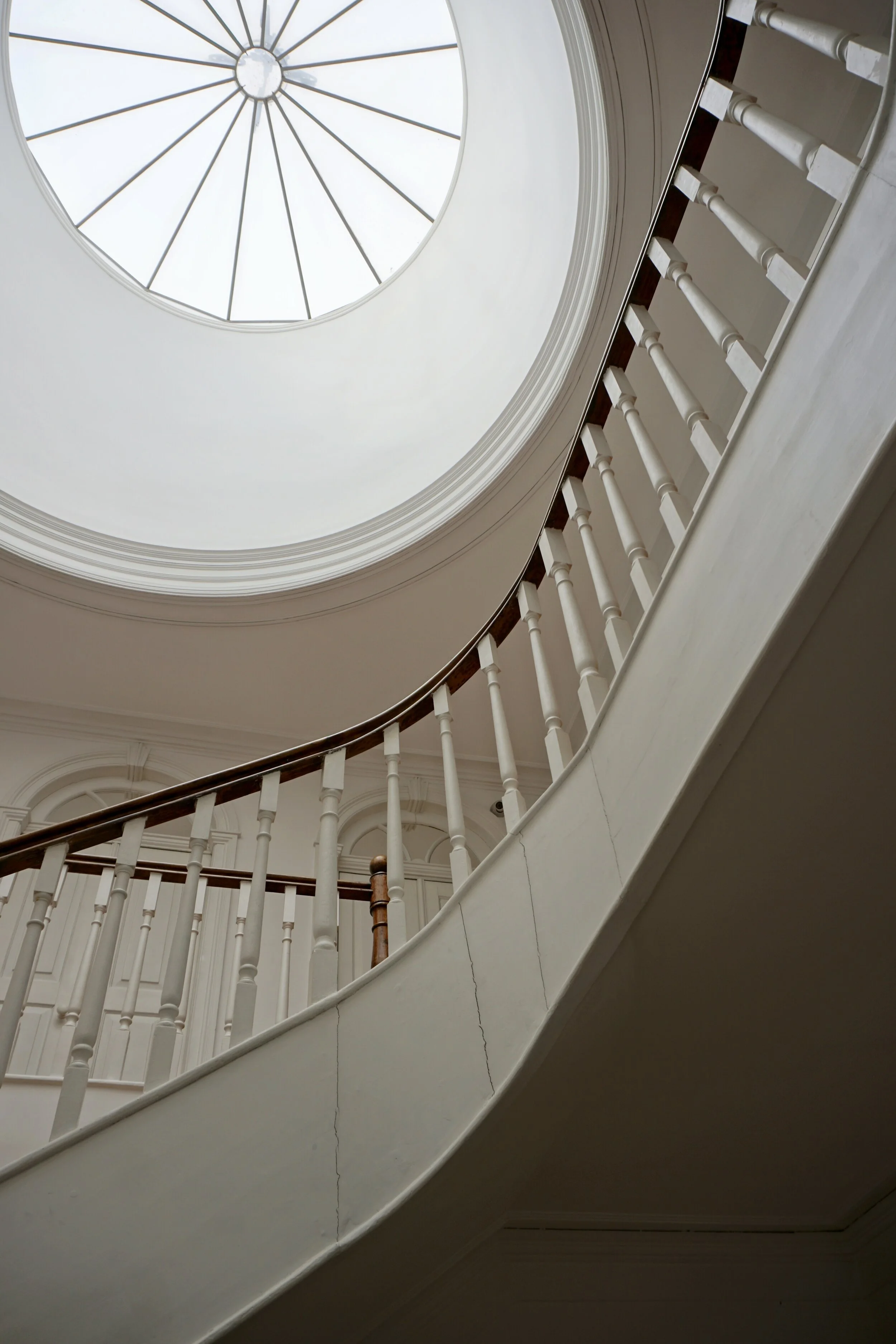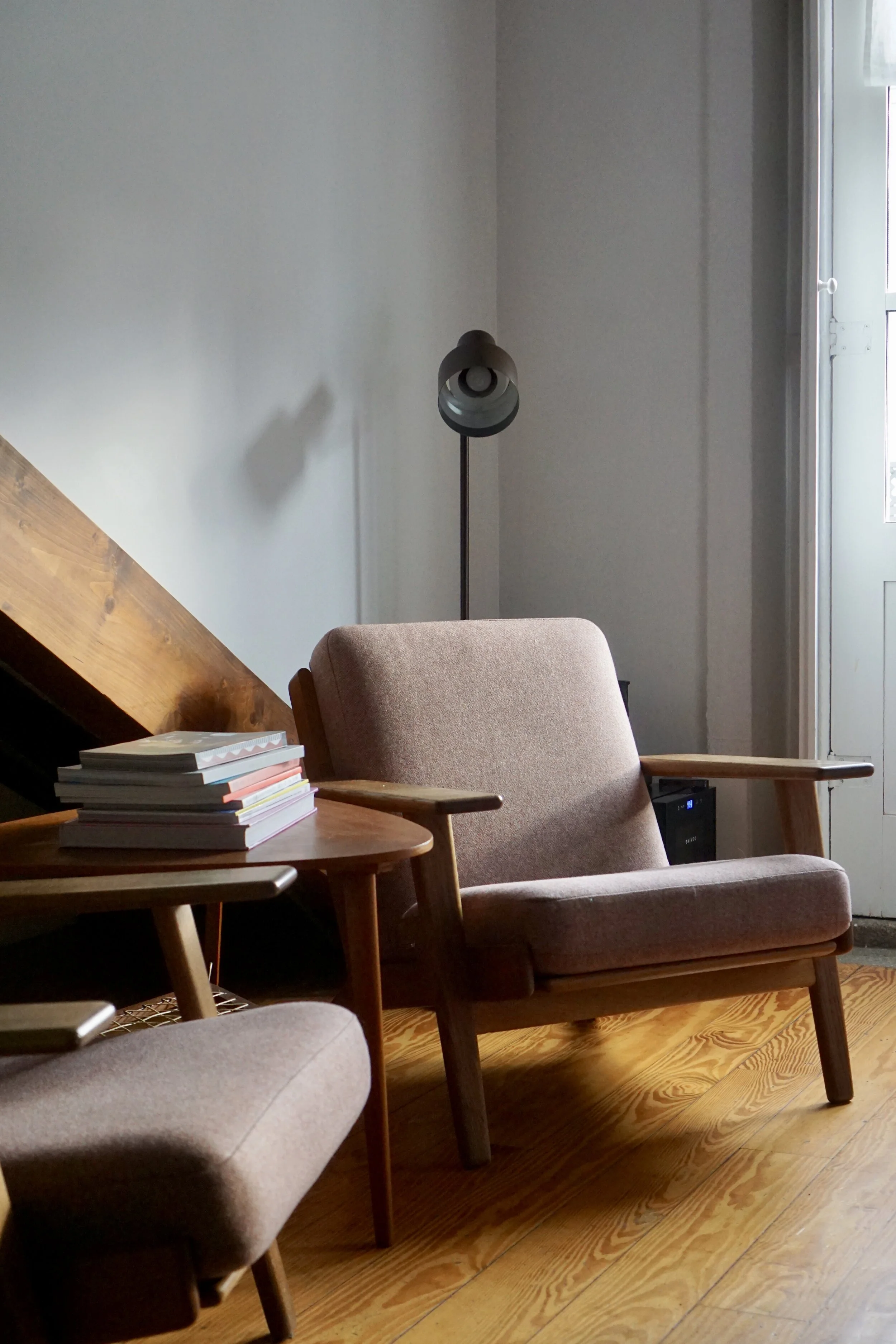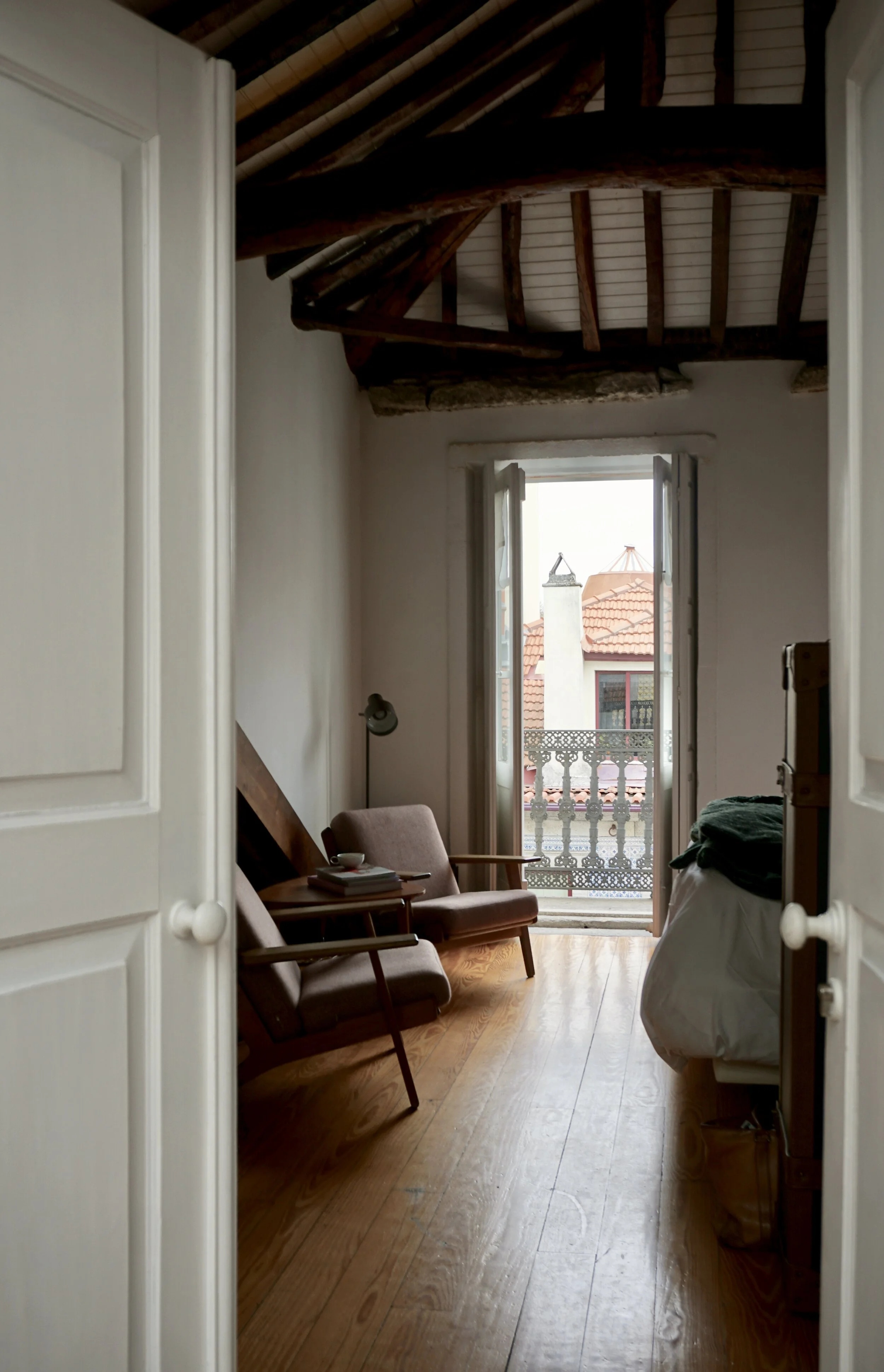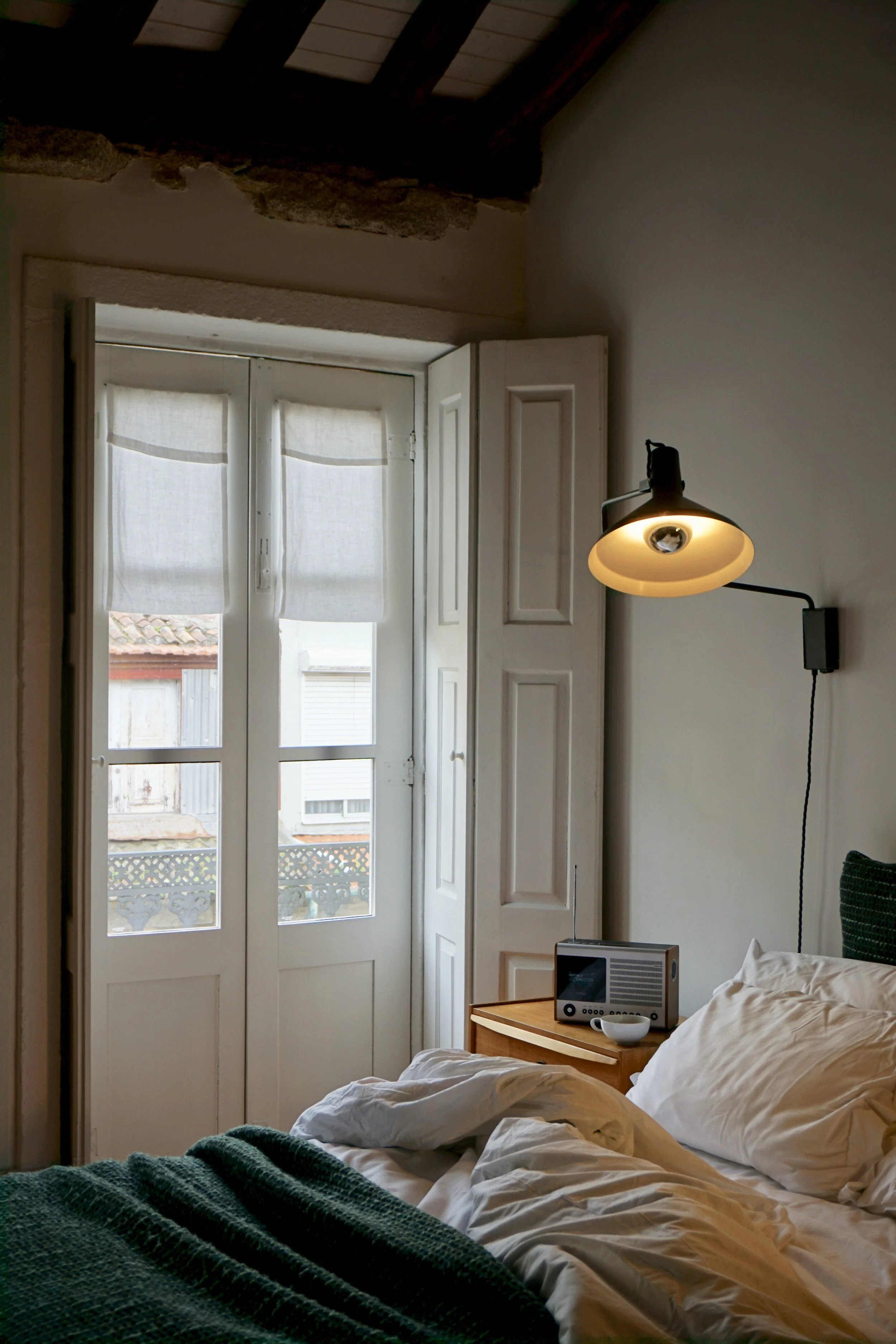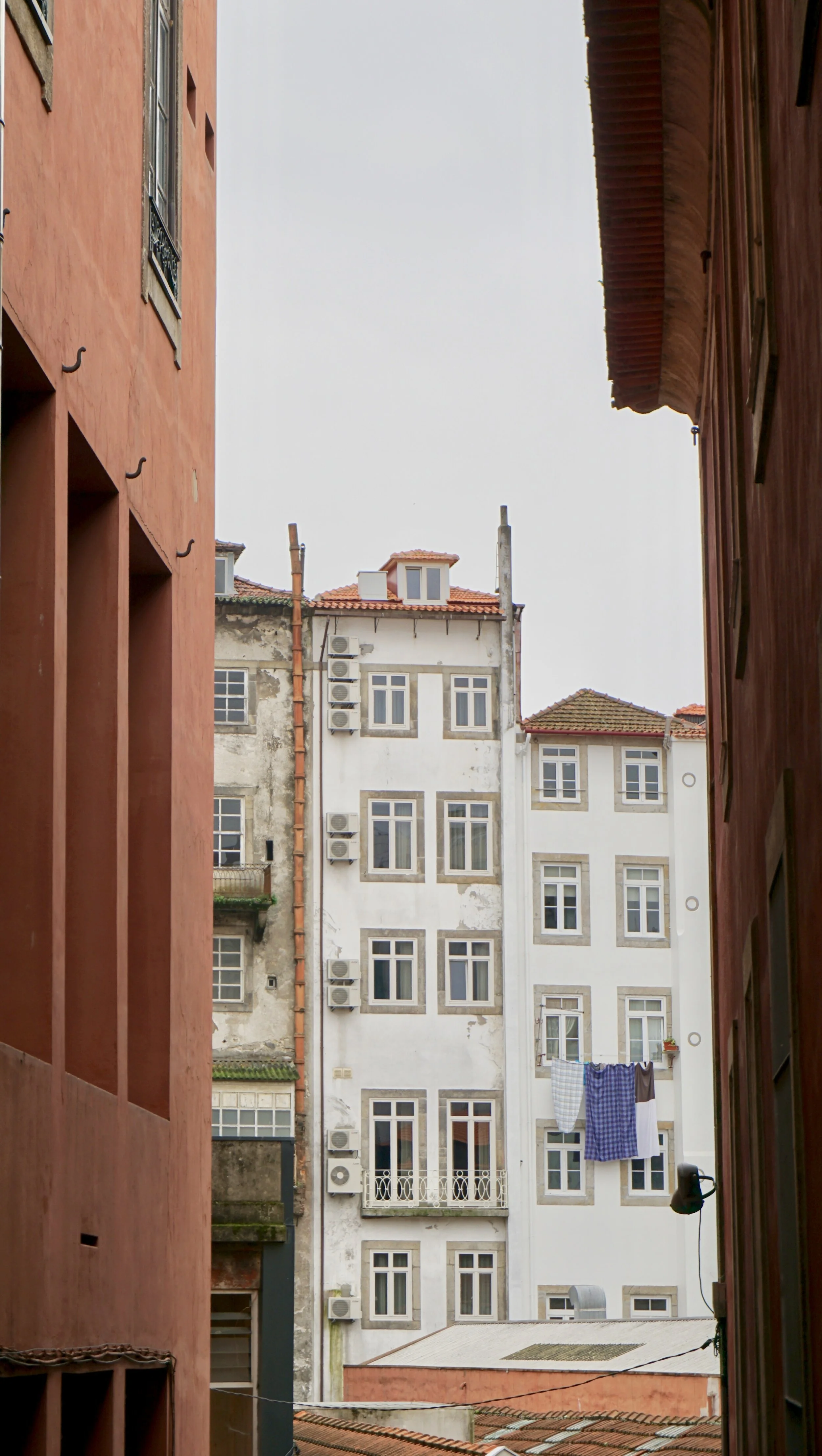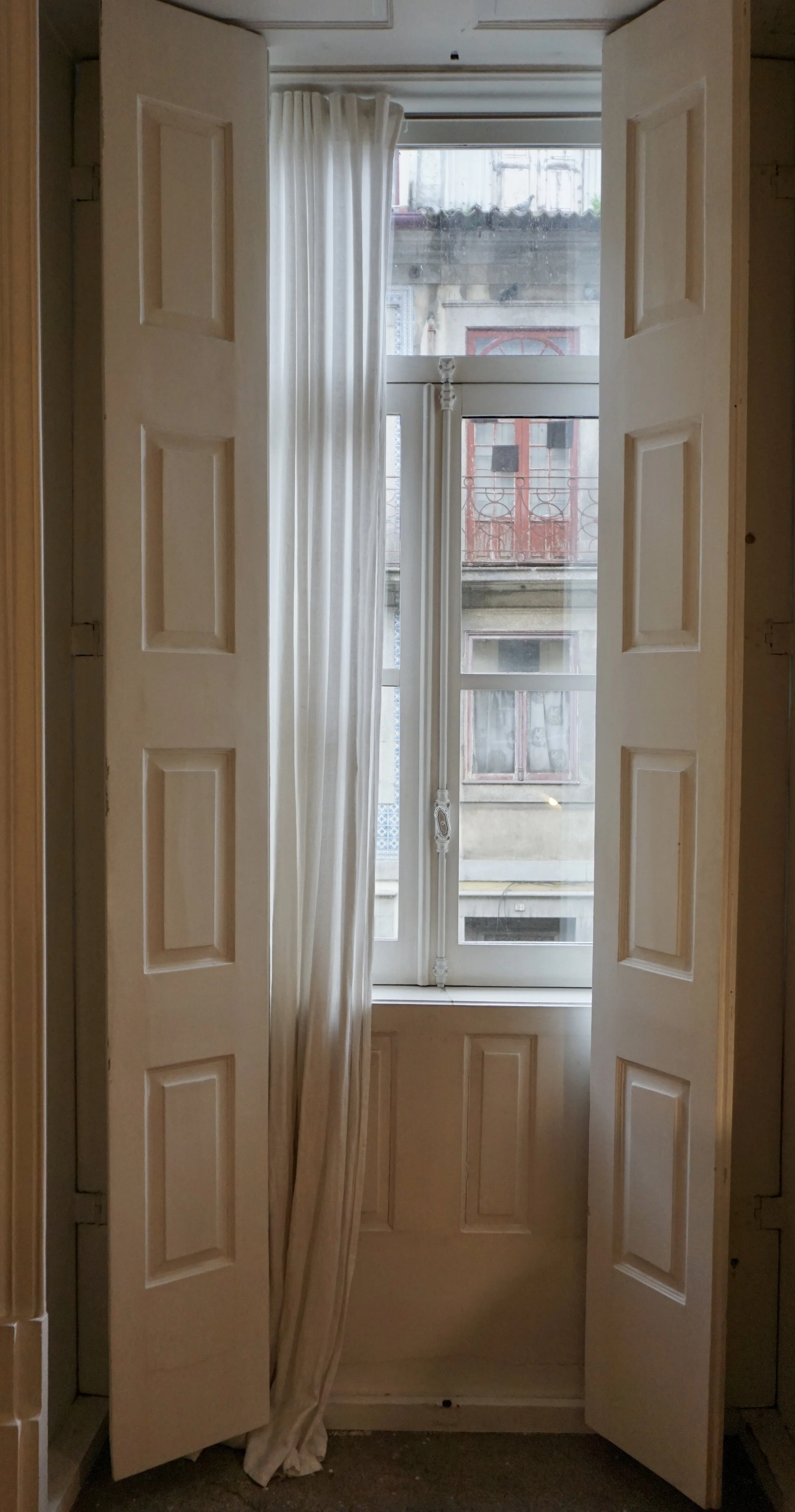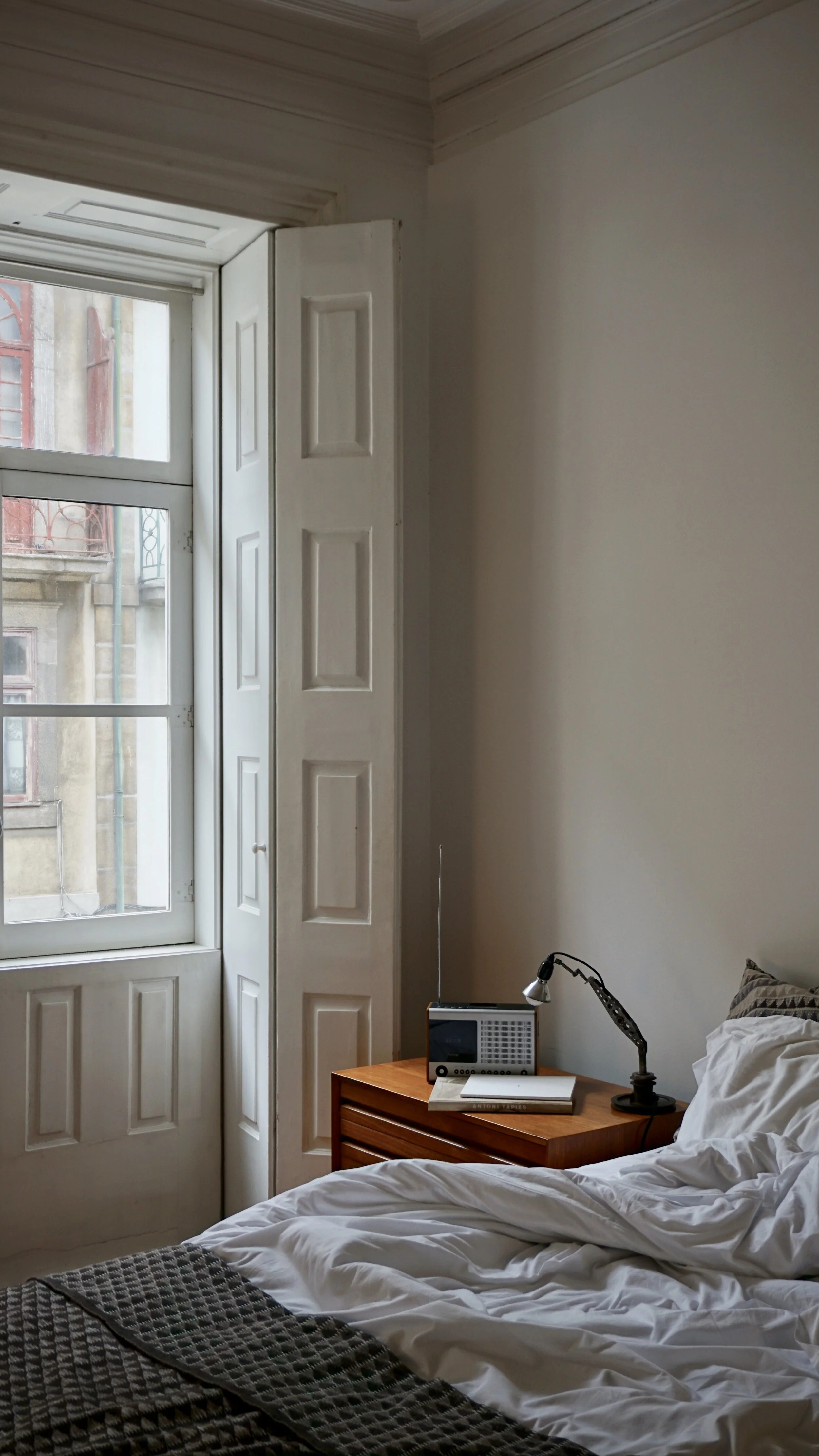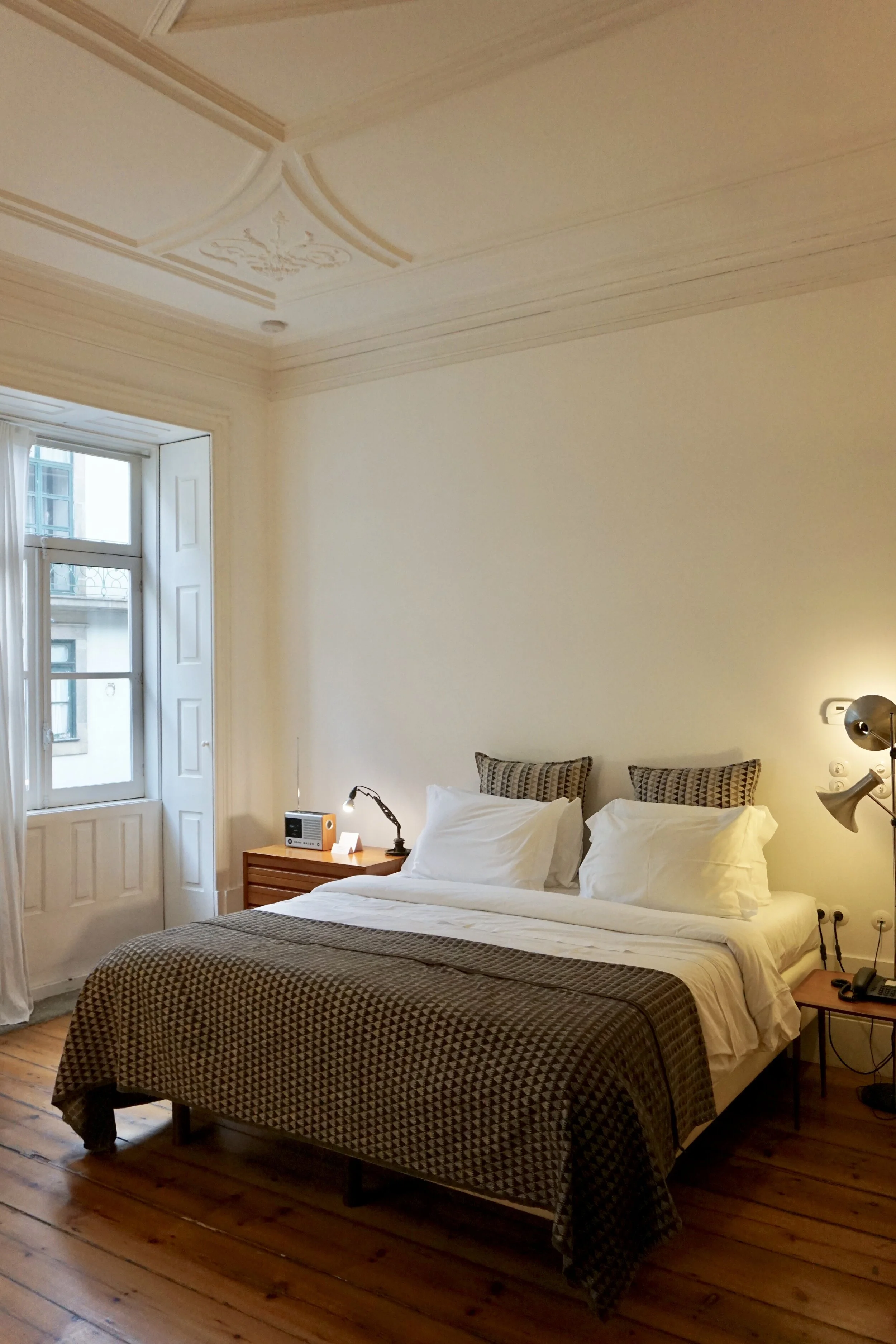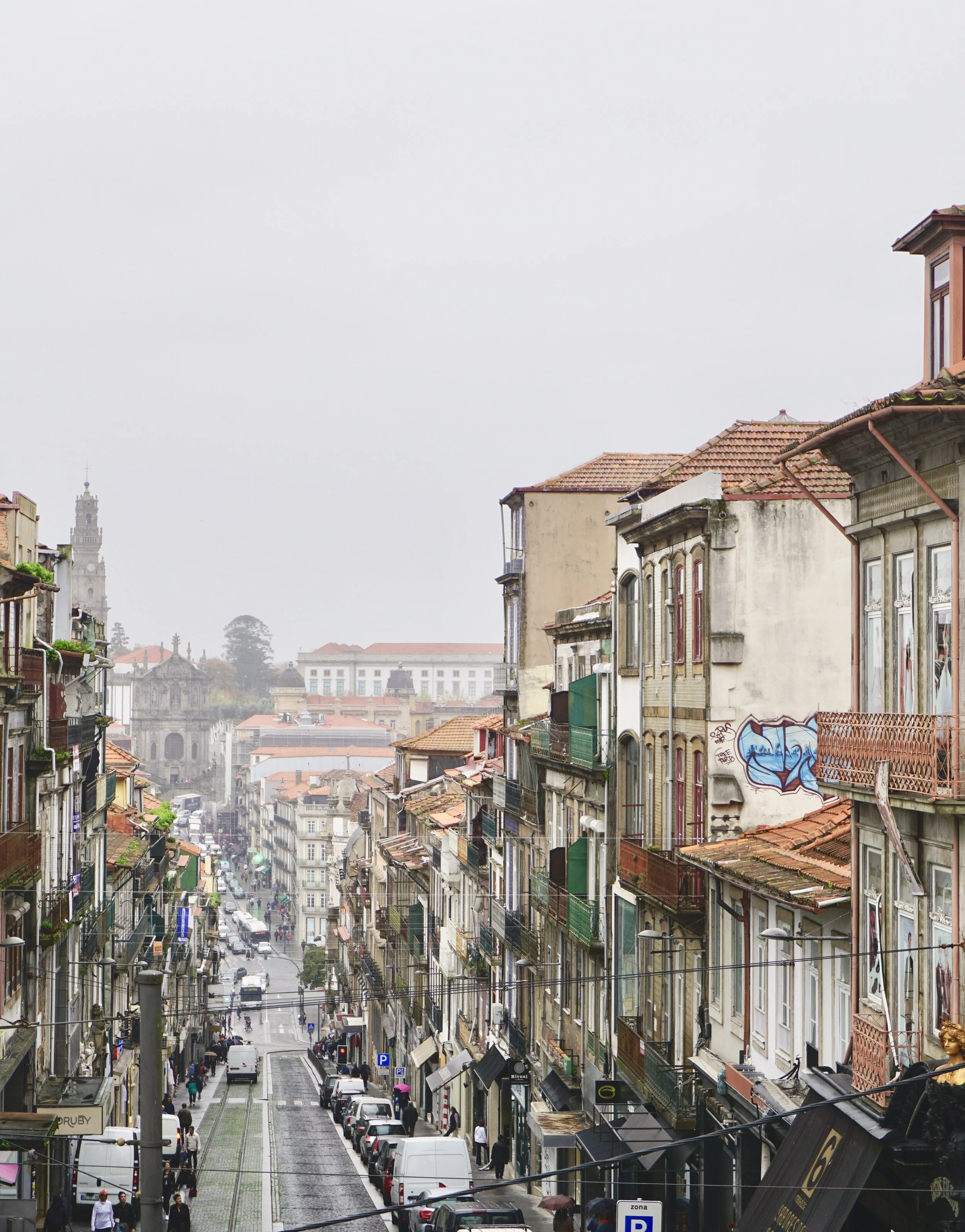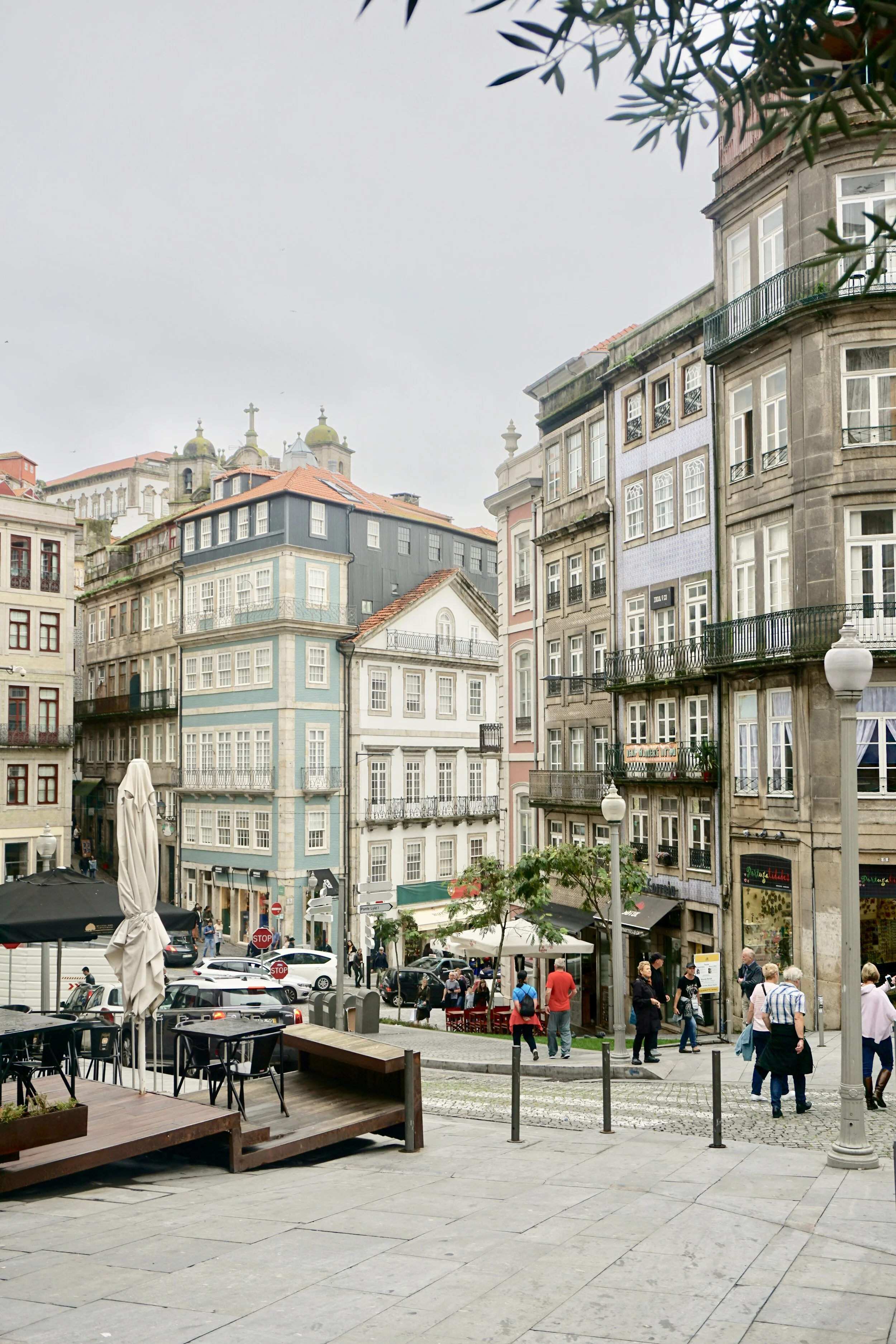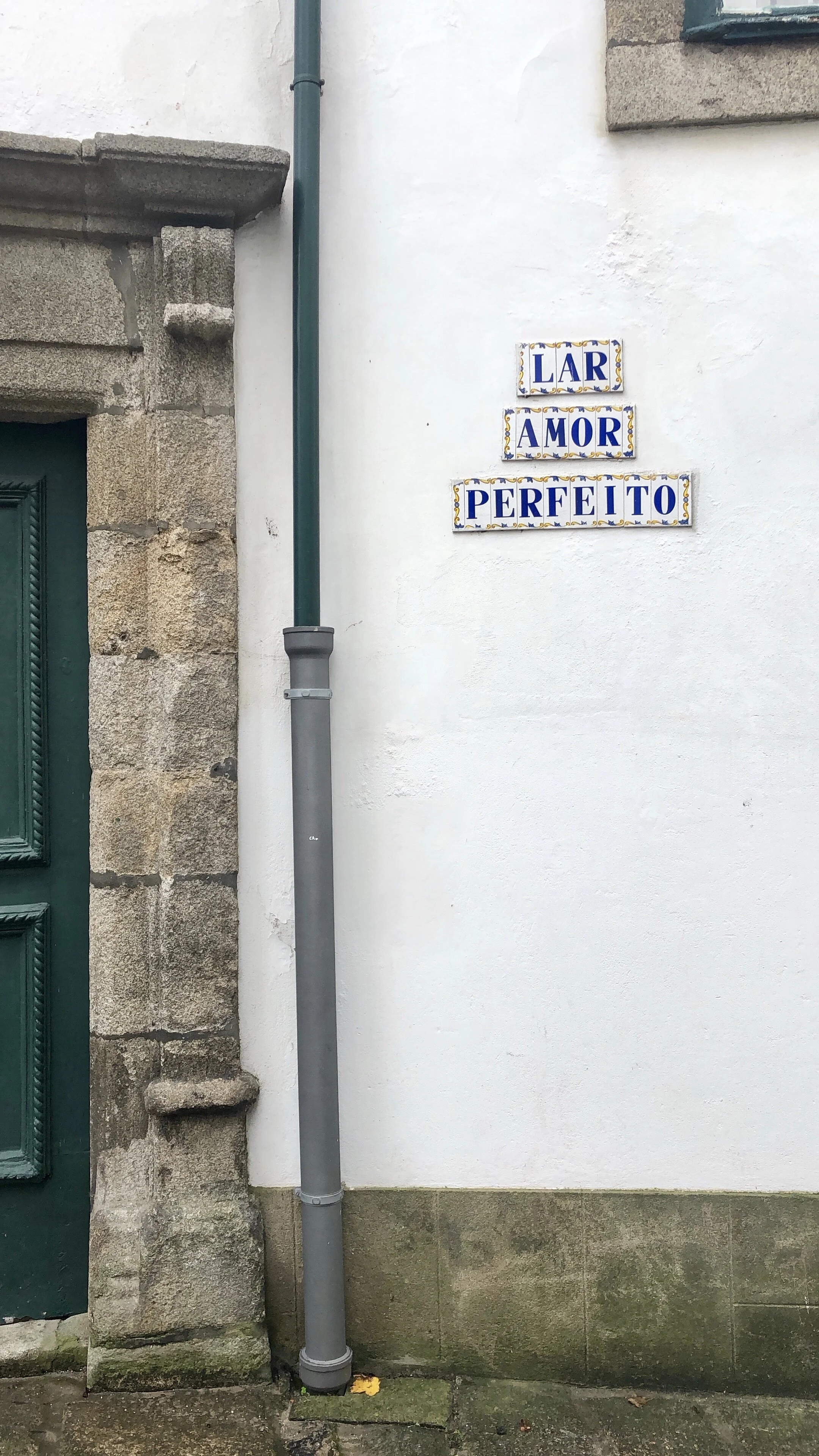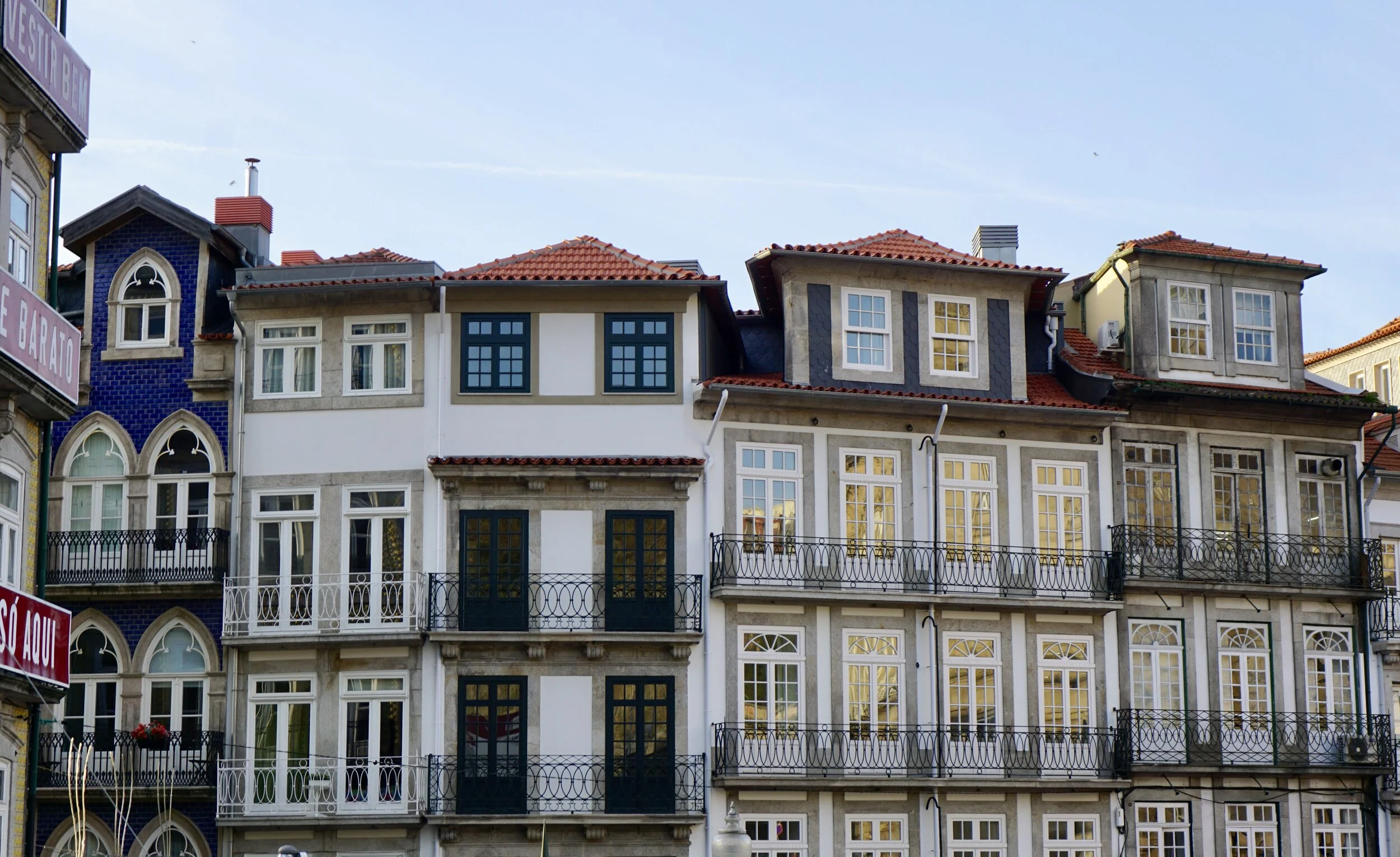Lagos
I watched Portugal from afar for years — its pristine coastlines, ancient tile-adorned cities, and promises of perpetual sunshine and warm hospitality lured me and the rest of the world in. I started in the south, catching the end of summertime in the Algarve, then headed north to Lisbon and Ericeira, and eventually Porto for the close of autumn.
morning coffee & a swim
My home in Lagos was Casa Mae: an abandoned estate by the sea that’s been transformed into a dream holiday casa. What struck me about Casa Mae is how authentically & thoughtfully Portugese its world is: the furniture, bath products, ceramics, art, and cafe offerings all originate from local artisans, craftsmen, farmers, and winemakers. Their approach to a slow, sustainable (and sunny) life, commitment to the local community, and investment in creative pursuits (offering a winter residency for artists) was a breath of fresh air. Casa Mae is situated in the old town of Lagos, enclosed by 16th century stone walls but steps from the most stunning limestone coastline. I spent my time wandering between Praia do Pinhão, Praia do Camilo, and Ponta da Piedade discovering hidden grottos, cliffs, and rock arches formed over centuries by winter storms, and taking late afternoon dips in the brilliant turquoise but freezing Atlantic sea. October is the dreamiest time to visit Lagos. Still plentiful sunshine and long days, but quiet, empty beaches. Couple that with the region’s vinho verde, the cataplana (fish stew) from Casinha do Petisco, the white-washed piazzas and cobblestone alleyways.. and you have a pretty heavenly place to land :)
Lisbon
City of Light
Lisbon is the closest Western European city to Maine. A mere 3,000 mile stone’s throw separates the two Atlantic coasts on a map. Lisbon represented to me the perfect place to settle into: a mecca of golden light with the elegance of Paris (without the price tag), the laidback cafe culture of a seaside town, a layout designed on a human scale, a medieval history that rivals Rome’s, and an immense pride in craftsmanship and tradition.
Lisbon sits atop seven hills overlooking the sea — where the glistening Tejo river meets the Atlantic. It’s hard to believe a devastating earthquake in 1755 flattened most of the city (and left 90,000 Lisboans dead). Today, Lisbon’s steep cobblestone alleys spill out into a rebuilt city: terracotta rooftops and miradouros (viewpoints) and Roman ruins. The Arabic roots here manifest themselves in Lisbon’s mosaic-paved sidewalks, olive oil products, and colorful azulejo (tile) covered facades that refer to an era when Moors occupied the city. And, oh, the light..! There’s an ethereal quality to the light in Lisbon — the sun reflects off the Tejo onto the white limestone buildings and sidewalks, creating a yellowish hue year-round and earning Lisbon the “City of Light” designation.
Hilly Neighborhoods & Rattling Trams
My first homebase in Lisbon was Outsite: a blue and white azulejo-covered coliving and coworking space designed for digital nomads. It was a perfect way to instantly build community and settle into a dedicated workspace. I later moved to my own place, a little attic studio, in Lapa — a quiet, residential neighborhood that sits atop one of Lisbon’s highest hills and is home to palaces and embassies, Rua da Bela Vista (whose name on the map struck me and did not disappoint), and the beautiful Estrela gardens.
Each of Lisbon’s neighborhoods has a distinct soulfulness about them, each with its share of crumbling facades and contemporary spaces and energy. There’s the elegant Chiado and Principe Real brimming with chic bars and shops, the bohemian streets of Cais do Sodre and Barrio Alto, and the magnificent piazzas between them all (like Praca do Comercio with its stunning 18th century arcades and mosaic cobblestones). And then there’s the labyrinthine that is Alfama. Lisbon’s “old salty sailor’s quarter” — the real soul of the city. In Alfama, the street is a continuation of the house… locals still might brush their teeth in the neighborhood fountain and gather in cafes as if it were their kitchen. The best place to take in Alfama and its sweeping views over the Rio Tejo is from São Jorge Castle or Miradouro de Santa Luzia. On the other side of Alfama sits the Moorish quarter of Mouraria, historically home to workers and outcasts and now the most multicultural community in Lisbon.
Miradouros & Quiosques
My favorite element of Lisbon. Sprinkled across its hilltops are miradouros, or viewpoints overlooking a sea of terracotta rooftops and the Rio Tejo. My particular favourites: Miradouro de Santa Luzia, Miradouro des Santa Catarina, and Miradouro de Sao Pedro. Often accompanying these miradouros are quiosques — open-air garden pavilions that serve drinks and snacks and the local paper at all hours. These quiosques have been around since the 19th century and embody the European spirit of community spaces and taking a coffee or glass of wine alfresco.
Bica & Bacalhao
This is a controversial statement but I stand by it: the best coffee, olive oil, bread, salami, and cheese I’ve ever had has been in Portugal. On coffee: a bica is a Portugese version of an espresso (a bit smoother than its Italian counterpart) and is a morning and afternoon staple. Outside the quirky open-air quiosques, my favorite spots for a break were Café Boavida, Hello Kristof (dedicated entirely to coffee and magazines), Prado Mercearia, and, for an earl grey tea made with bergamot from Alentejo: Companhia Portugueza do Chá. The best and only accompaniment to a tea or coffee is a pastel de nata: Portugal’s iconic pastry filled with custard and sprinkled with cinnamon.
Portugal is a mecca for incredible seafood, smoked meats, baked bread, olive oils, and pastries. But here’s a secret: the very best of it all is found in beloved family-run tascas: simple, inexpensive, and probably not listed in any guide book (and therefore filled with locals). Order the pratos do dia, and you’ll end up with a plate of meat and sausages with boiled potatoes and cabbages, or a classic bacalhao dish (salted cod). If you dine at one establishment in Lisbon, let it be Ramiro: this 3-floor casual seafood and beer restaurant has been an institution since the 1950s. Show up mid-afternoon to avoid a wait. I also fell in love with Rua das Flores (cash-only) in Chiado, Água pela Barba, A Cevicheria, Santa Bica, A Provinciana, and Zé da Mouraria. And nothing beats standing at the bar for a braised pork sandwich at Casa das Bifanas.
Museu Nacional do Azulejo
Perhaps the most iconic way to see the city is via one of Lisbon’s vintage trams in operation since the early 1900s. Hop on the #28 at sunrise and watch the city wake up between Campo Ourique and Martim Moniz, the heart of Alfama. (Or take it at golden hour and land on the terrace at Memmo, even if you’re not a hotel guest… just ask nicely :) The MAAT and Carmo Archaeological Museum are equally compelling destinations. But what struck me most about Portugal was the pride in Portuguese tradition and craftsmanship — as it applies to architecture, olive oils, art, cooking, or hospitality. To appreciate the tilework across Portugal, spend an afternoon at Museu Nacional do Azulejo, housed in a 16th century convent.
A Cevicheria
Portuguese craftsmanship
Casa das Velas Loreto, the the oldest candle shop in the world
Claus Porto, luxury vintage soaps
Embaixada, a collection of independent shops in a 19th century palace
LX Factory, a creative hub with shops, bookstores, galleries, food
A Vida Portuguesa for housewares
Solar Antiques for antique tiles
Mercearia Poço dos Negros for tinned fish, wines, and oils
Under the Cover for a curated selection of international magazines
sintra
Ah, Sintra. A one-hour train ride from Lisbon, but a world away in its fairytale setting. Sintra is a beautiful little town in the foothills of the Sintra Mountains, the “Portugese Riviera”. Once a playground for 18th century Portuguese royalty, the area is dotted with magnificent palaces, villas, and castles enveloped by enchanted forests. I’d have liked to spend a week in Sintra, but was only able to devote a day to Pena Palace and getting lost in its surrounding Parque de Pena (designed by King Fernando II as a maze of romantic paths to “enthrall his guests”.) Pena Palace is considered a masterpiece of Portuguese romanticism and is outrageously flamboyant with its bright yellow, purple, pink and red terraces, ornate carvings, gothic spires, and painted tiles. A fantasy-land (especially when you factor in a package of Queijadas da Sapa pastries).
ERICEIRA
A dreamy city escape to the white-washed surfing & fishing village of Ericeira. Sandstone cliffs, winding
beach paths, platters of olives and cheeses, glasses of local wine, home to Portugal’s national surfing championships.
Sunrises at Praia da Ribeira d’Ilhaus and sunsets at 7 Praias da Baleia and Mar das Latas.
PORTO
From Portuguese, “Duoro” (d'ouro) translates to "river of gold." Taking in sunset views from the top deck of the Ponte D. Luís bridge, it’s easy to see why… this river, center to the historic port wine trades in the 1600s, reflects golden hues off the tiled, jumbled old townhouses of the Riberia. The town of Gaia lies on the south side of the river from Porto, its waterfront packed with 18th century port wine lodges. (Sweet port wine grapes survive extreme conditions — enduring freezing winters and minimal water or soil; its story of hardship somehow makes port even more delicious.)
While Lisbon’s old town reflects soft pastels with its white limestone and bright tilework, Old Porto’s dark cobbled laneways are mostly made of solemn gray granite. When you layer in the city’s baroque churches, crumbling ancient walls, medieval streets, giant piazzas, and dreary weather, it builds a shabby-romantic allure..
The train from Lisbon dropped me at San Bento train station in a state of downright awe. The 20th century station is Porto’s most exquisite display of 20,000+ ceramic tiles, depicting Portuguese landscapes, battles and transportation history.
SAO BENTO TRAIN STATION
Igreja do Carmo
rosa et al
My homebase in Porto was the beloved ancient townhouse Rosa et Al in the Cedofeita arts district. It was a tiny world of luxury that perfectly offset Porto’s cold and gray October mood. Rosa et Al’s next door concept shop and coffee shop, Early, became daily drop-ins during my stay. For a more grandiose cafe experience, I treated myself at Majestic: one of the most beautiful cafes in the world (and an inspiration for J.K. Rowling when she lived and taught in Porto!). Formerly the gathering place of the city’s elite, the cafe maintains its glamour of the 20s with ornate wooden-carved vintage mirrors and dangling chandeliers.
I otherwise spent my time in Porto wandering its labyrinth of stone paths, in and out of its blue and white azulejo-paneled churches (like the Igreja do Carmo, Capela das Almas / “Chapel of Souls”, and Igreja de Santo Ildefonso), and through the Palácio de Cristal botanical gardens. I discovered a few treasures to bring home at Mercado Loft, Loja da Burel, and O! Galeria (an incredible print collection), ate very well at Mercearia Flores, Cantinho do Avillez, and Taberna Aduela, and indulged in more than one Francesinha —Porto’s original sandwich filled with ham, linguiça, steak, and covered with melted cheese and a spiced tomato/beer sauce.
